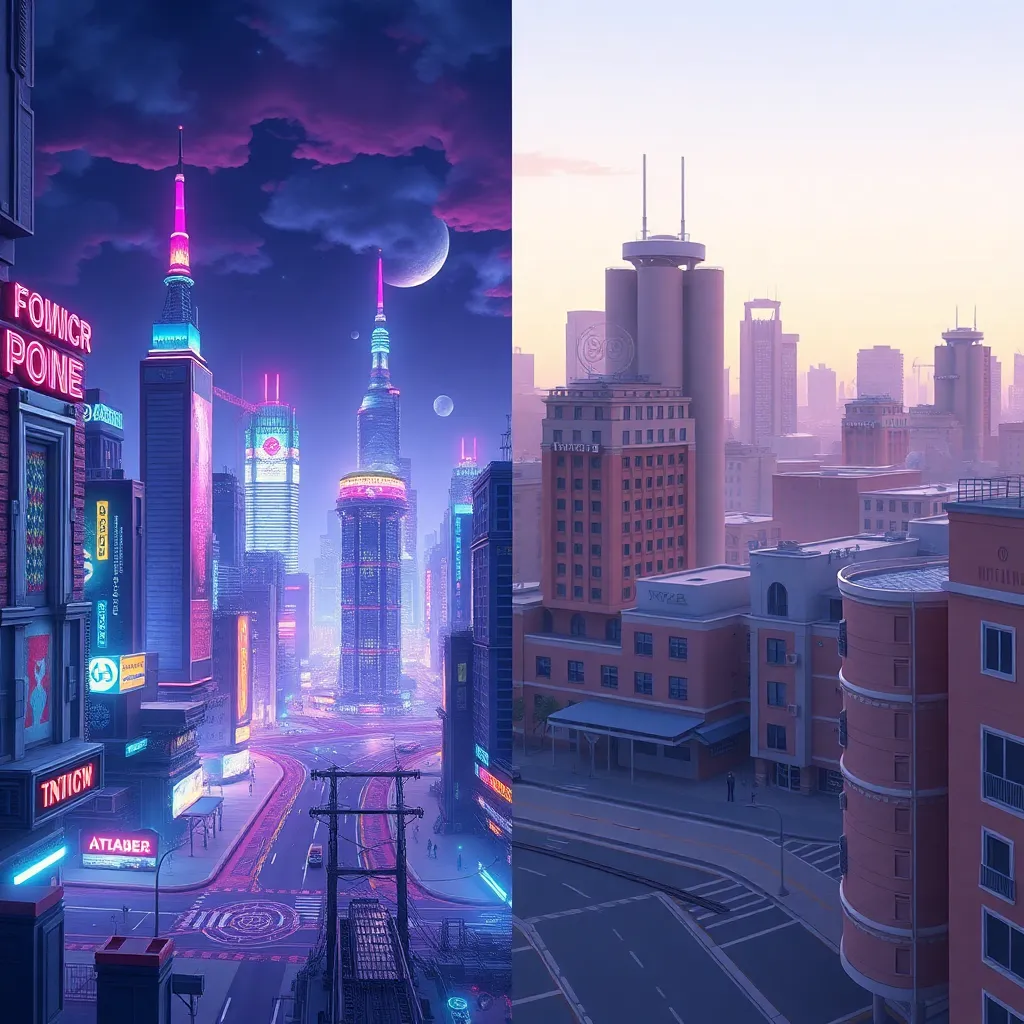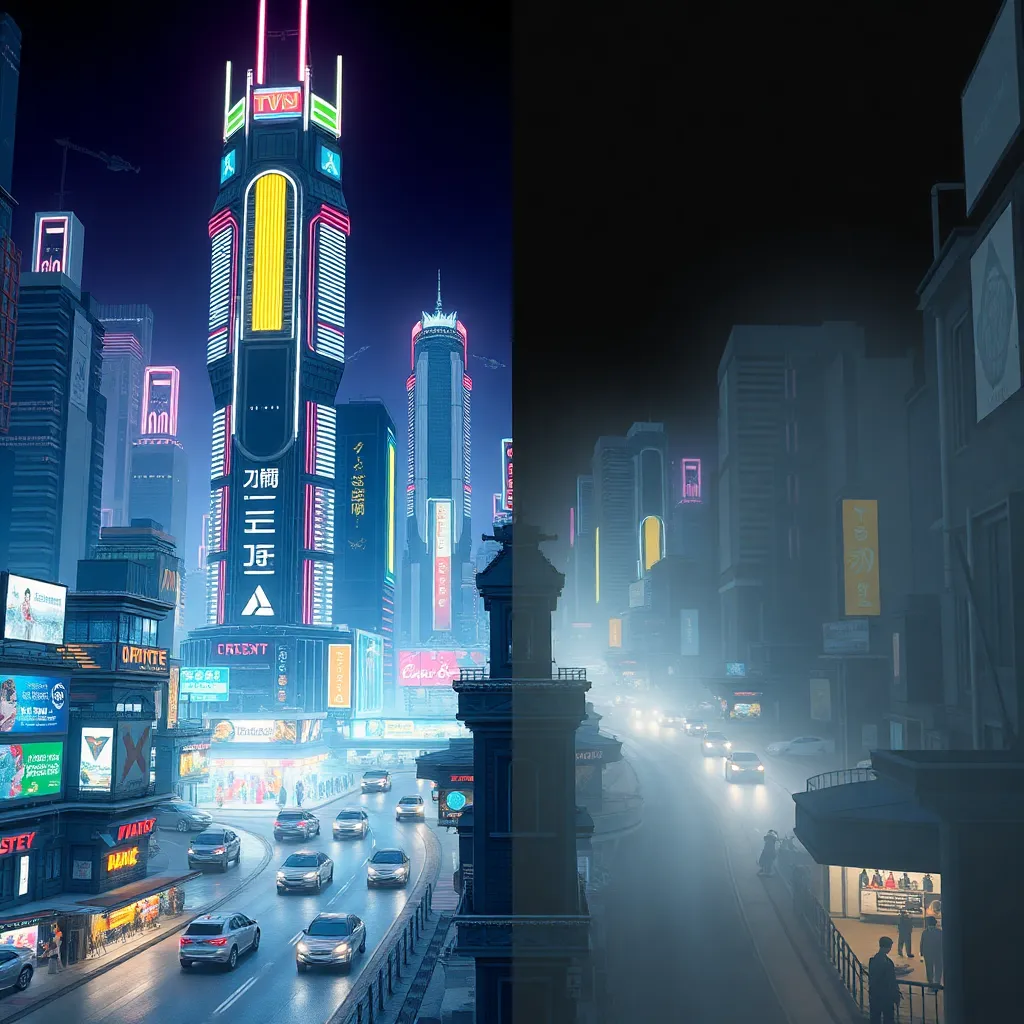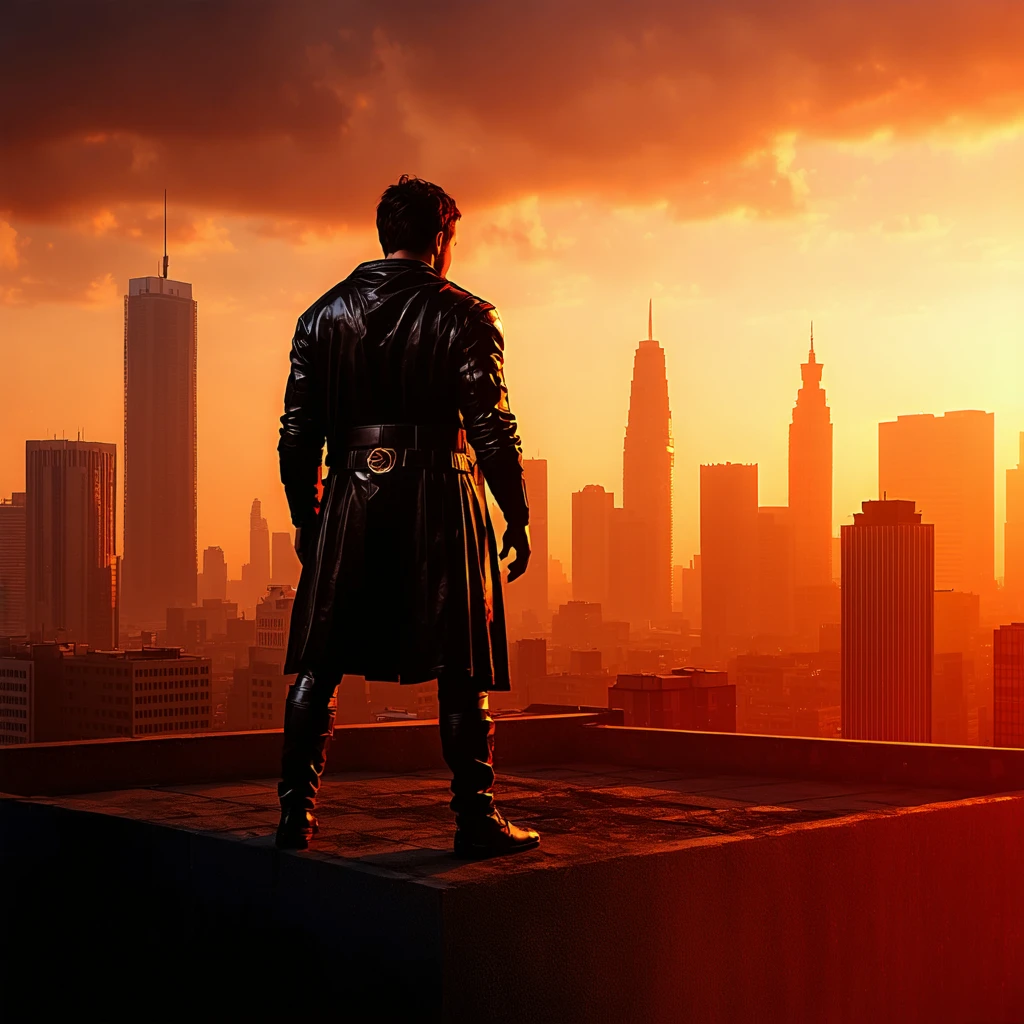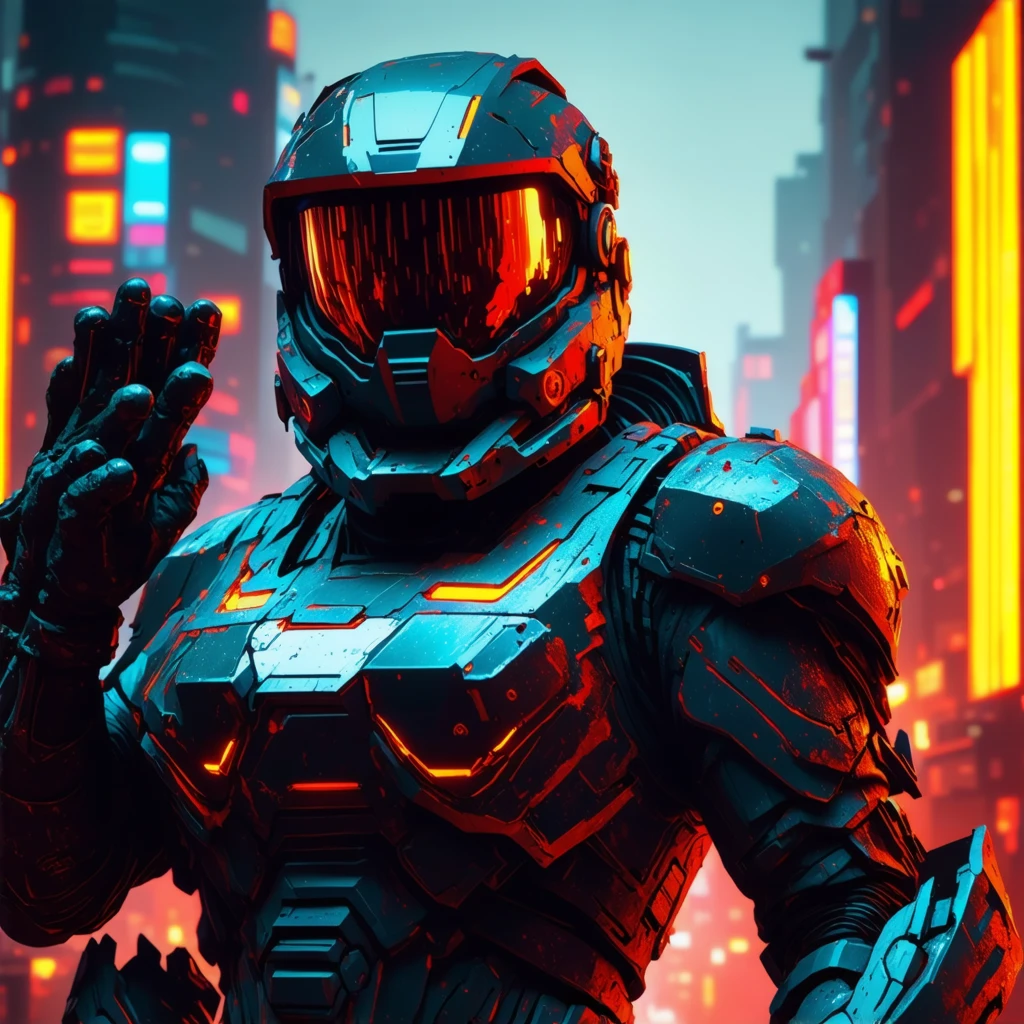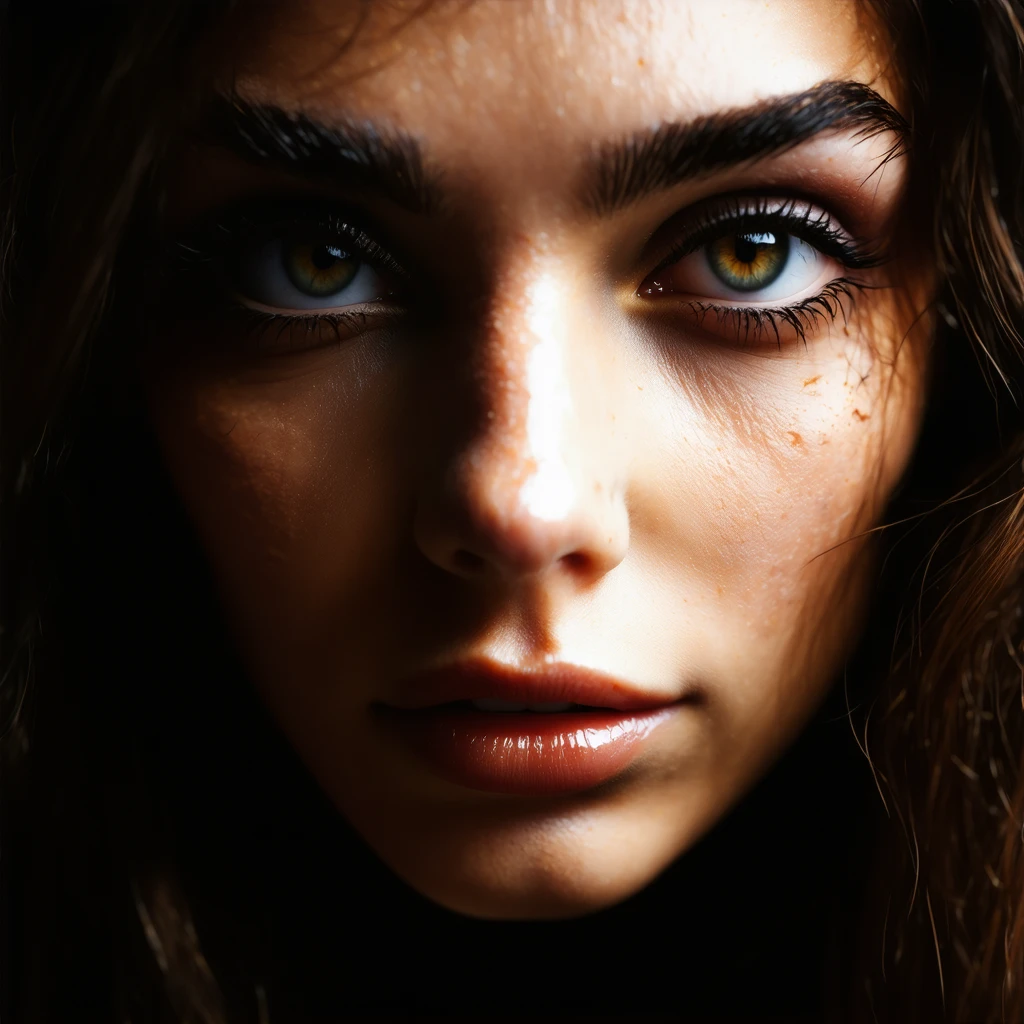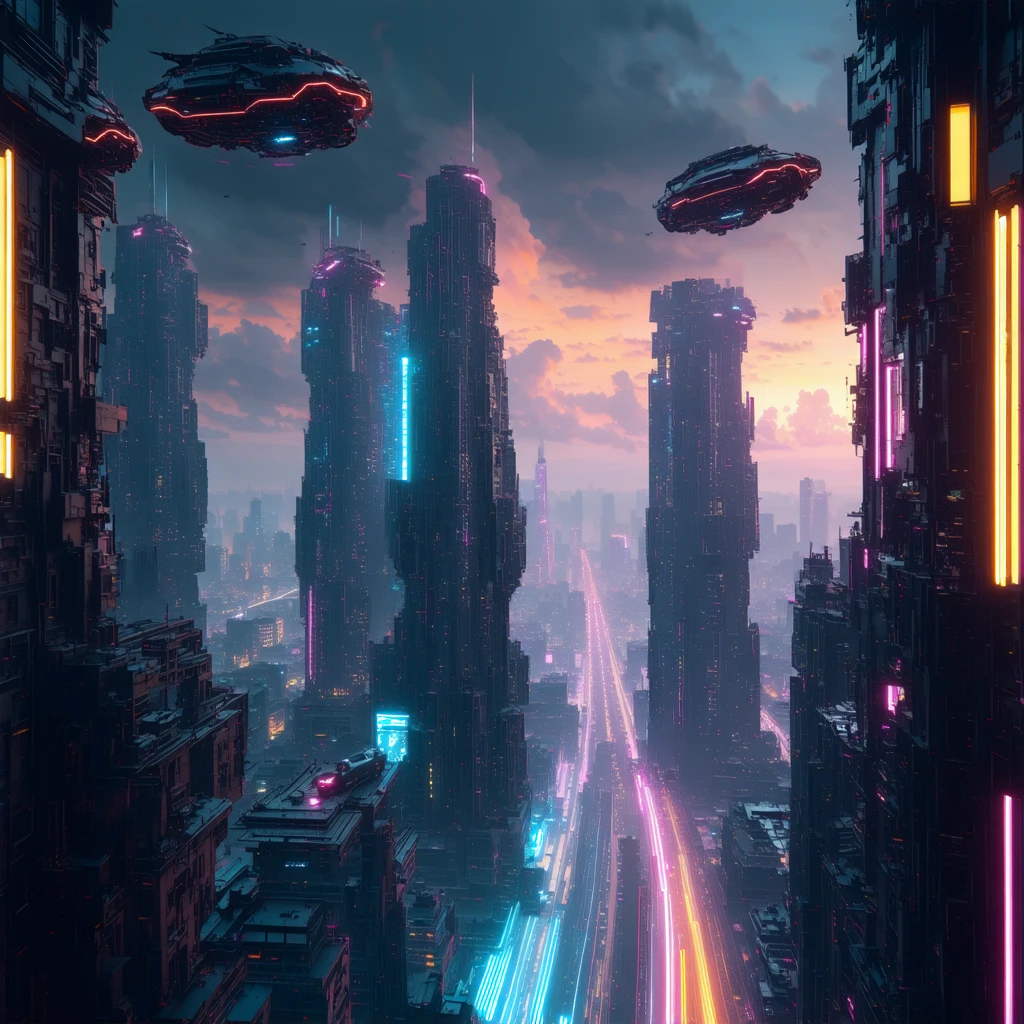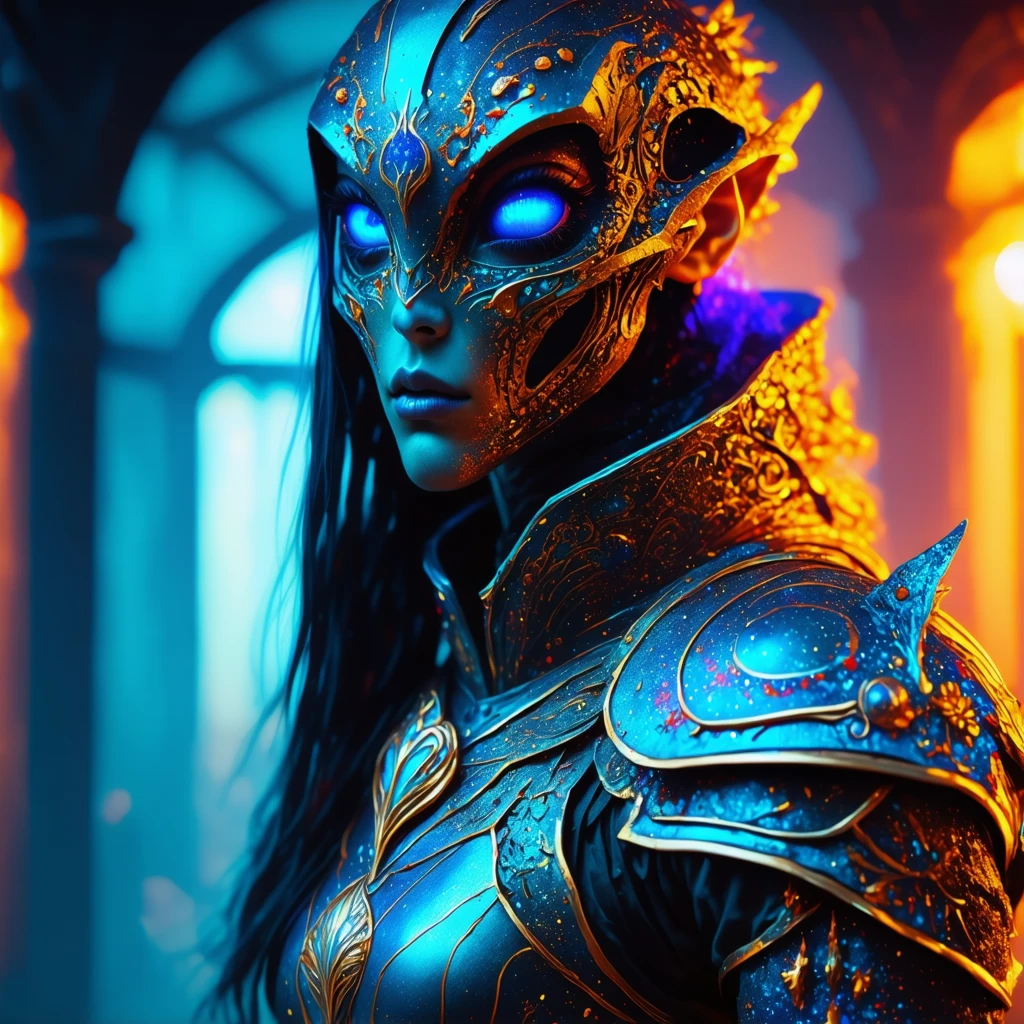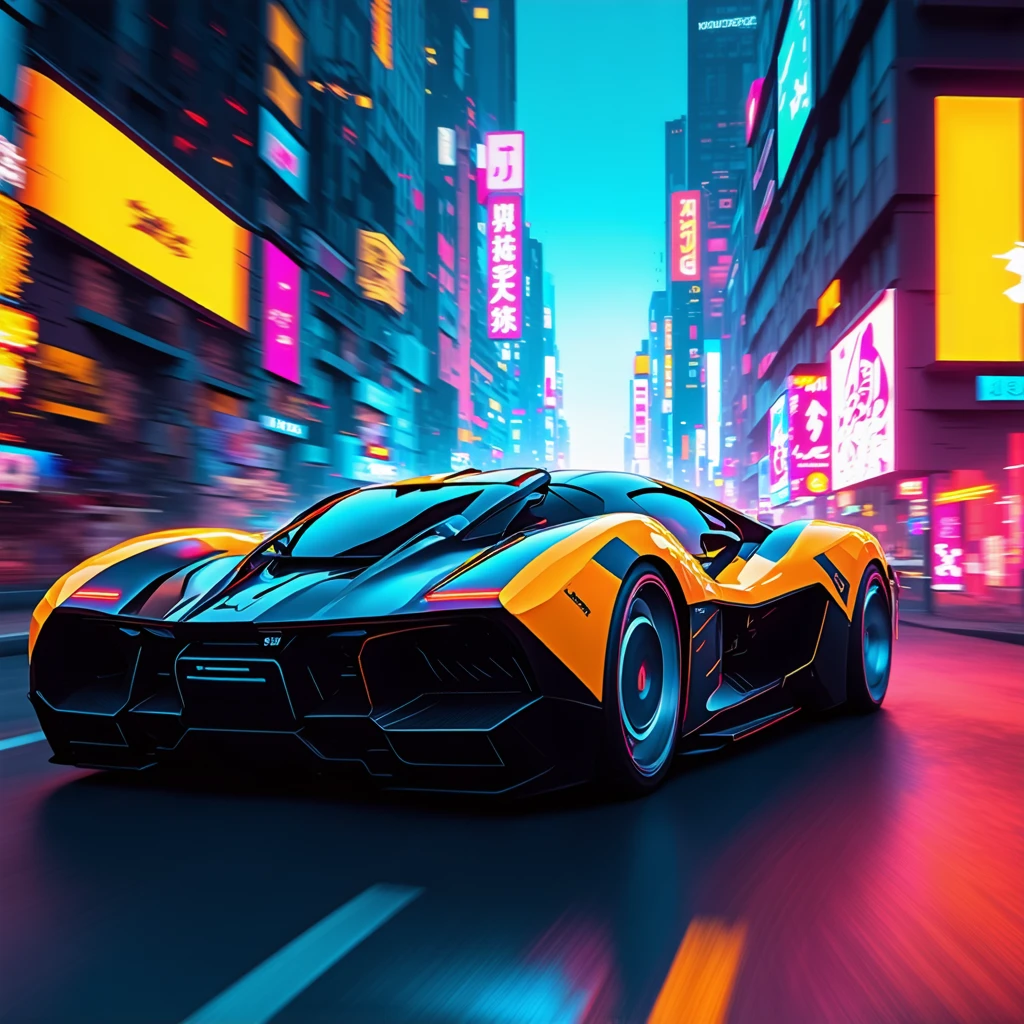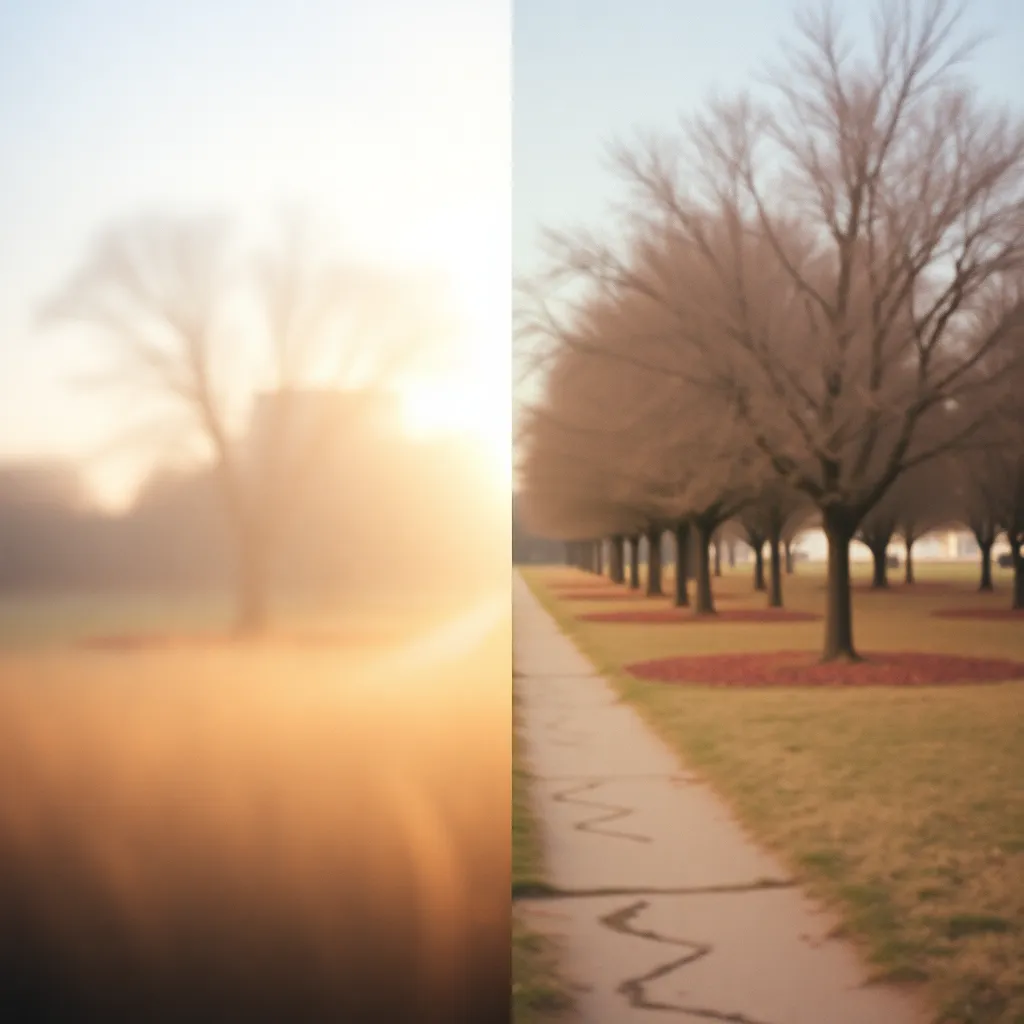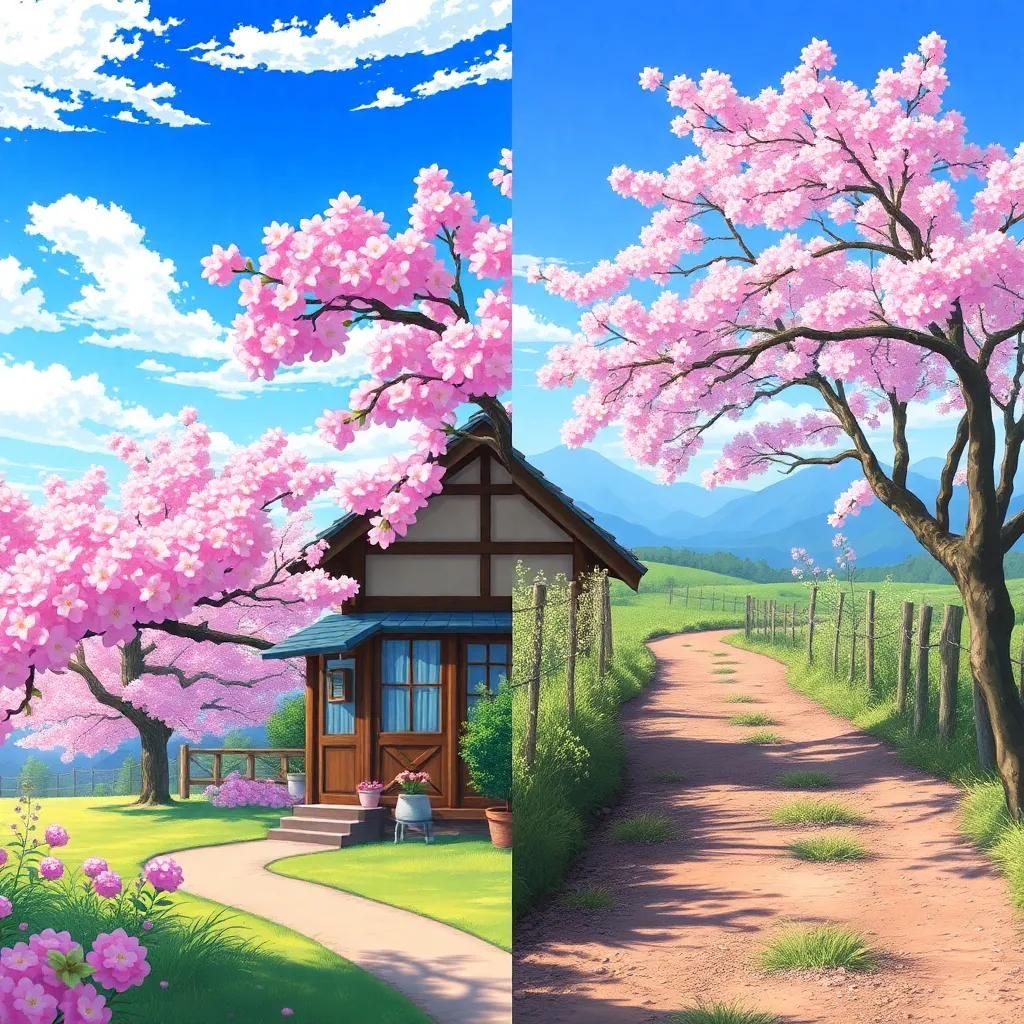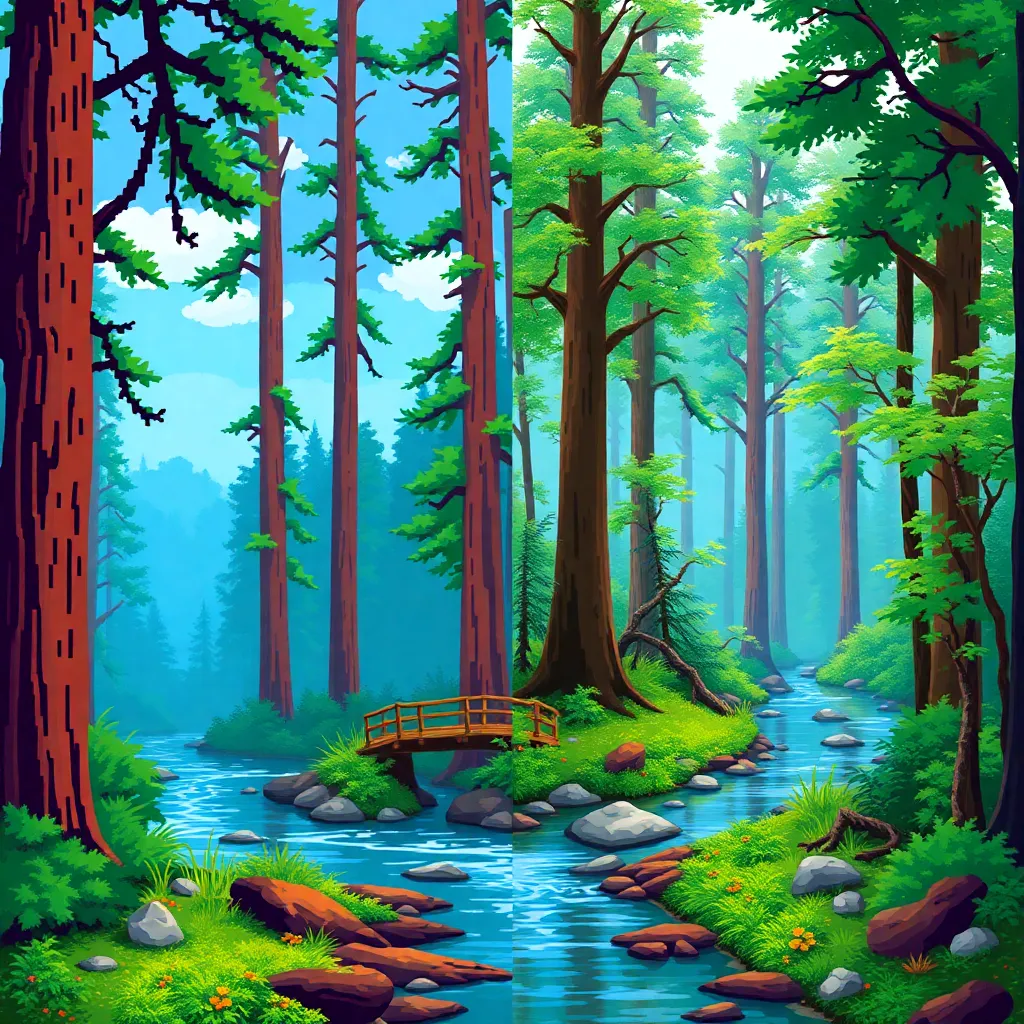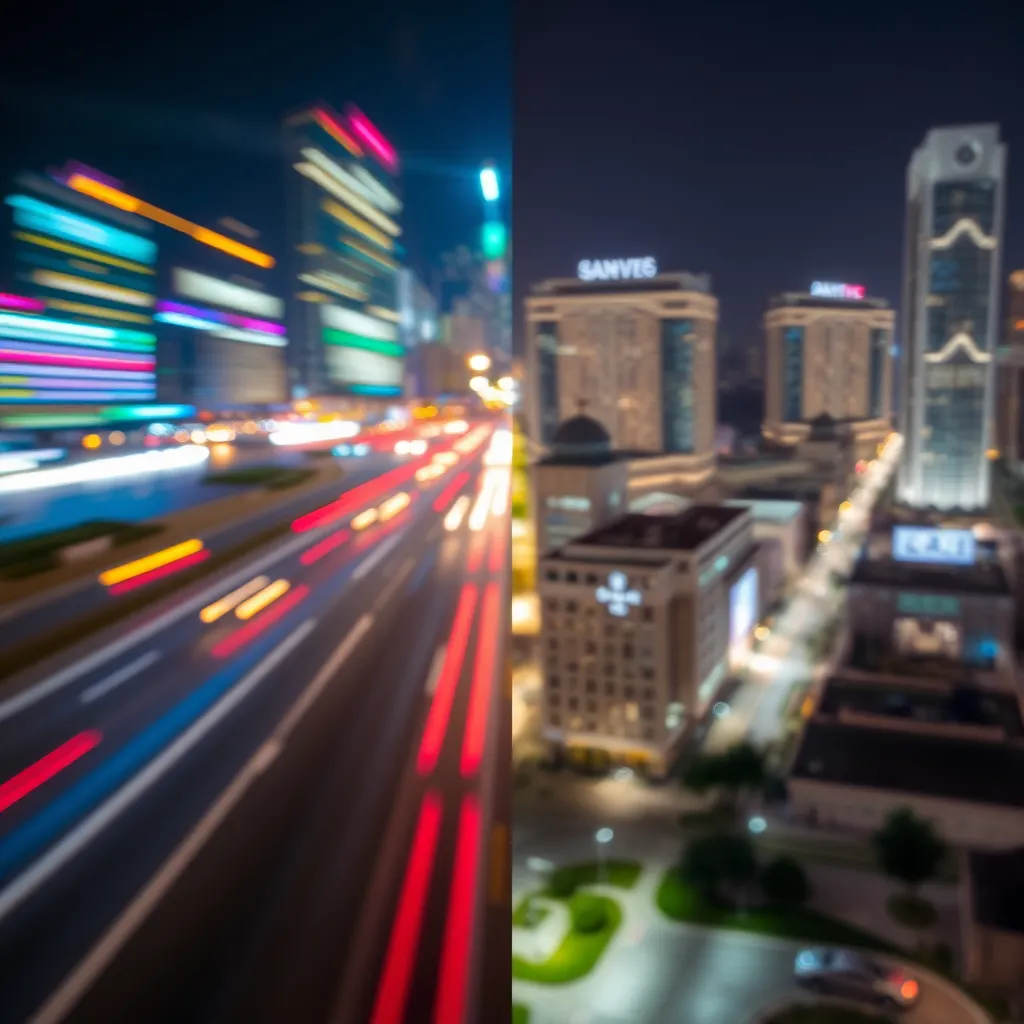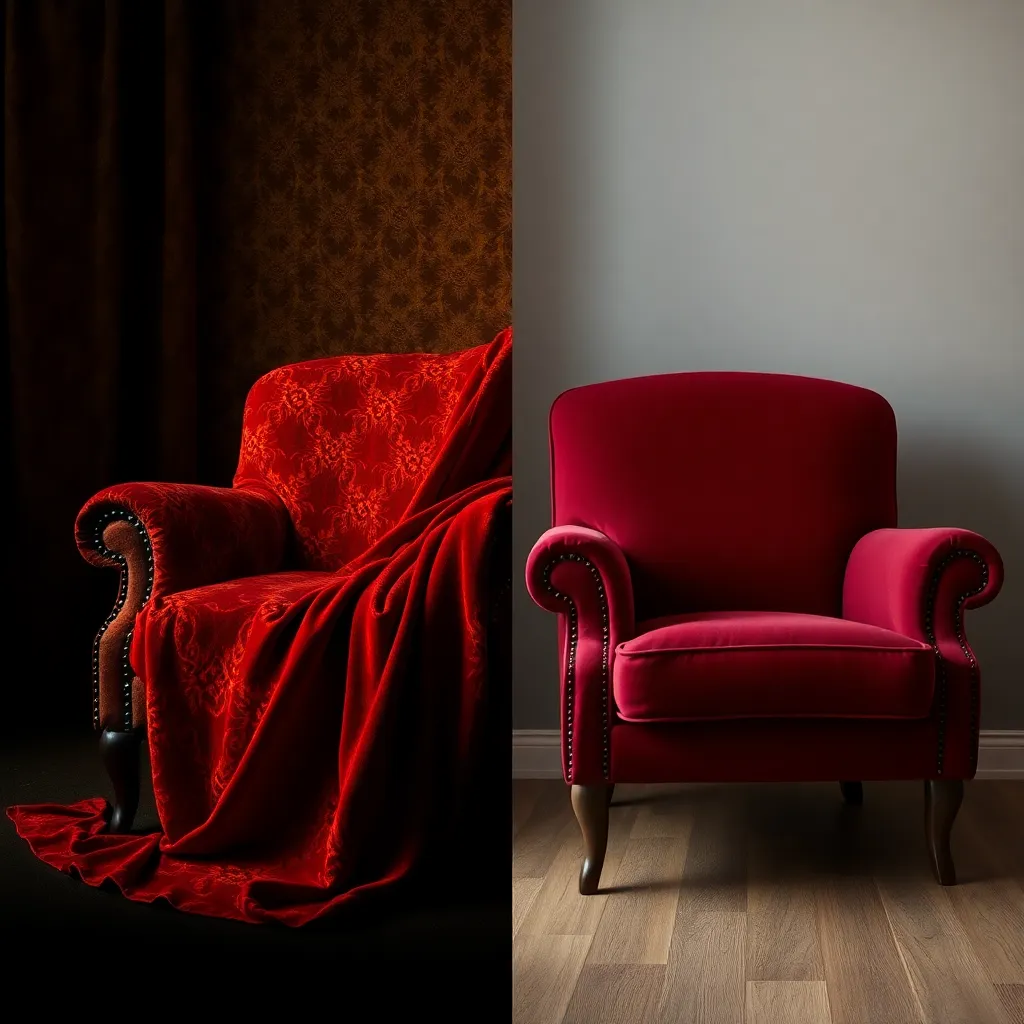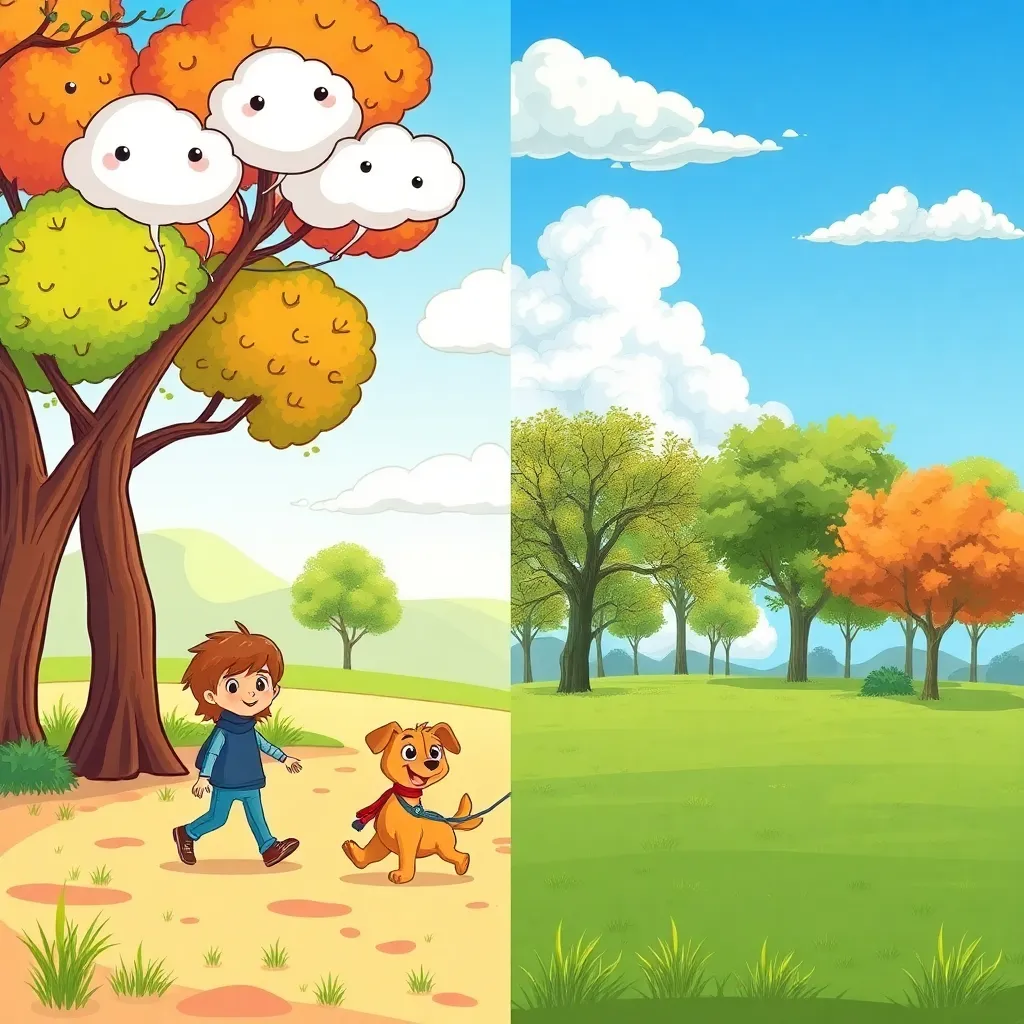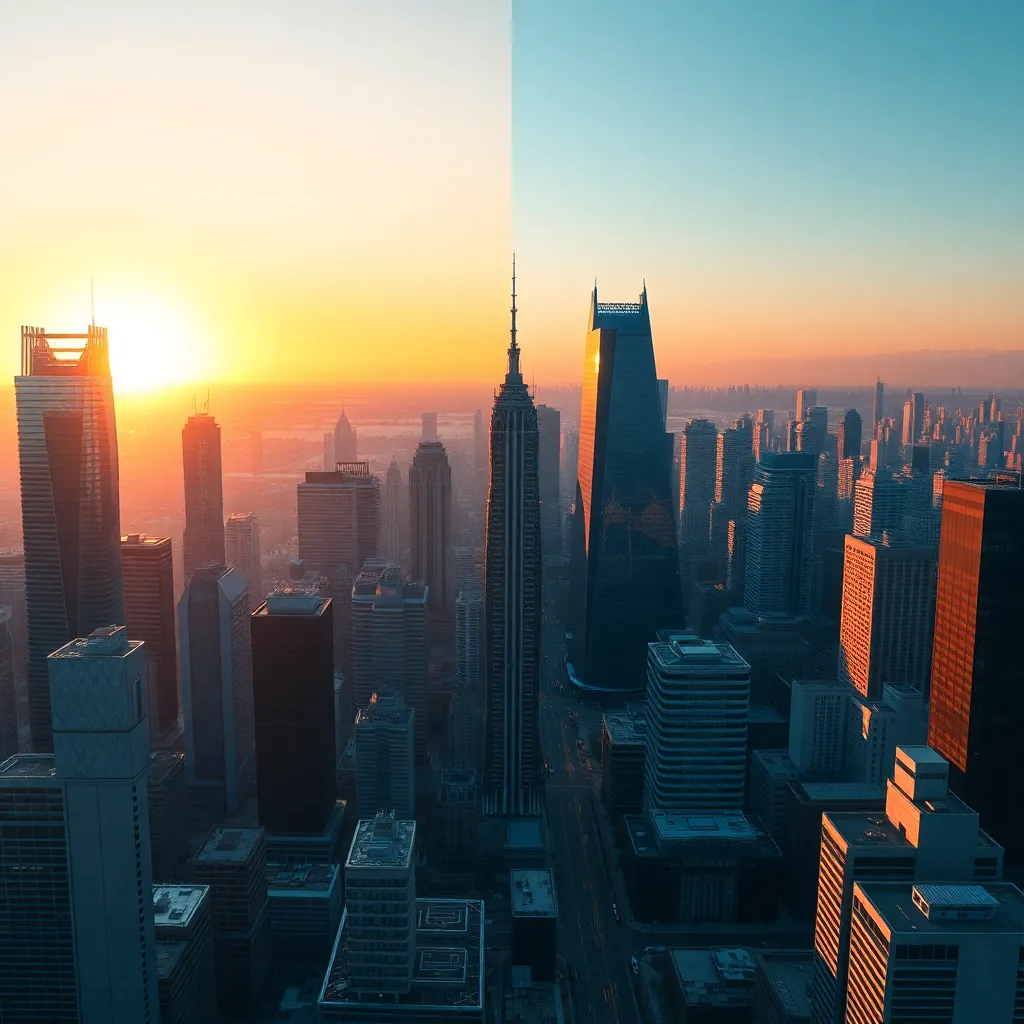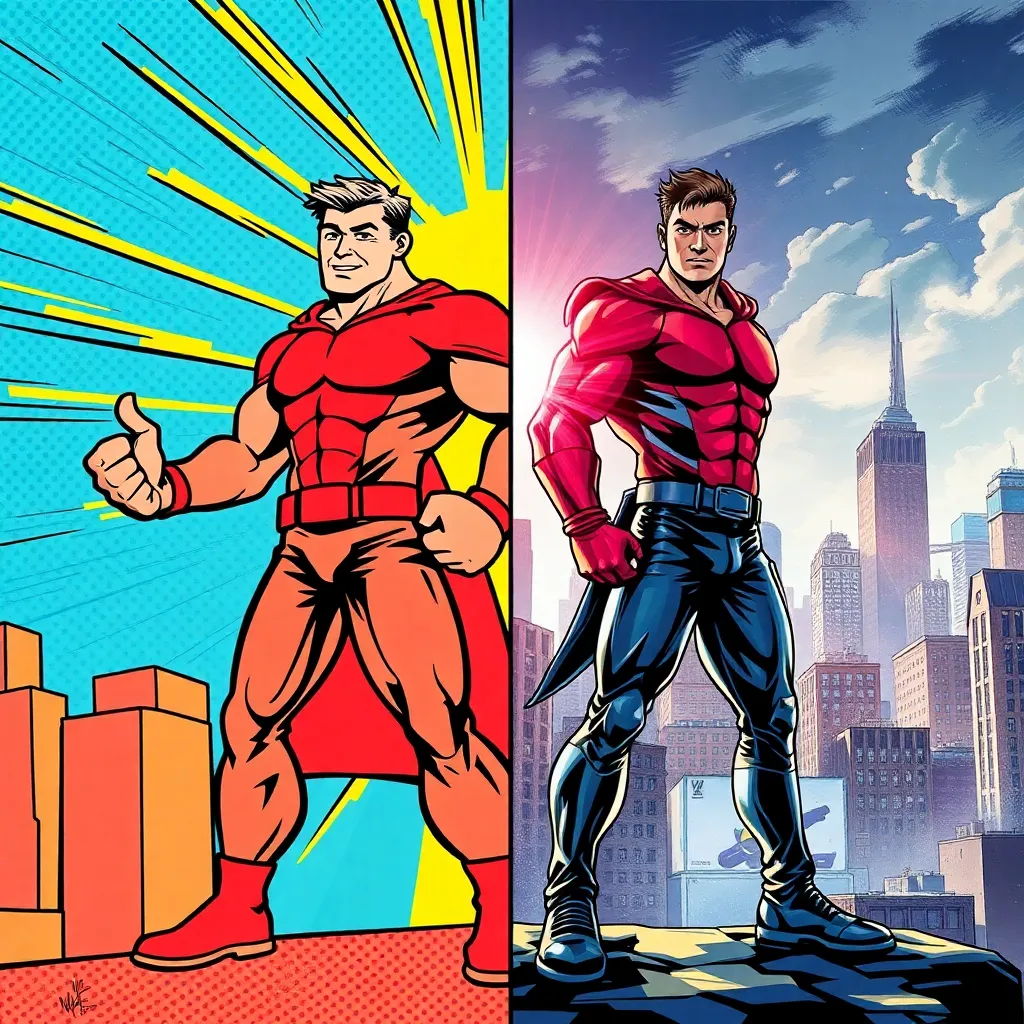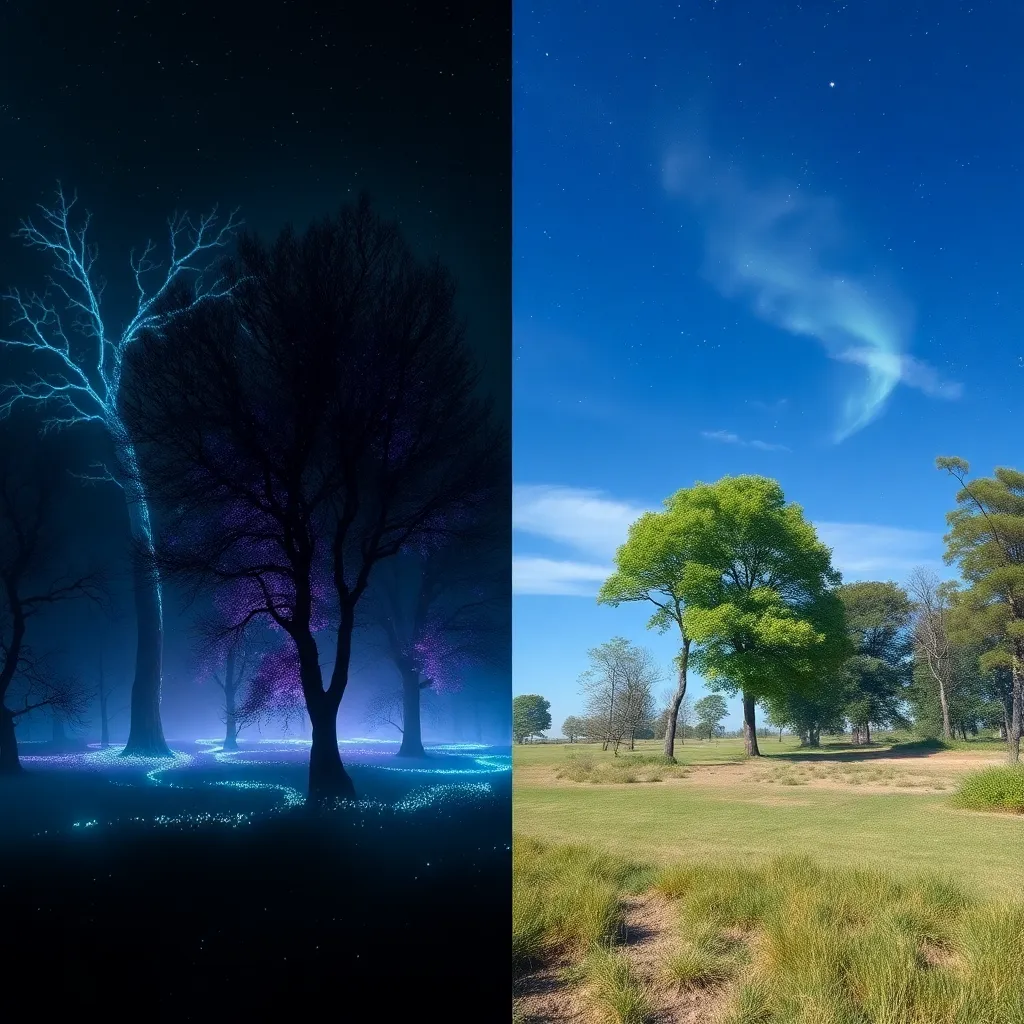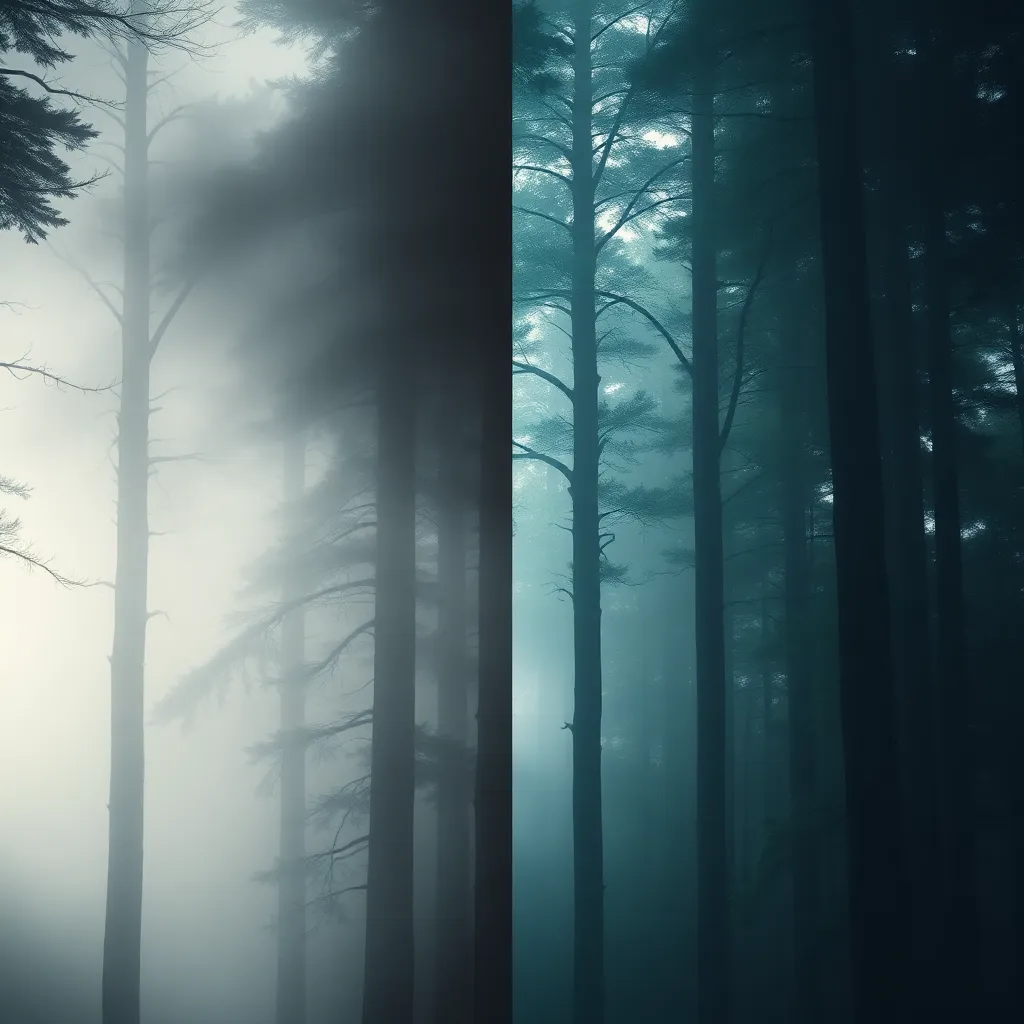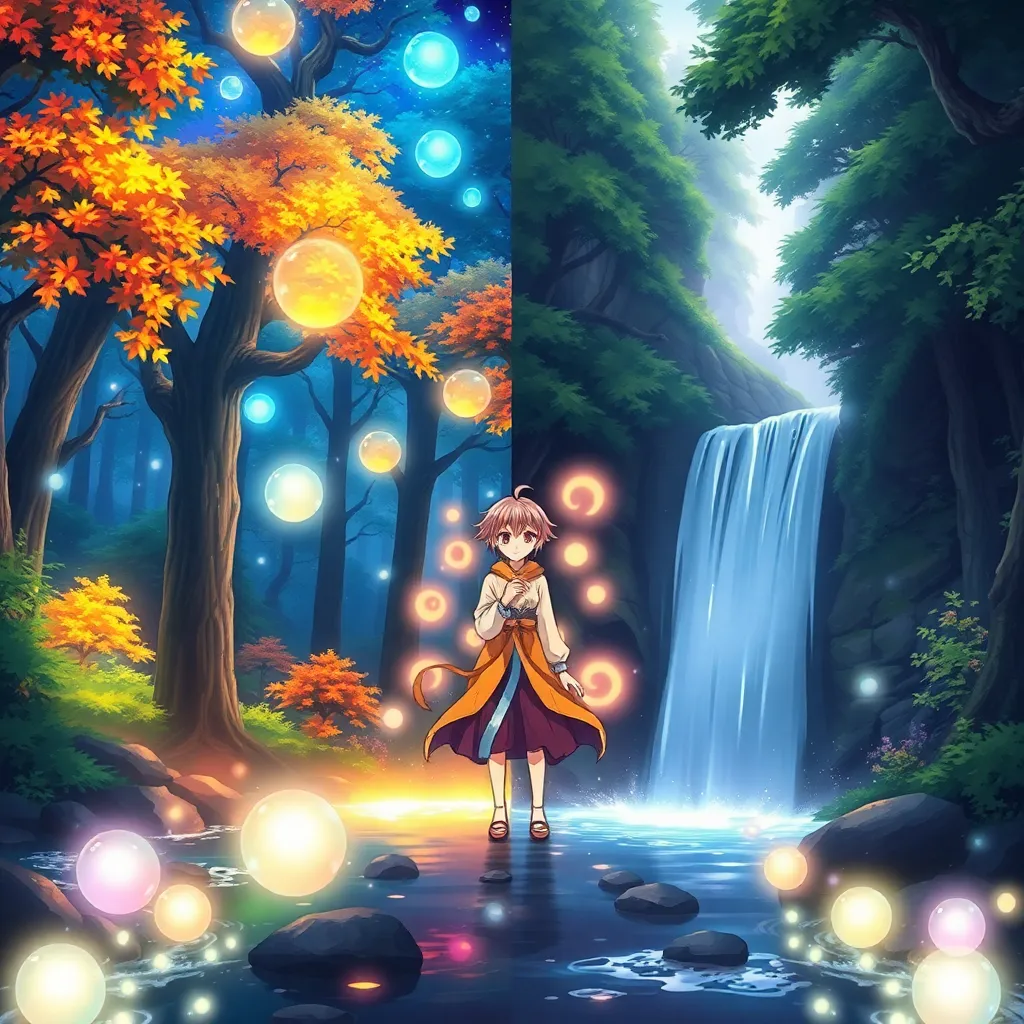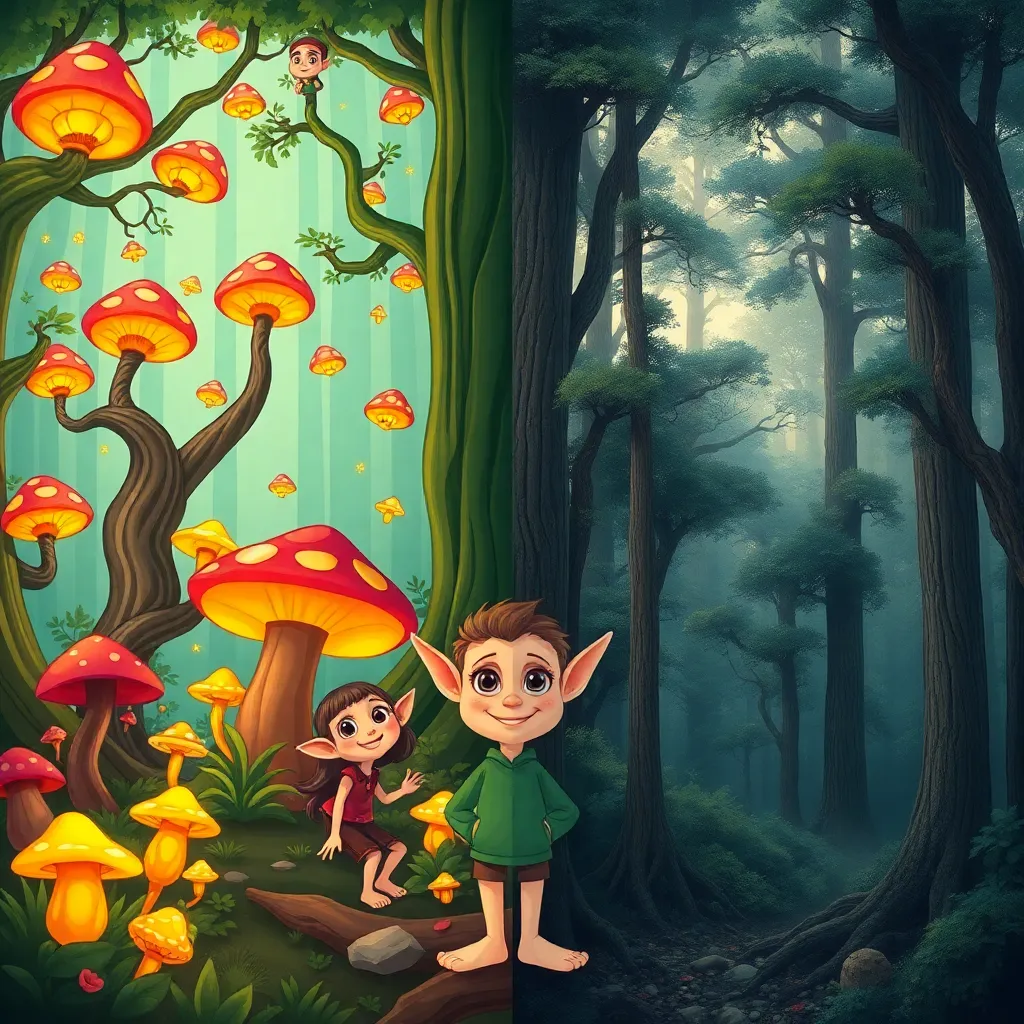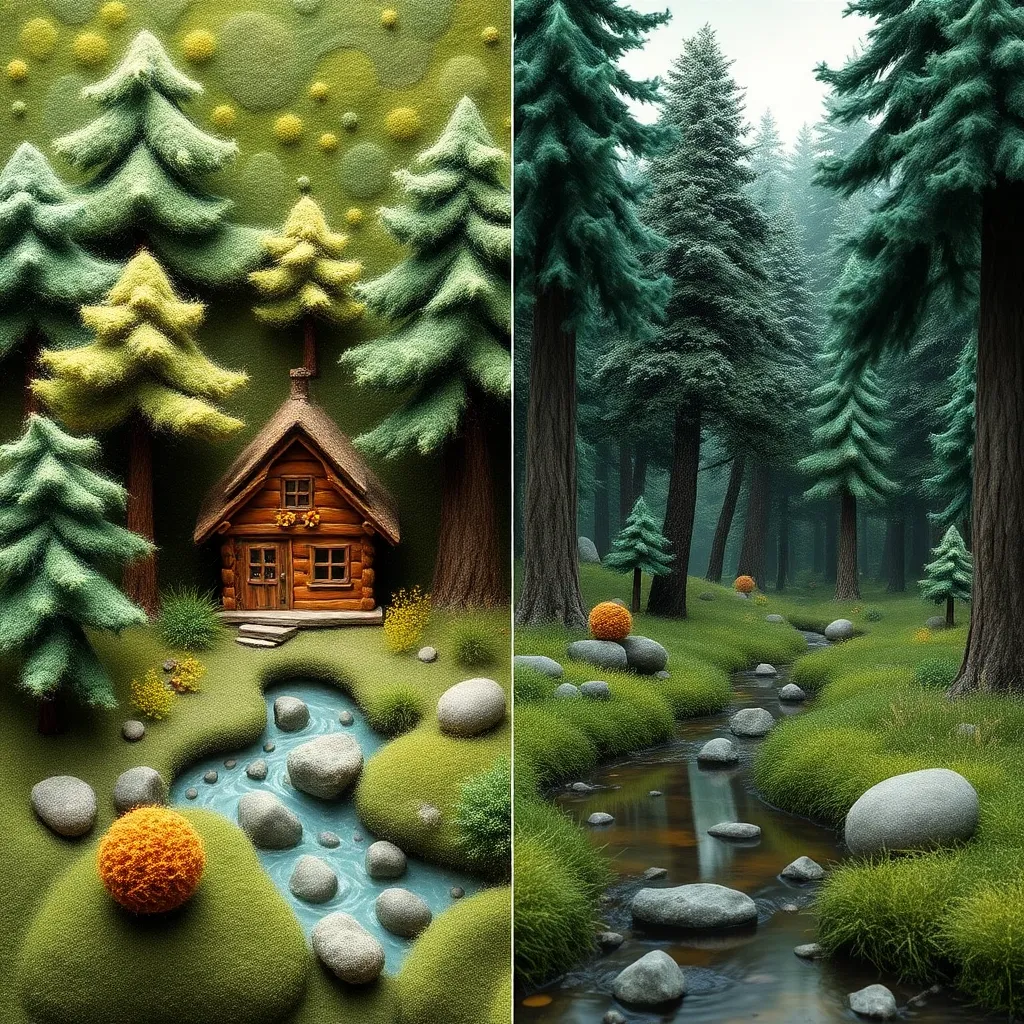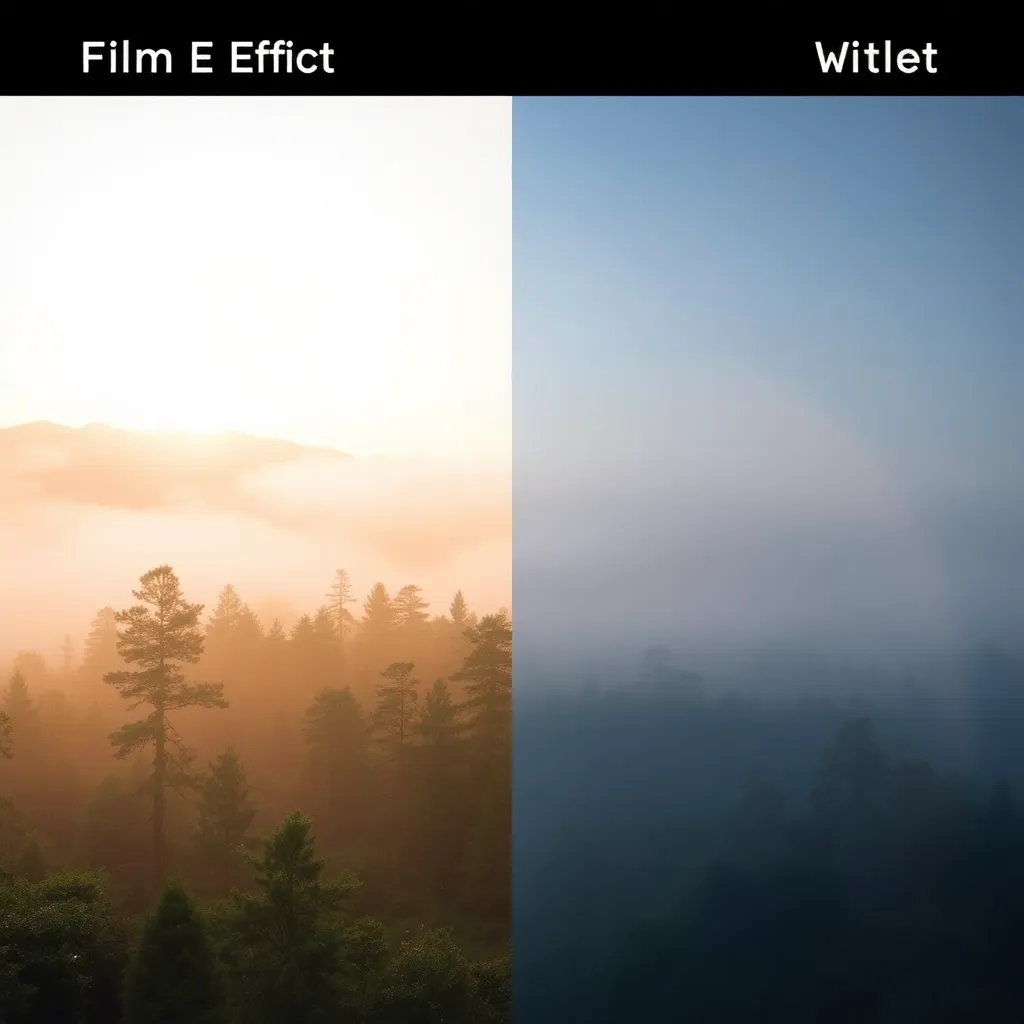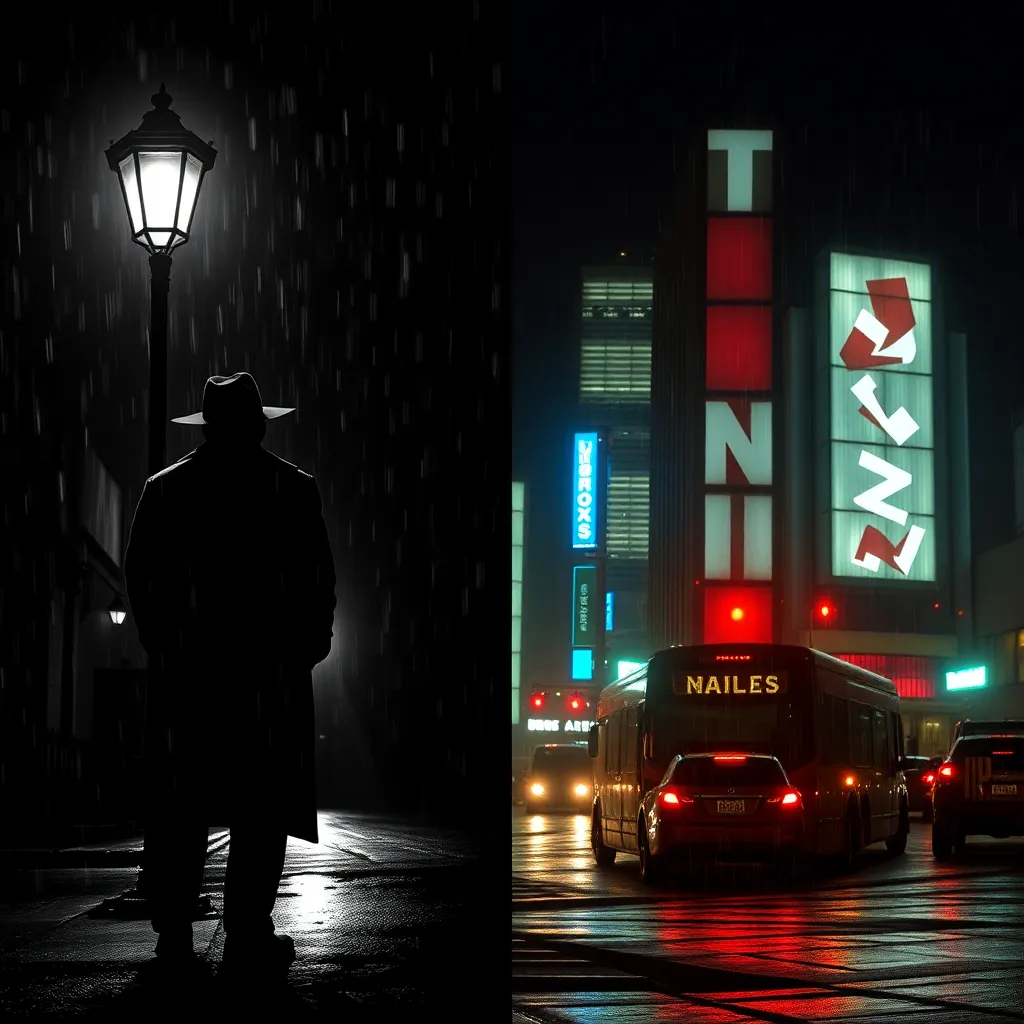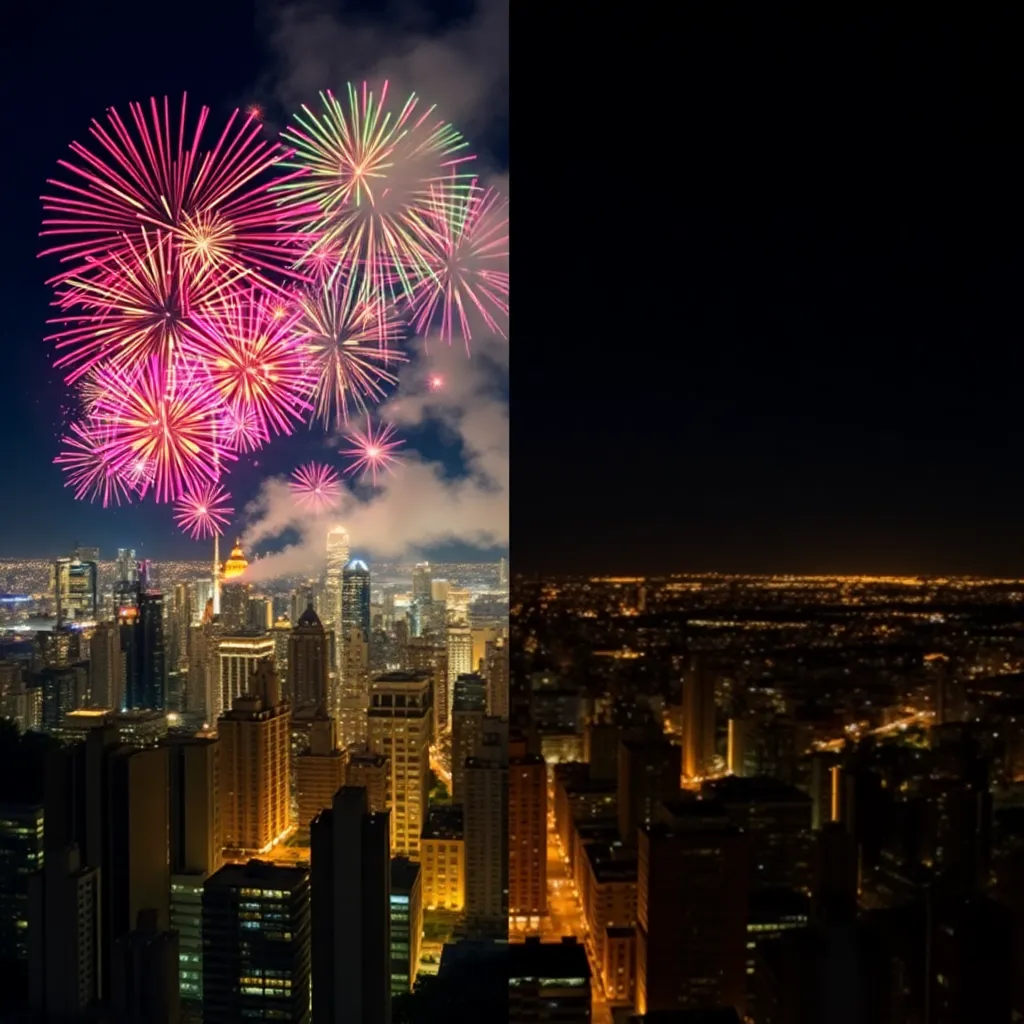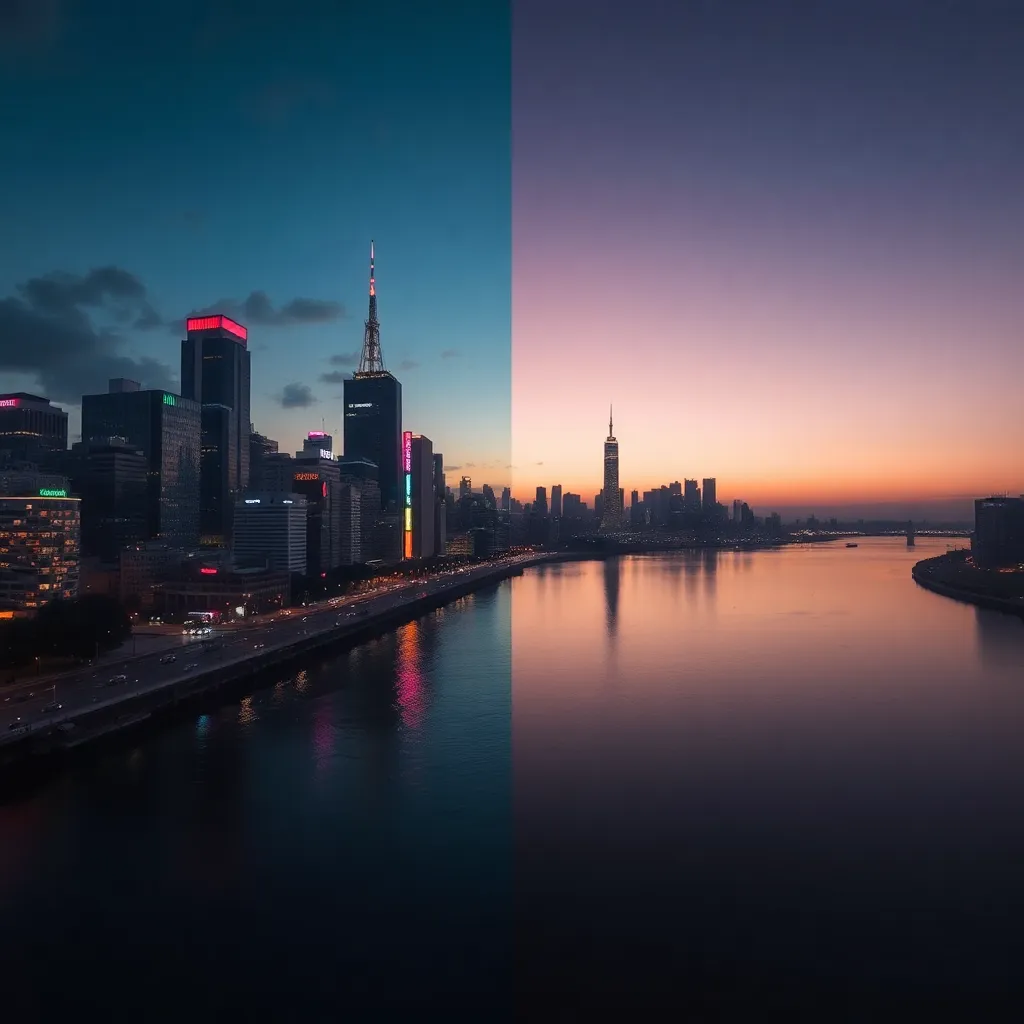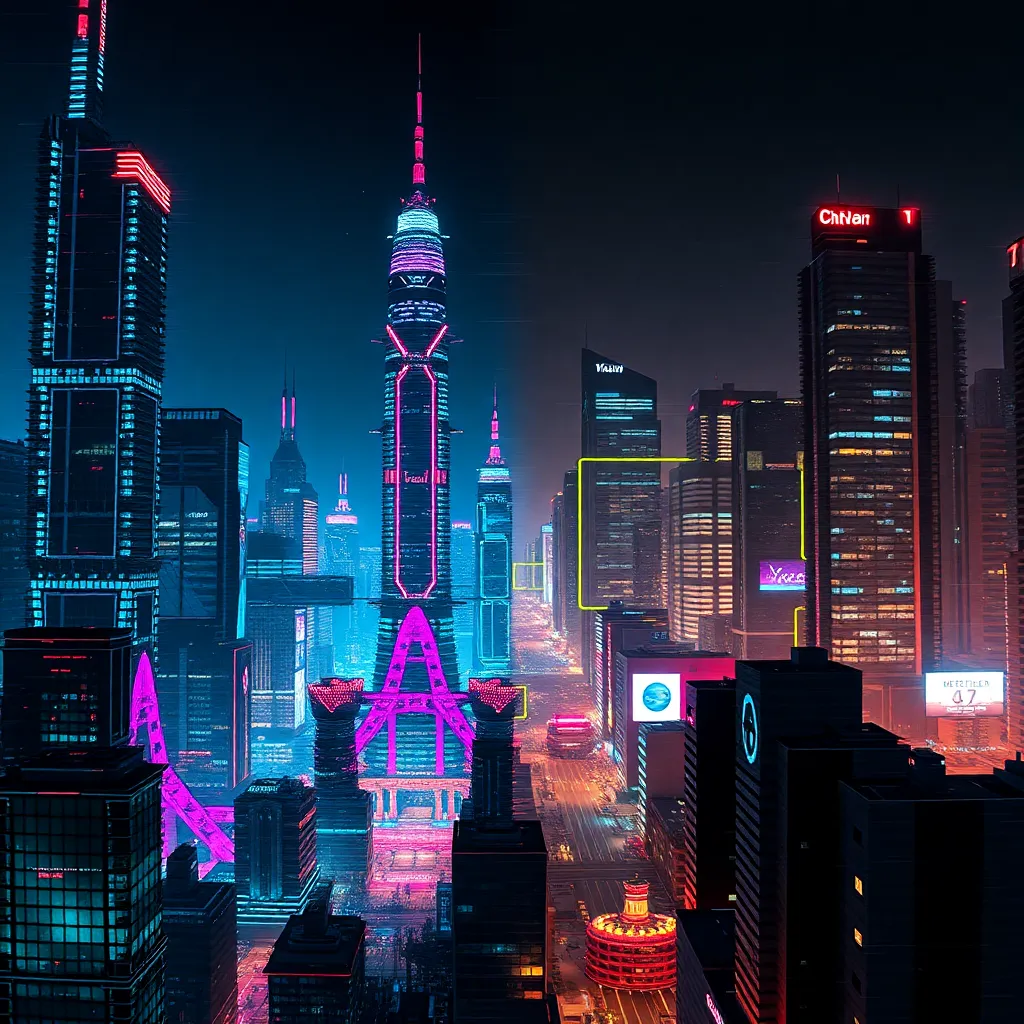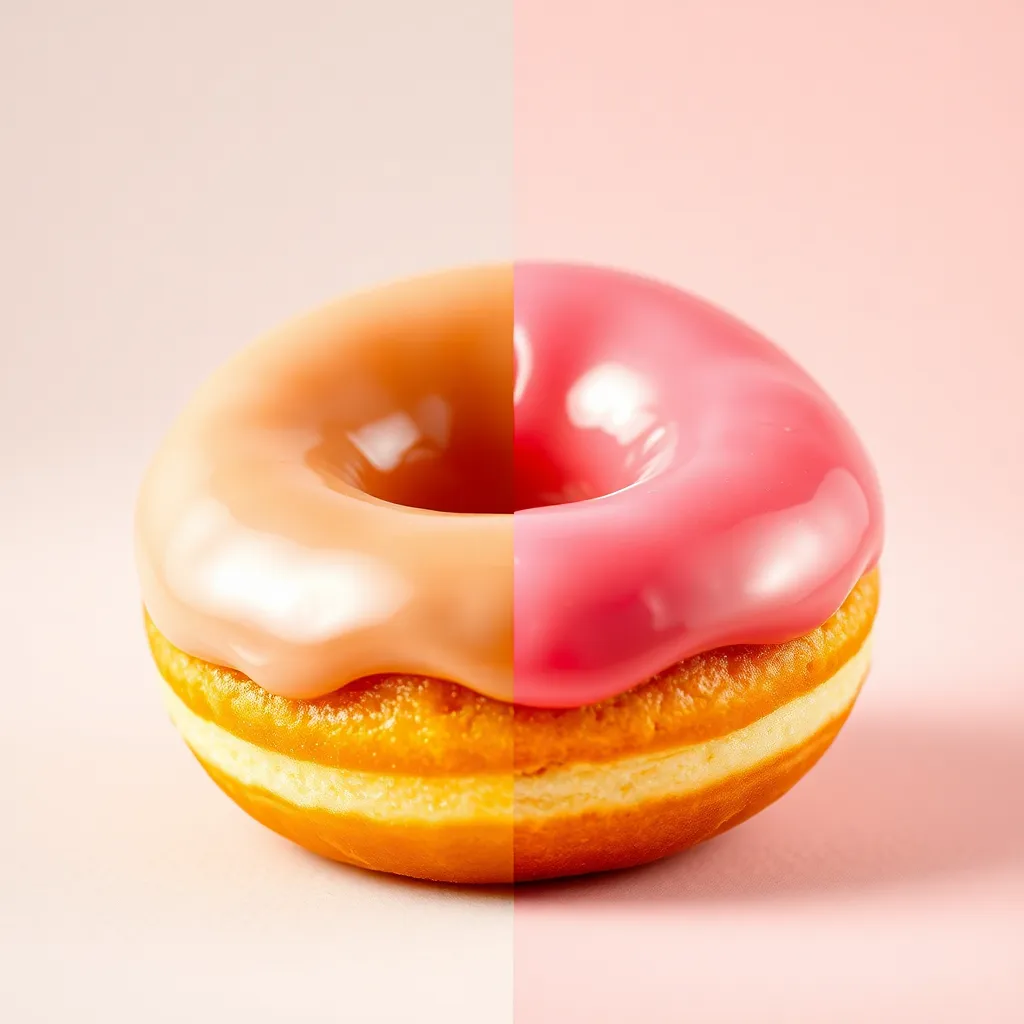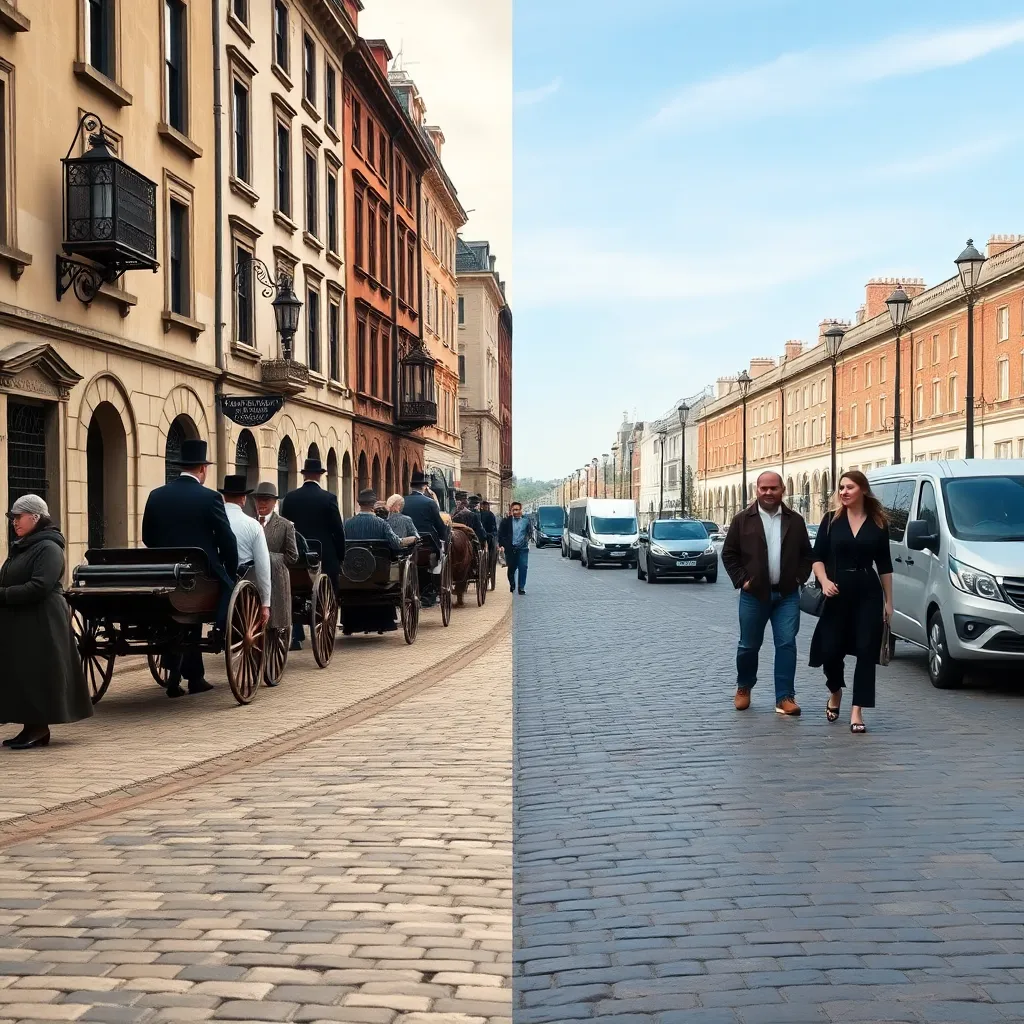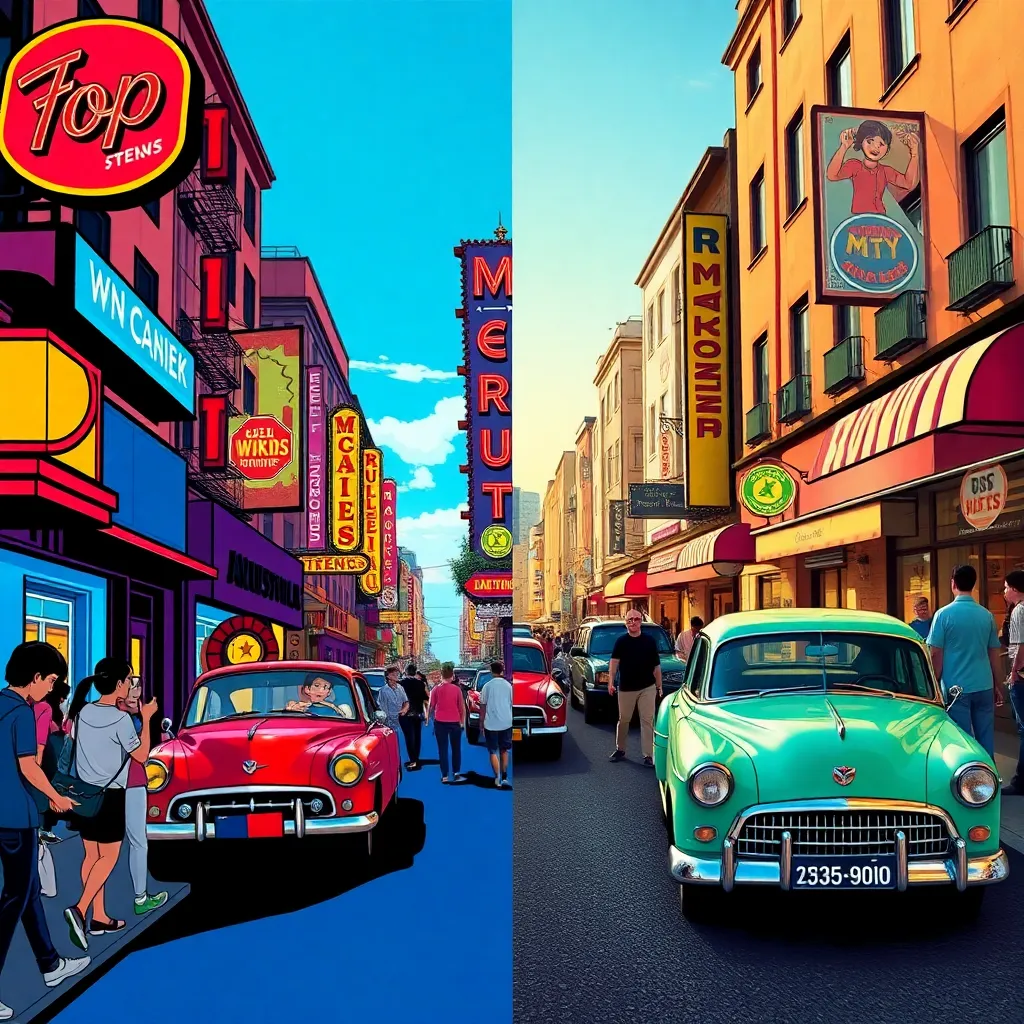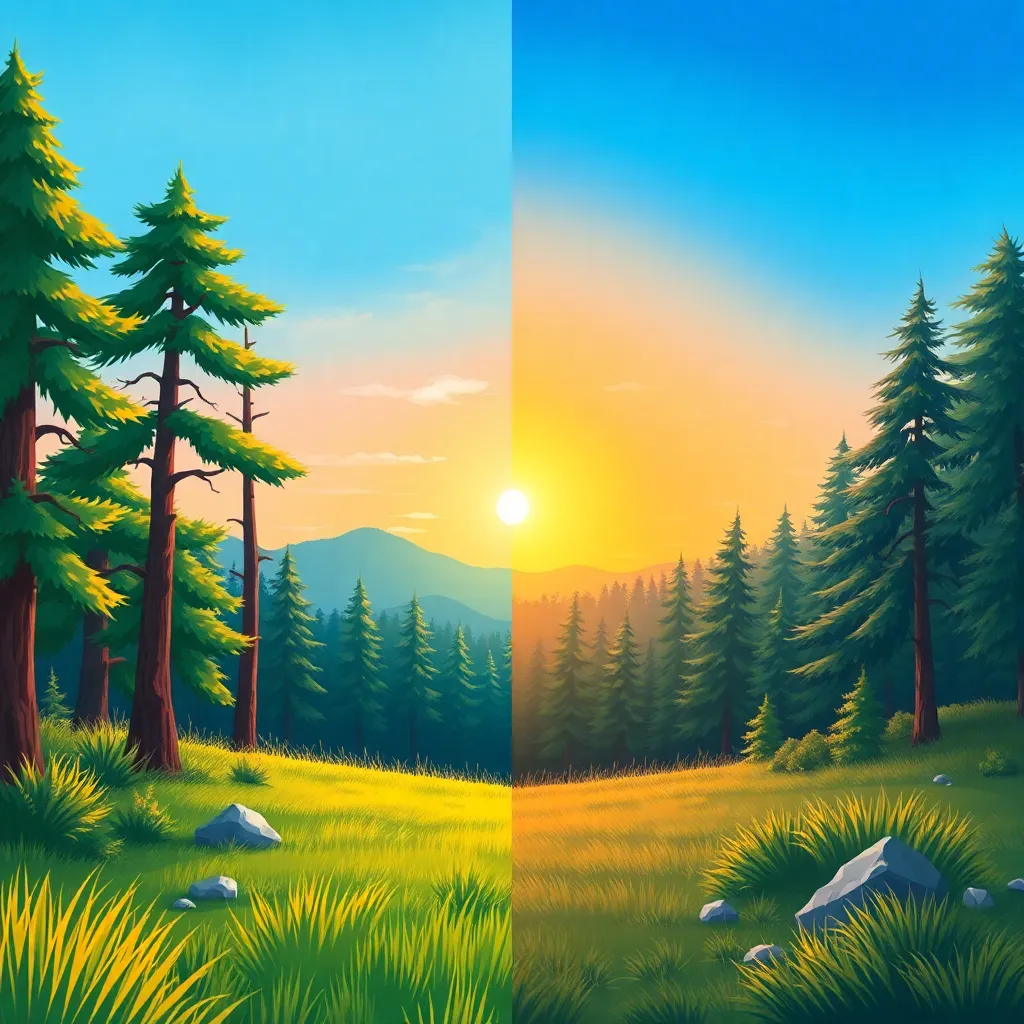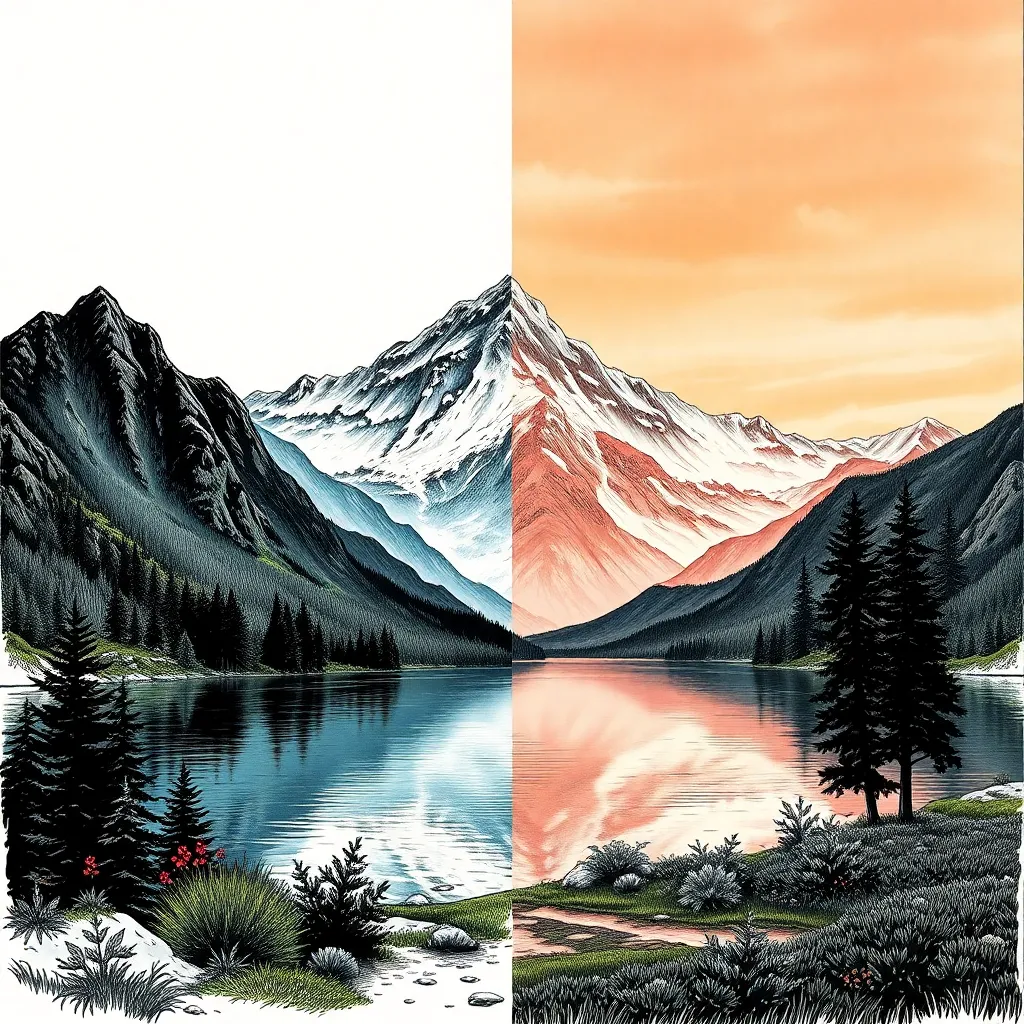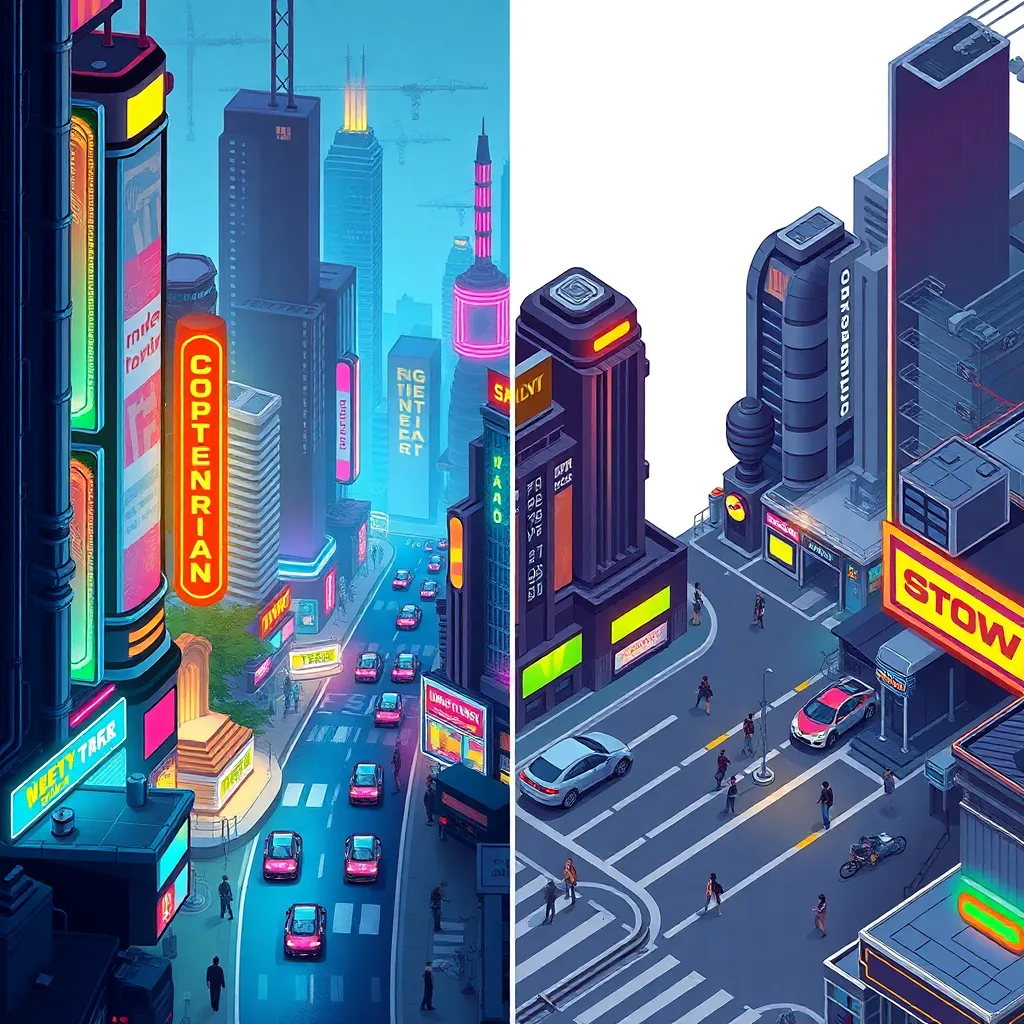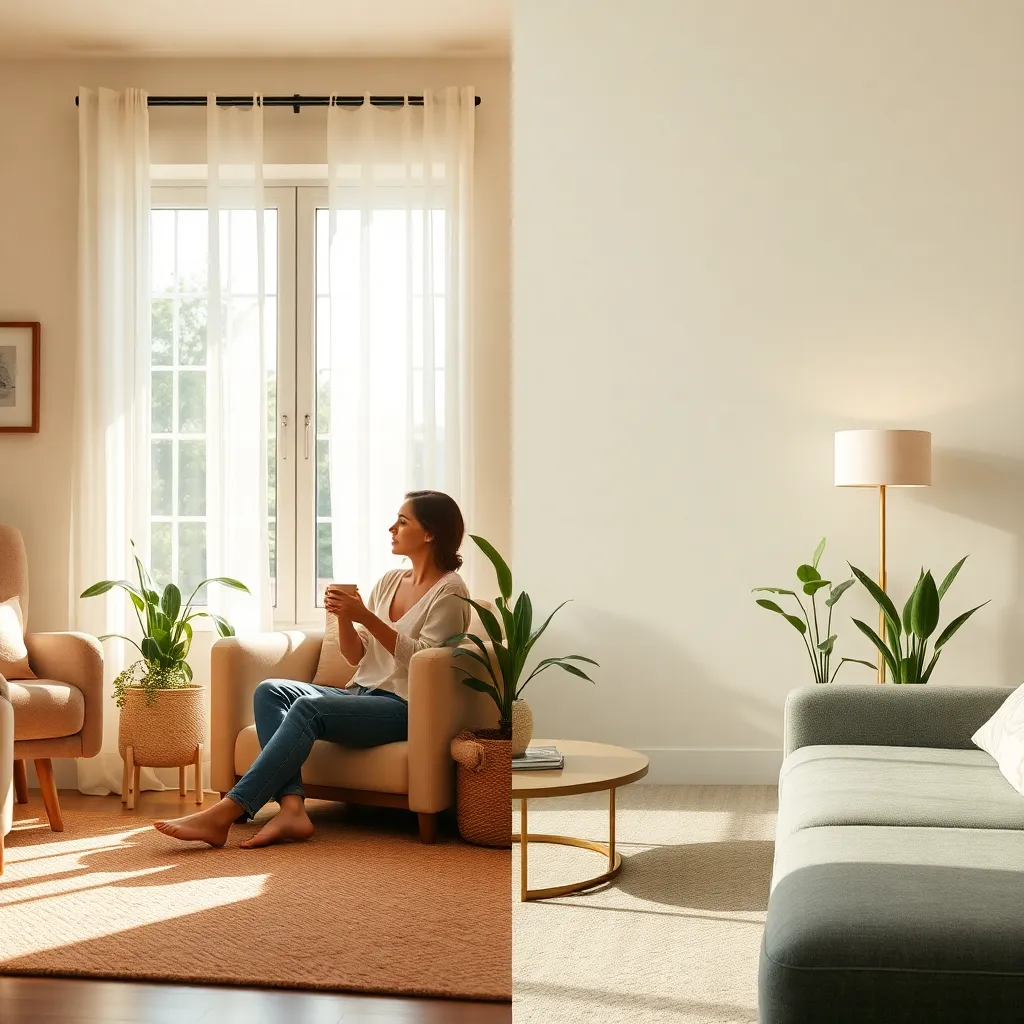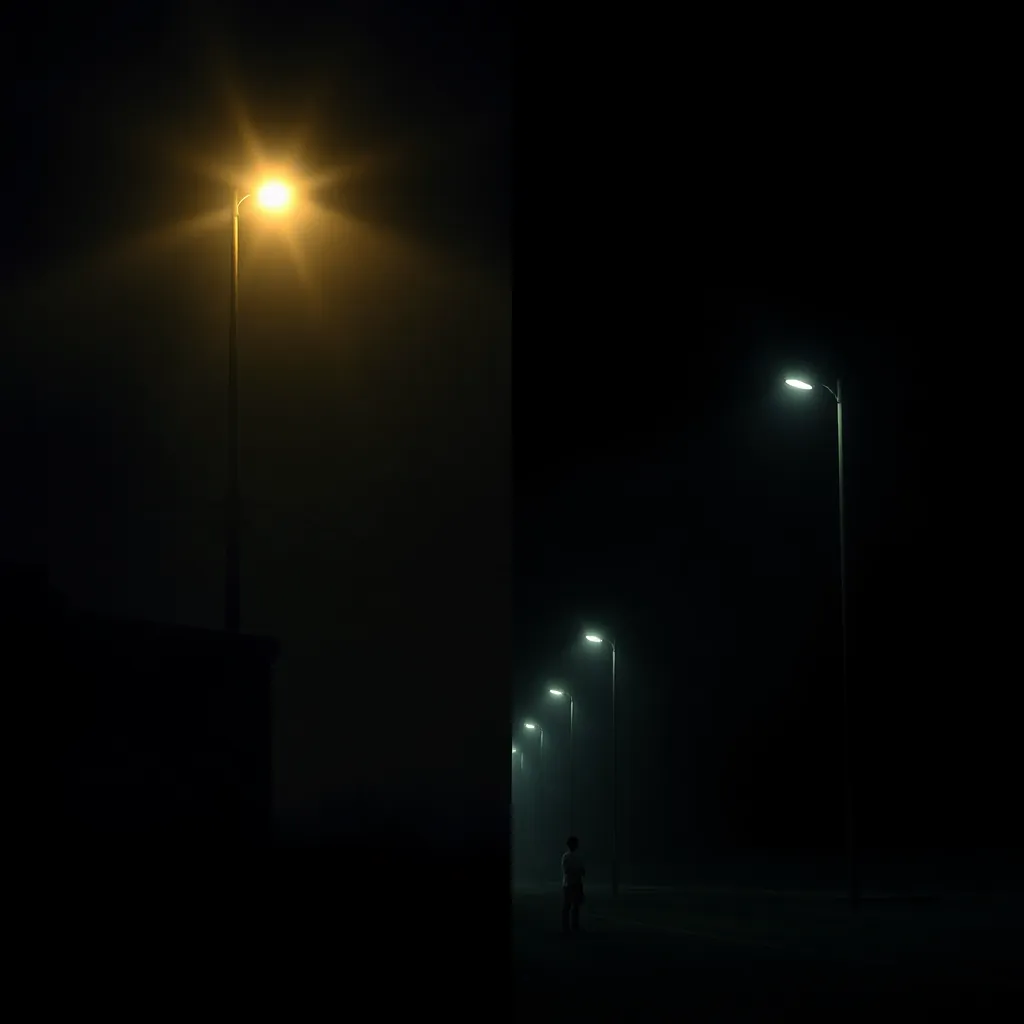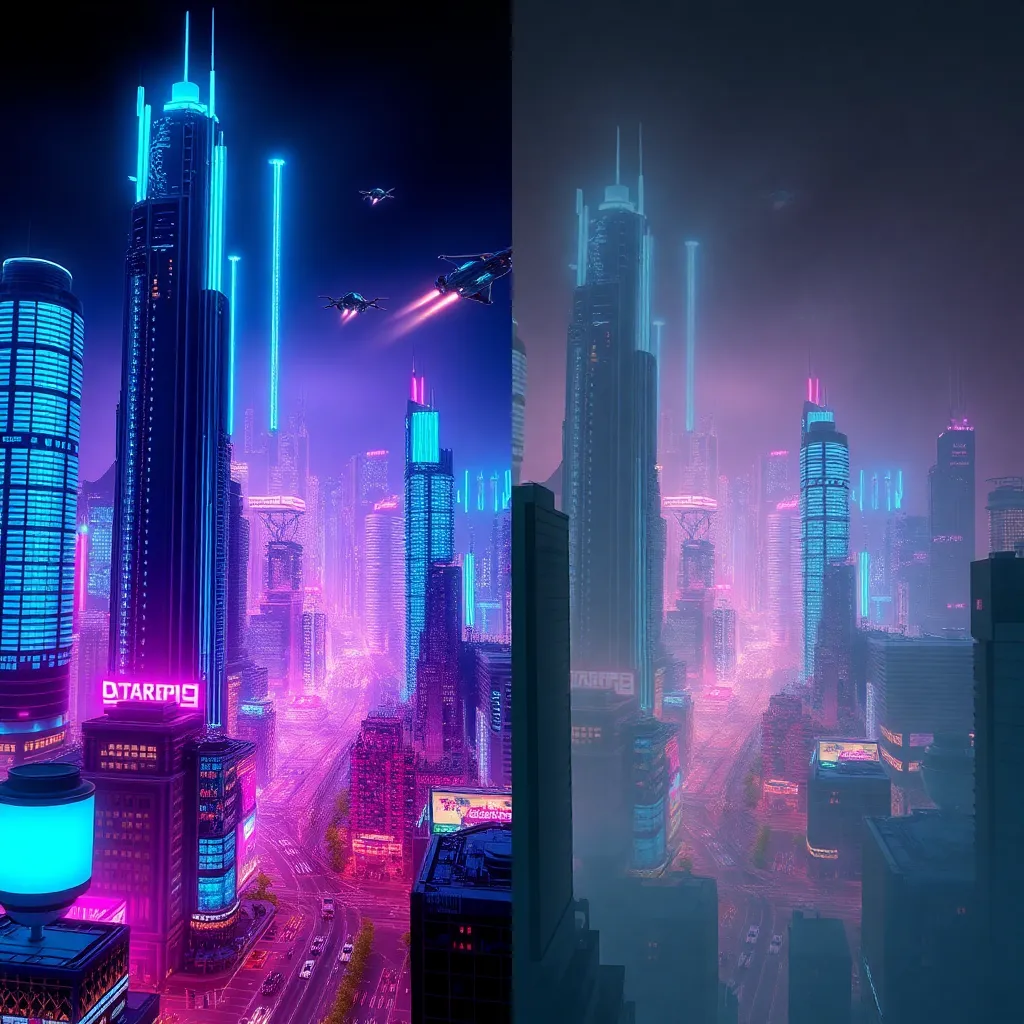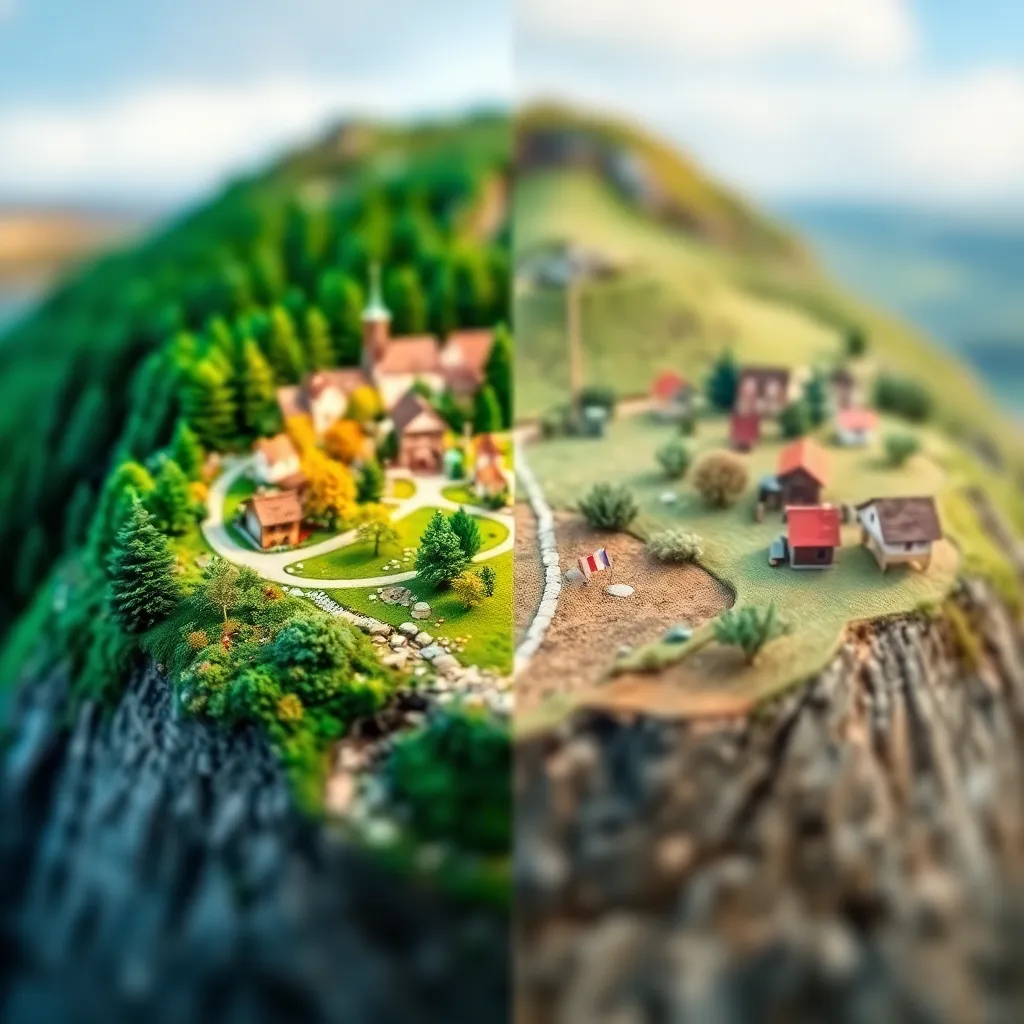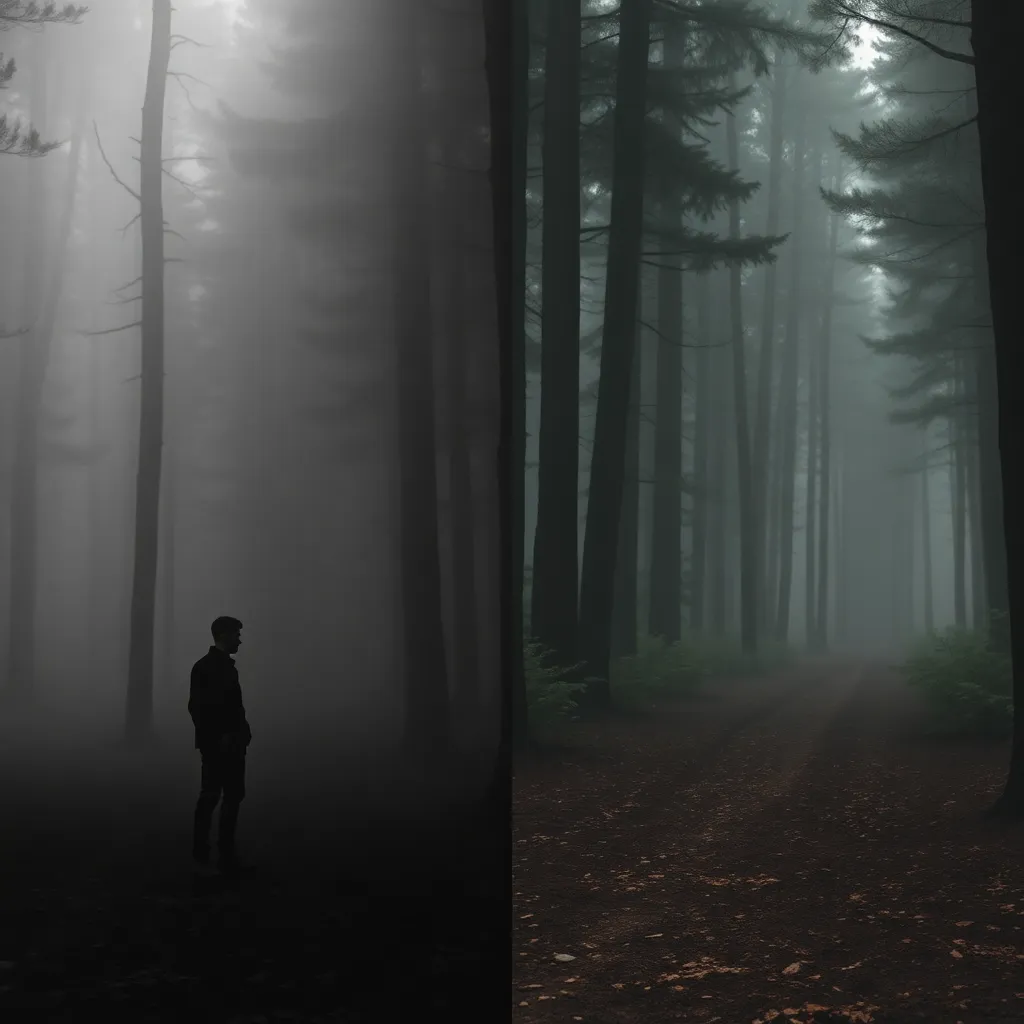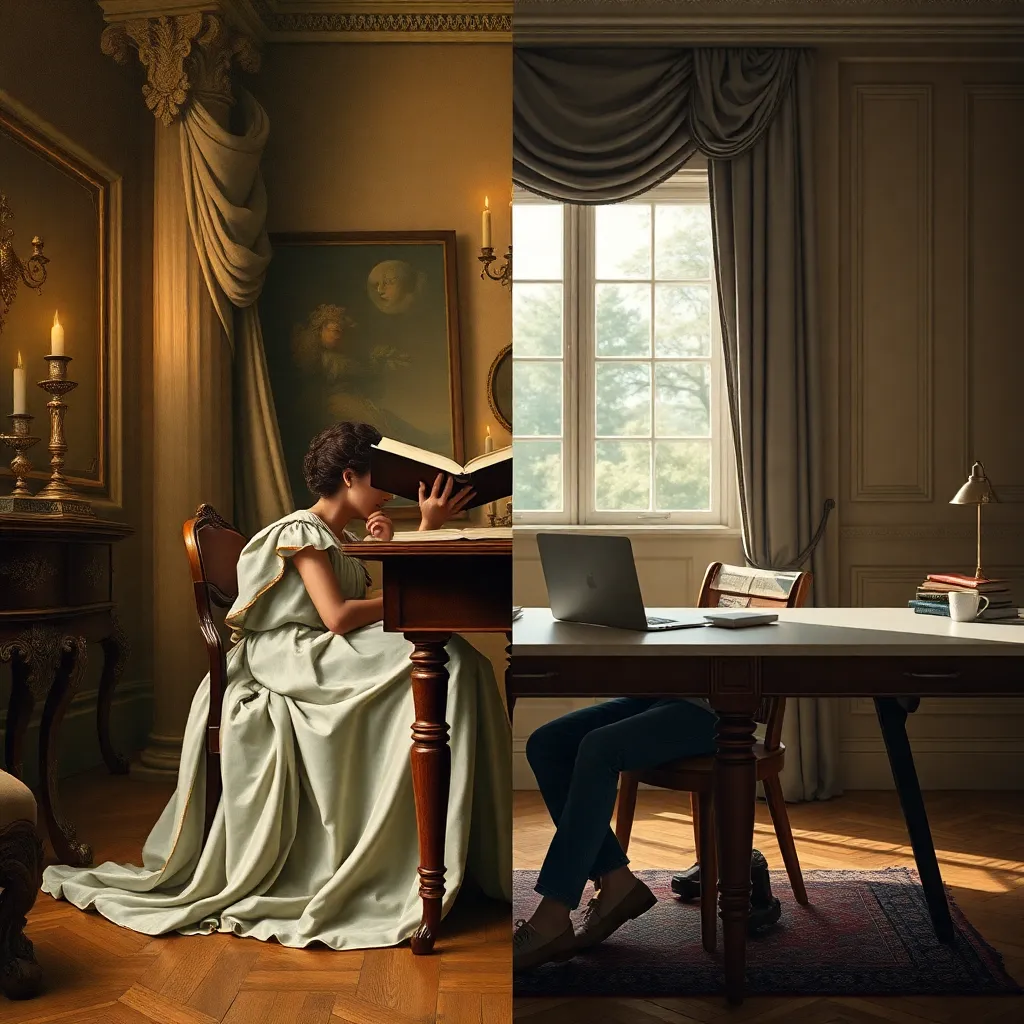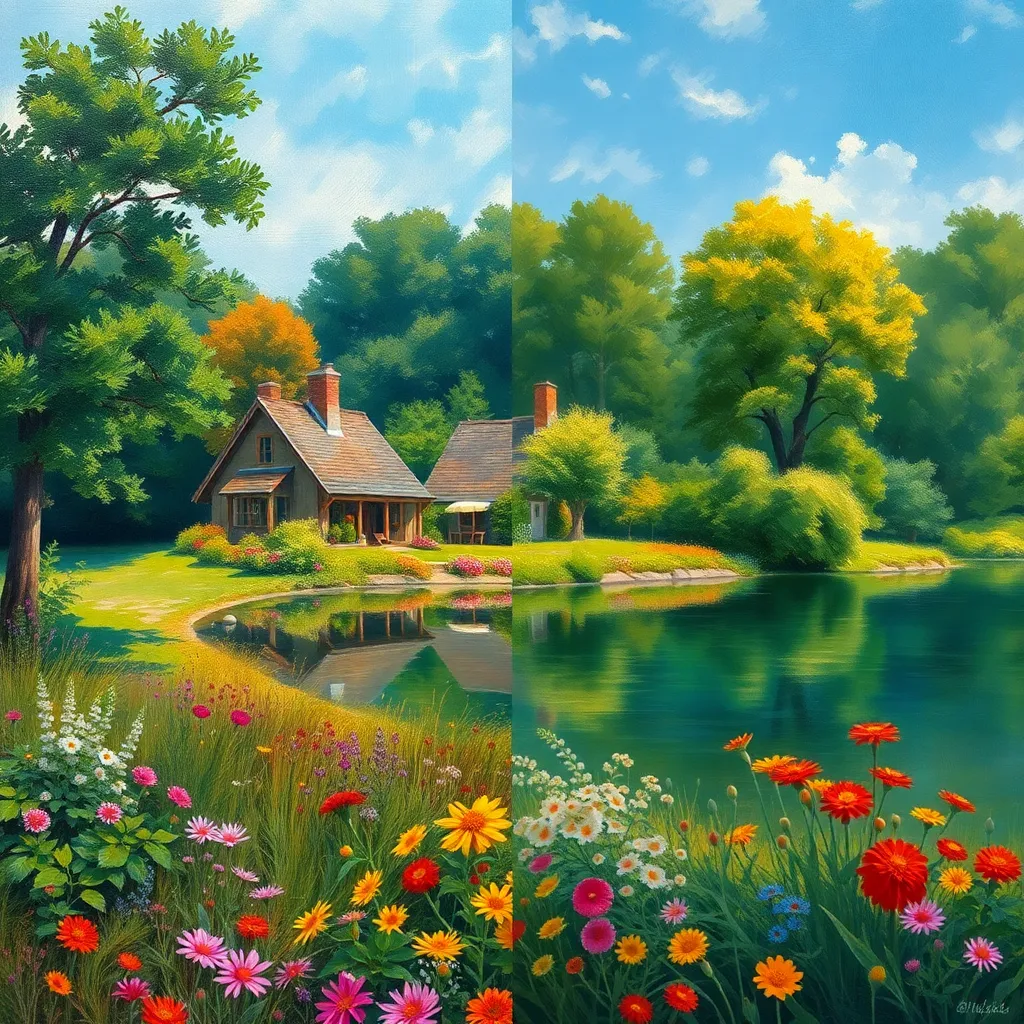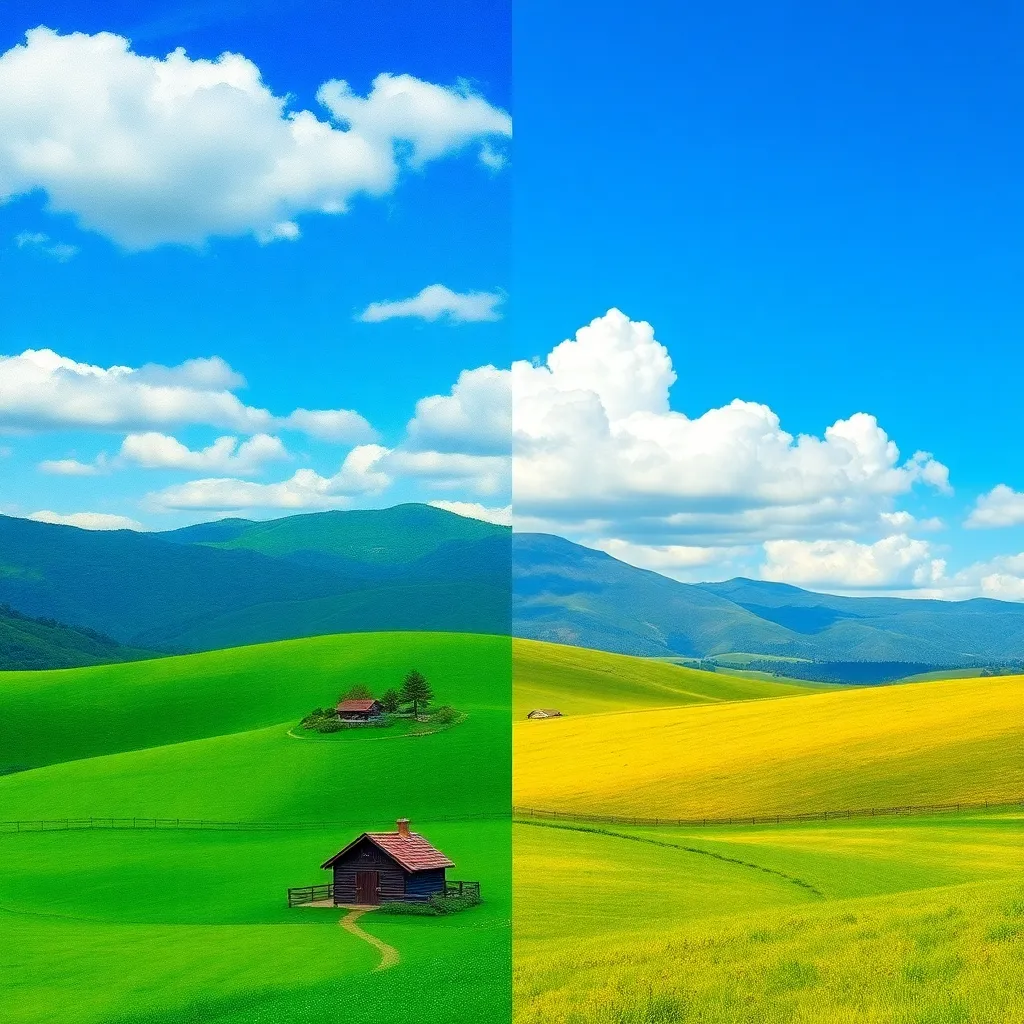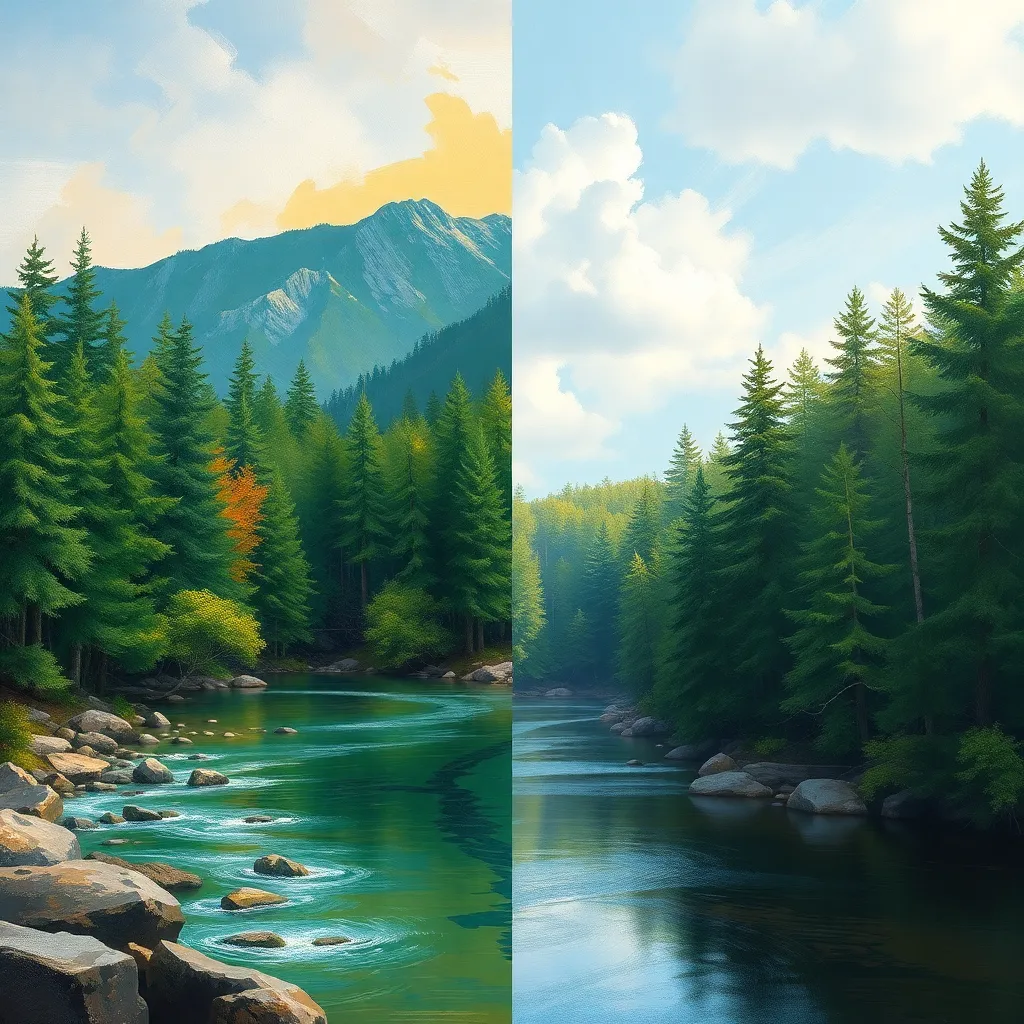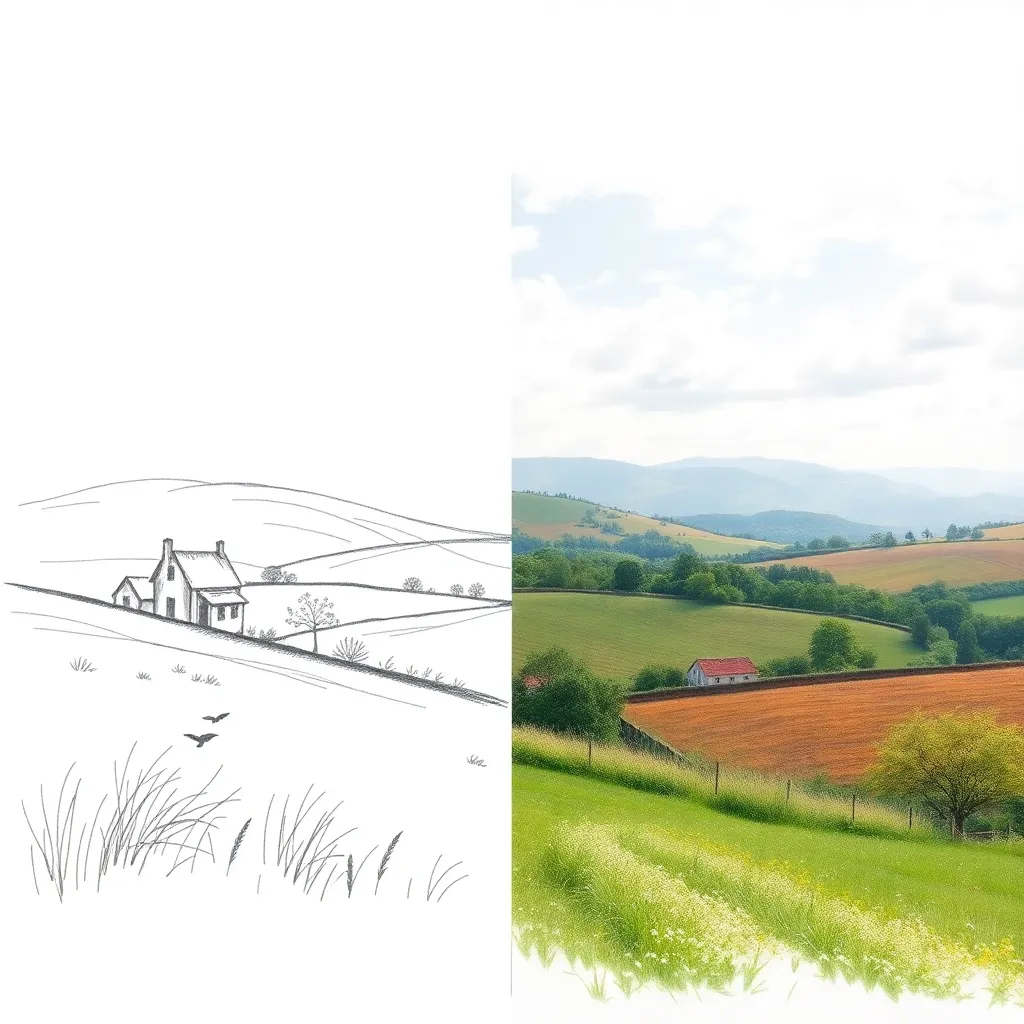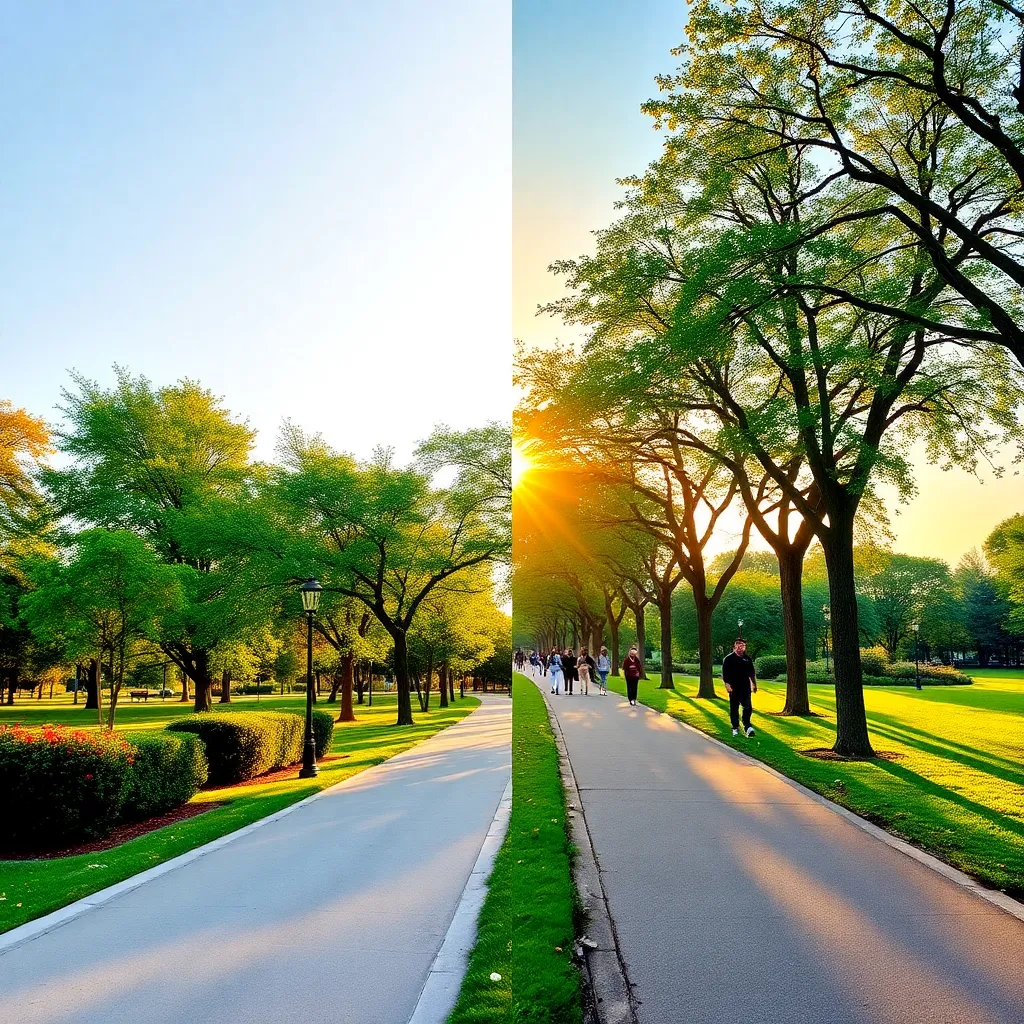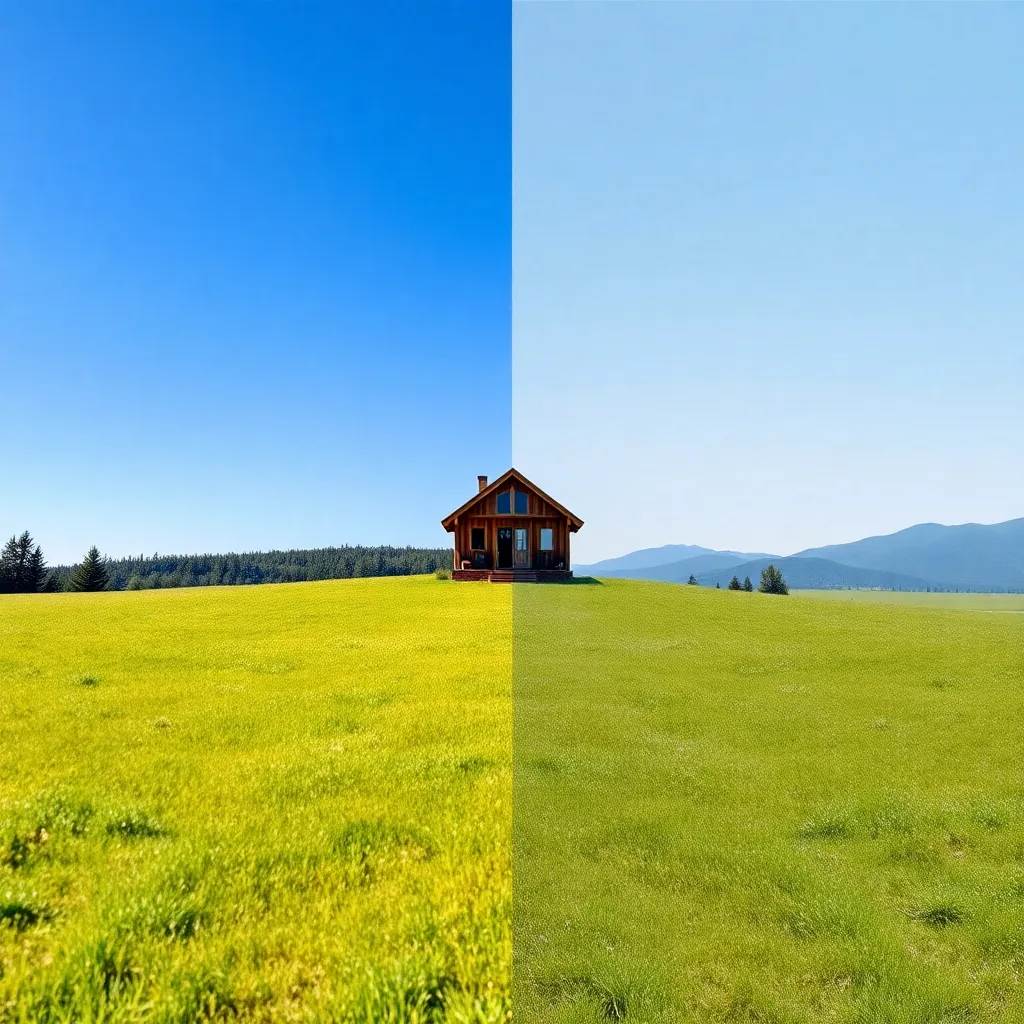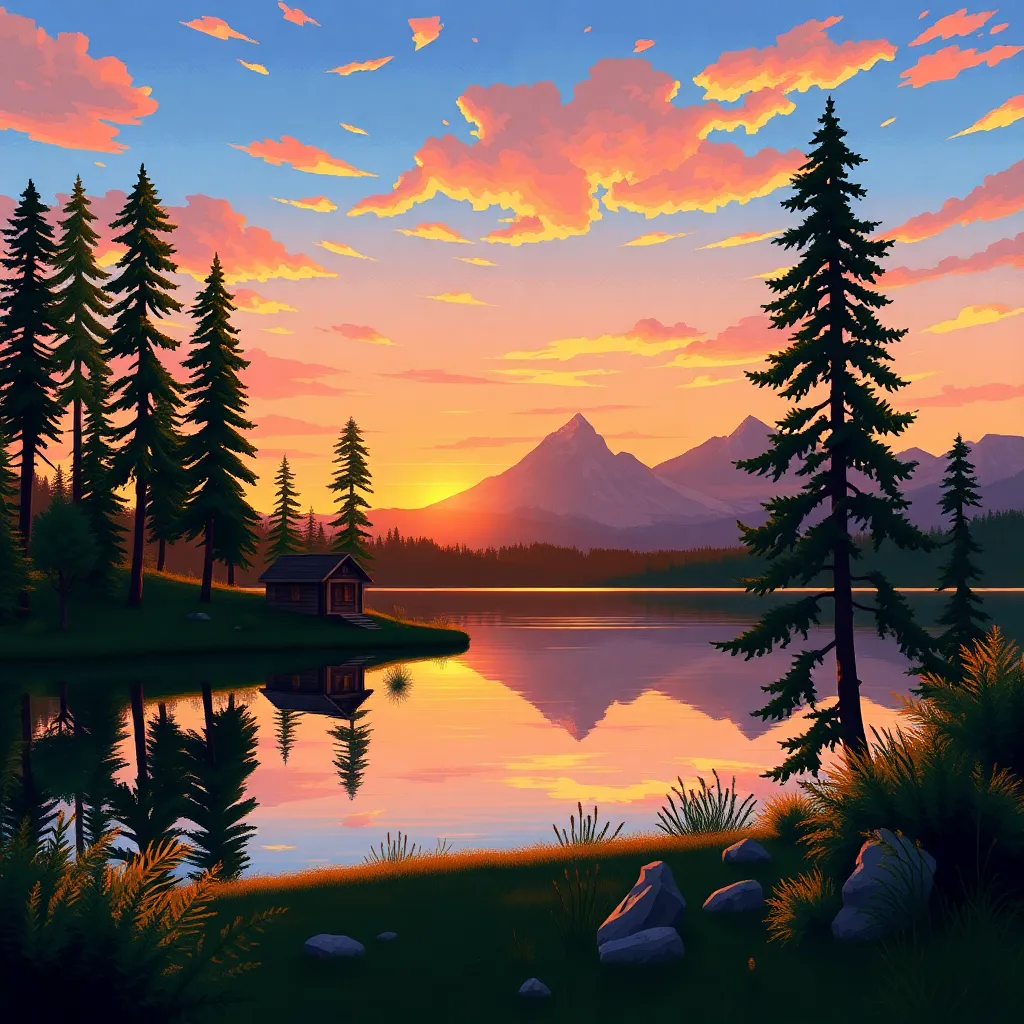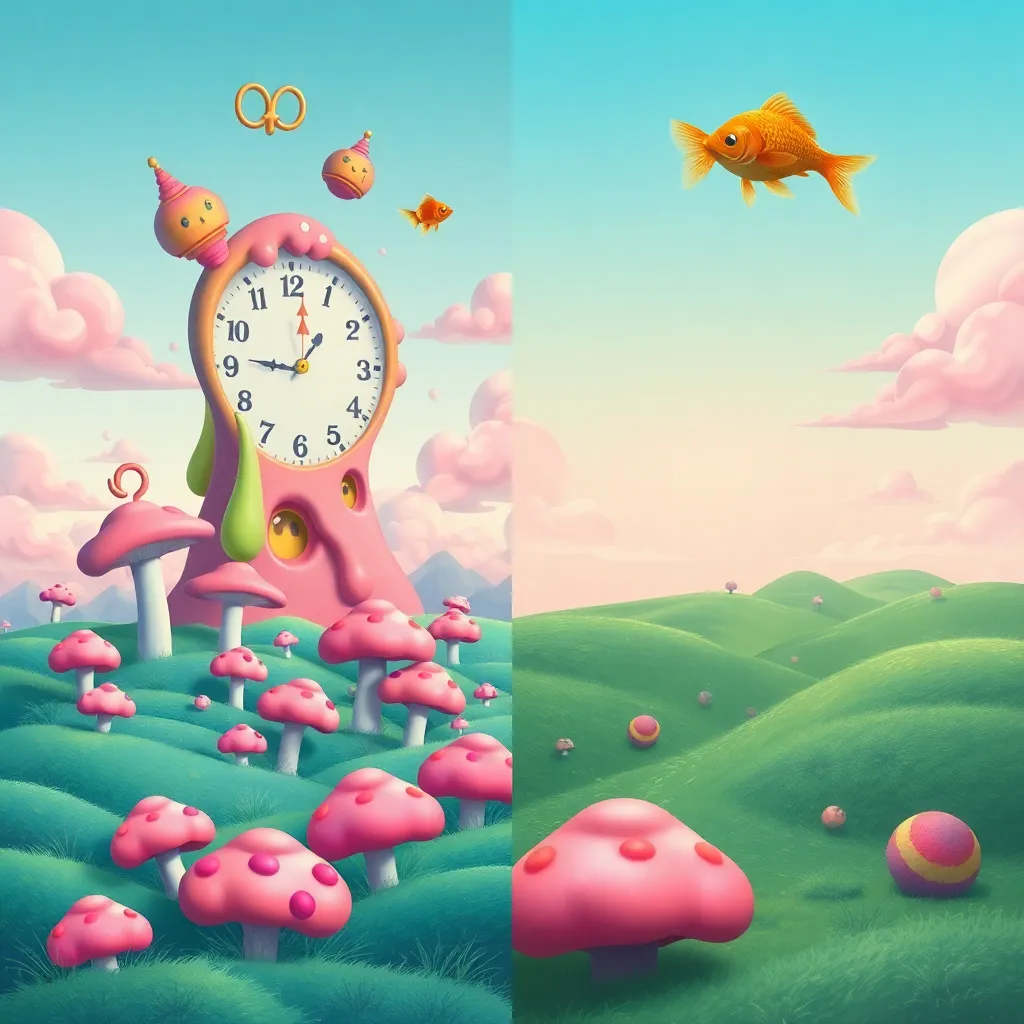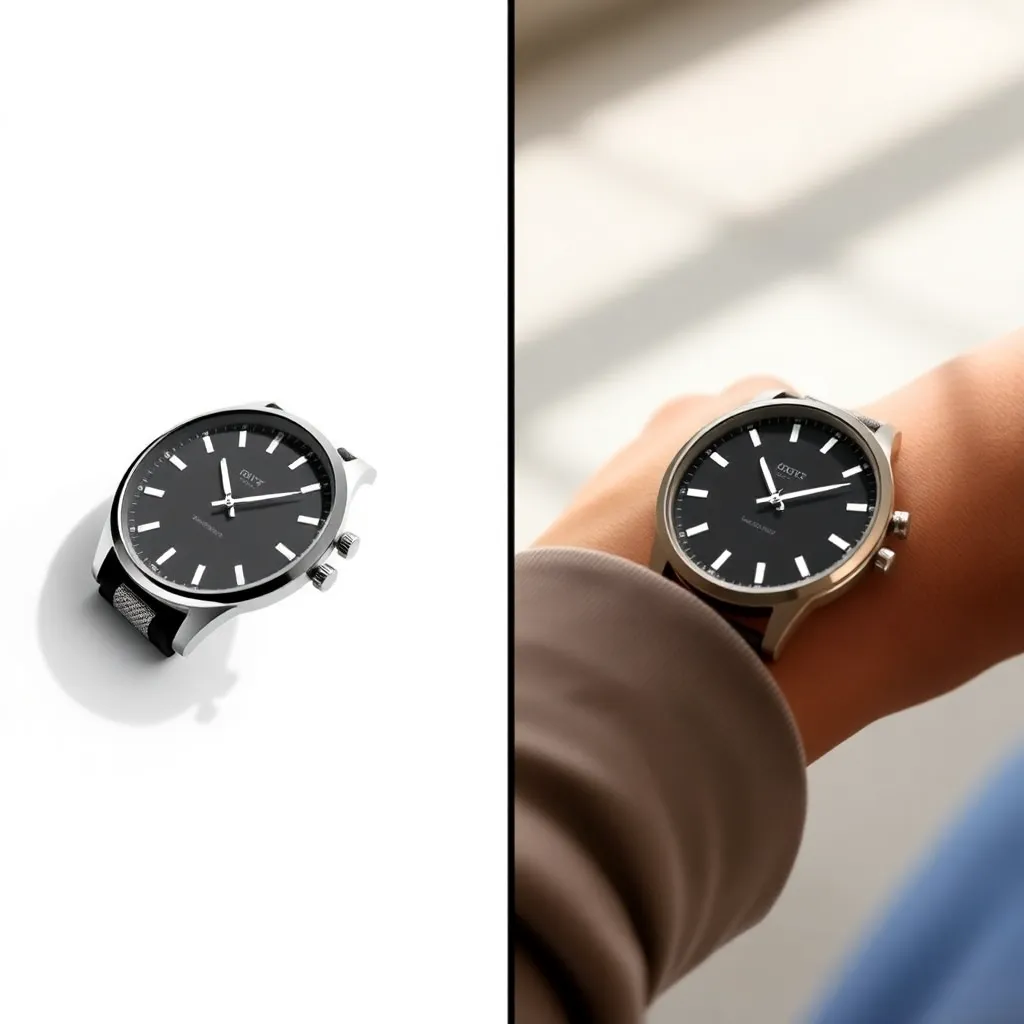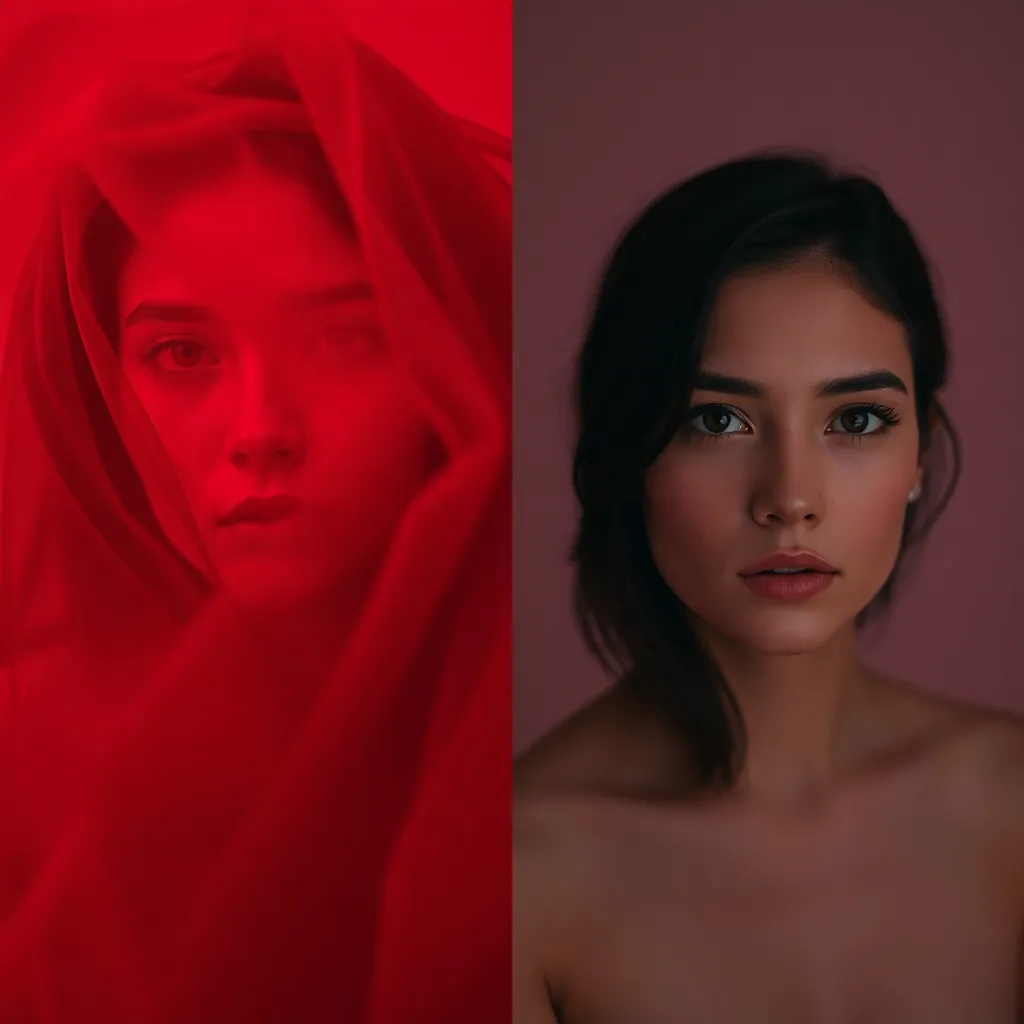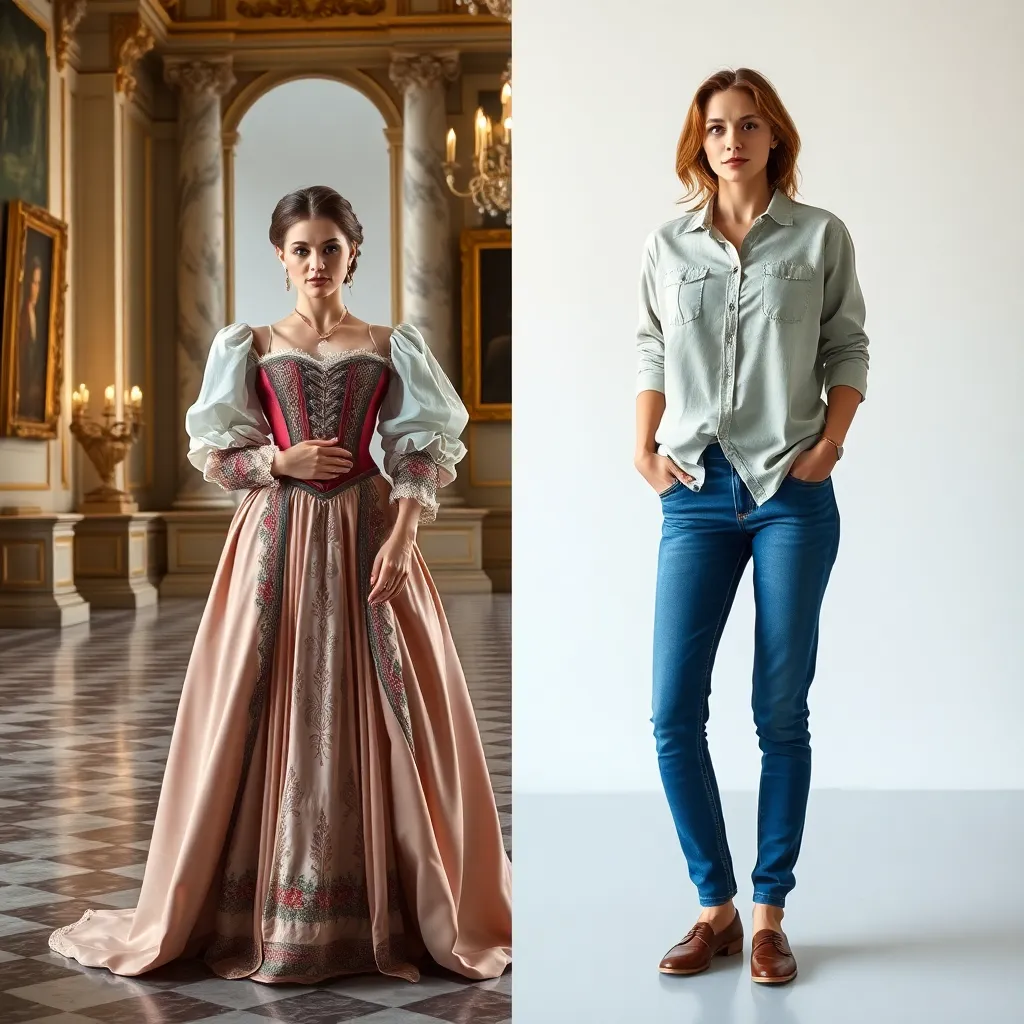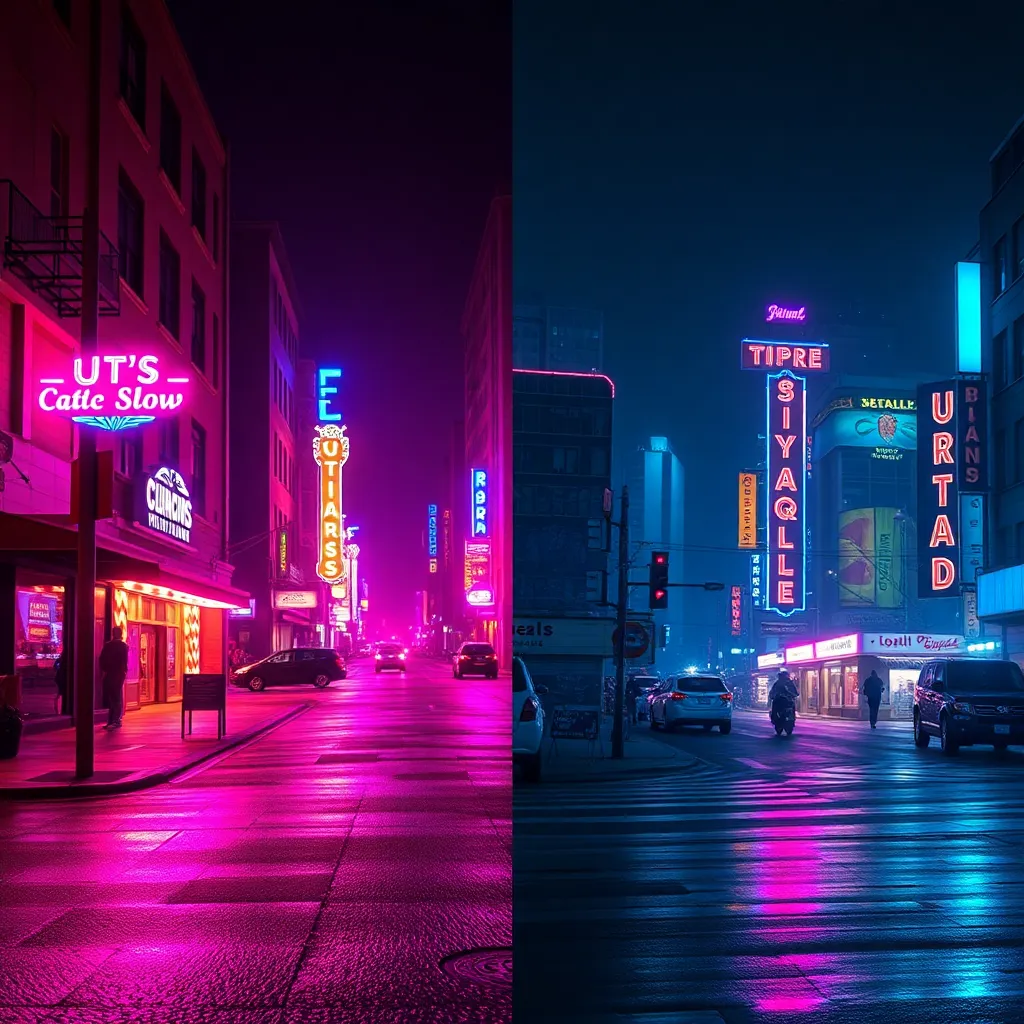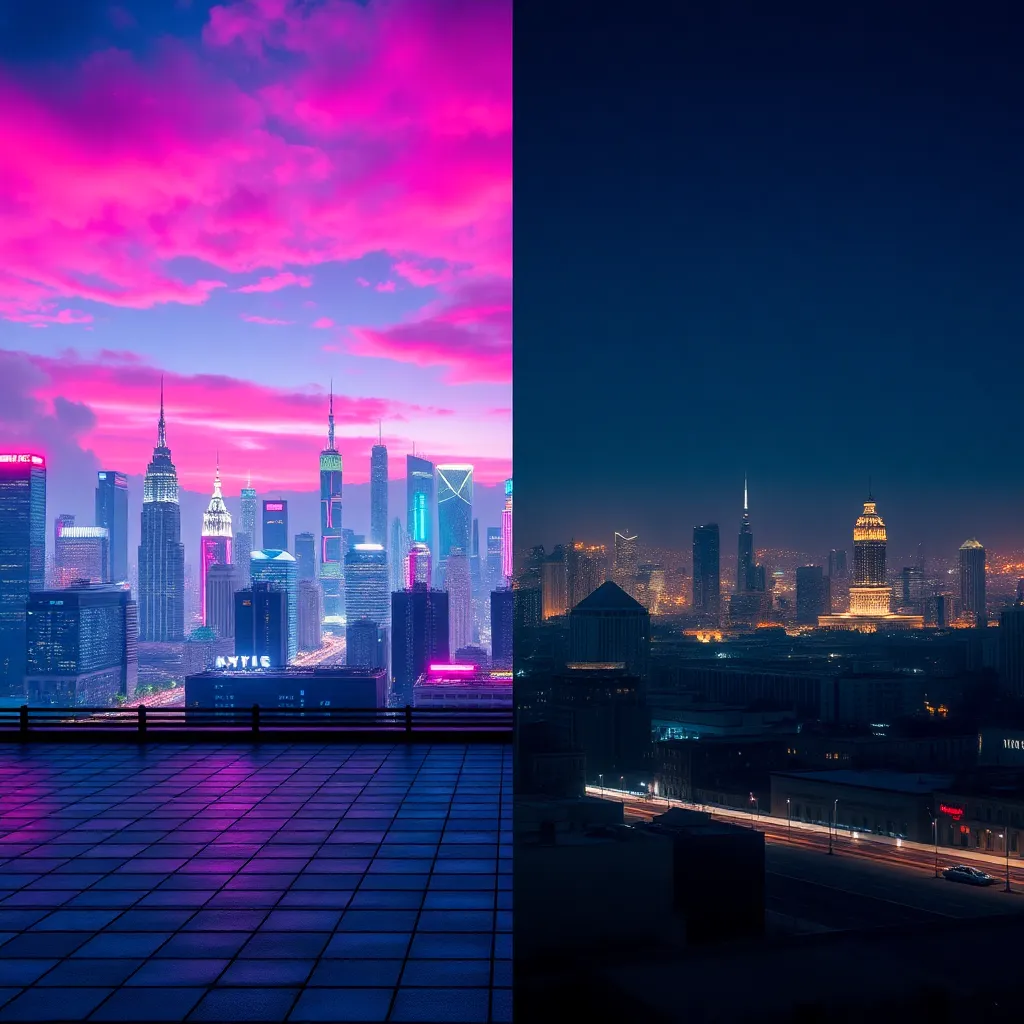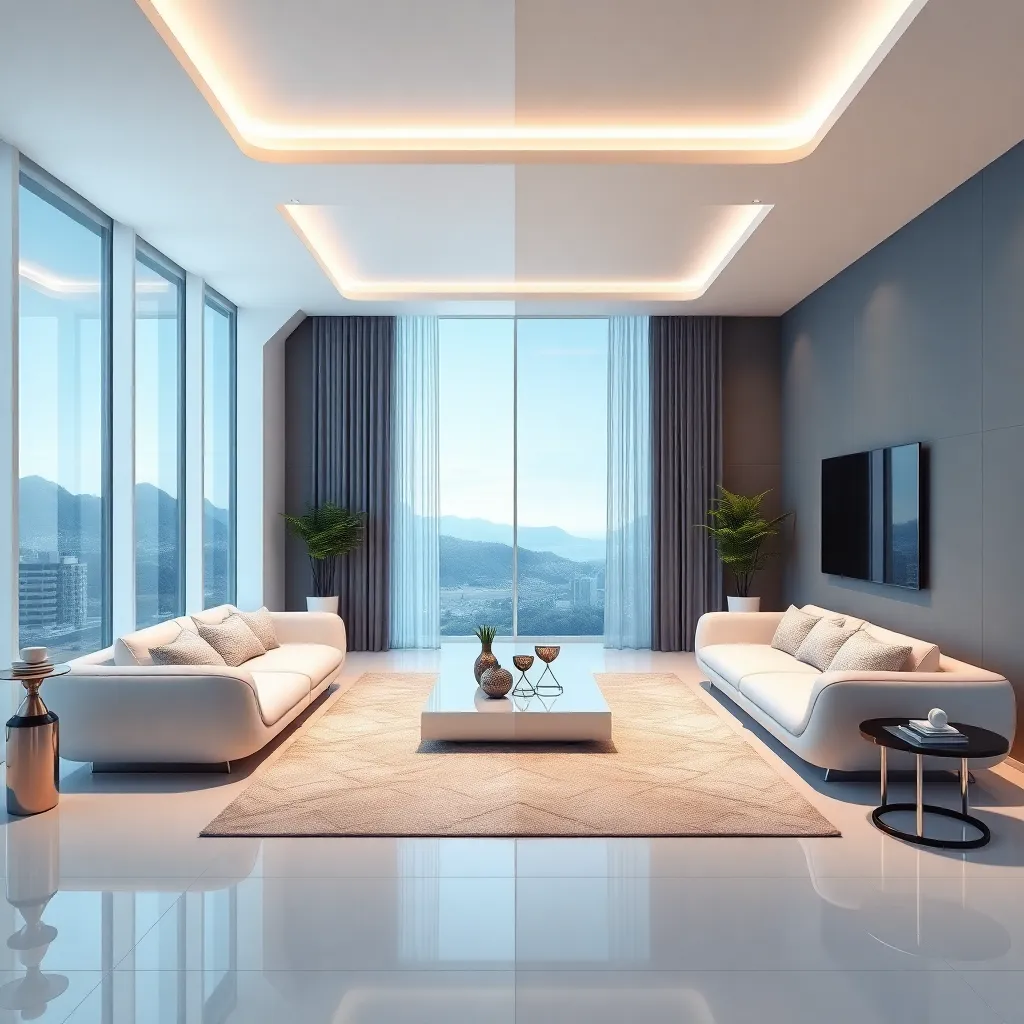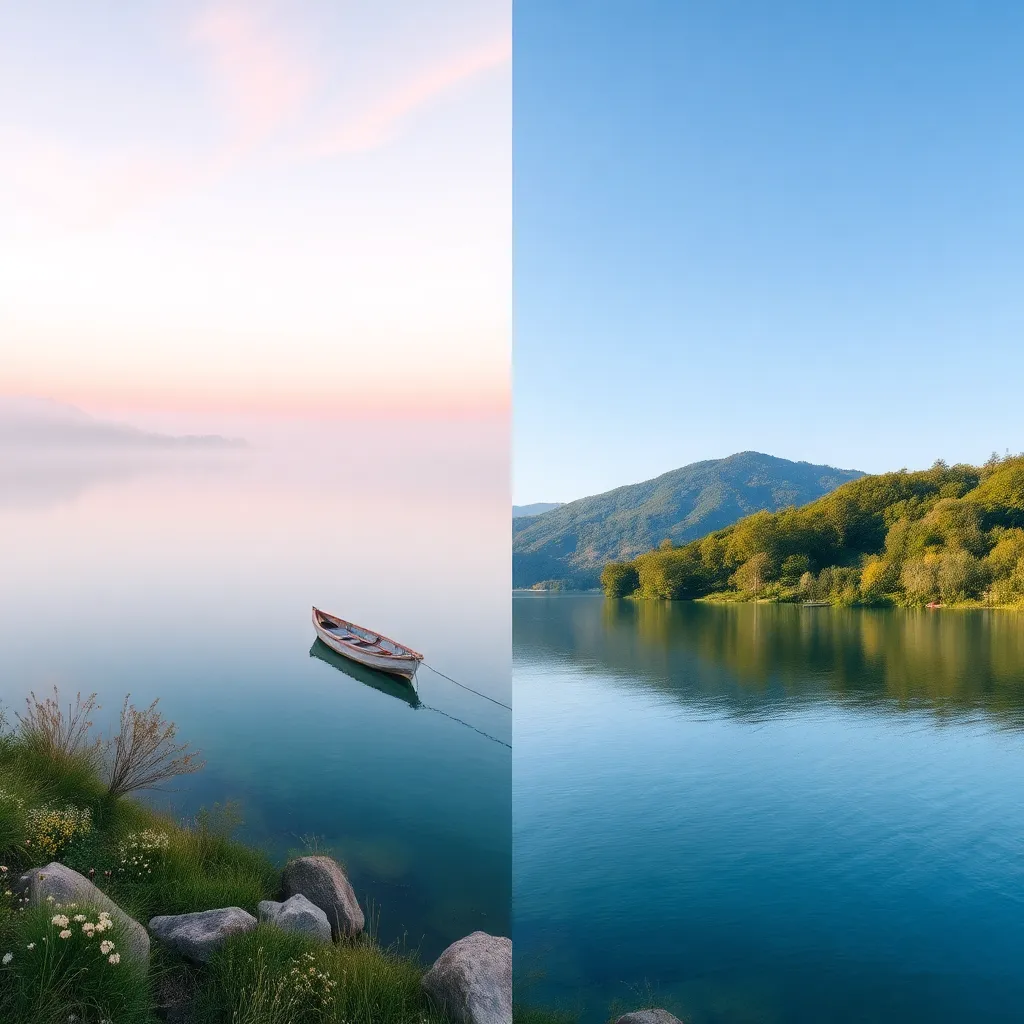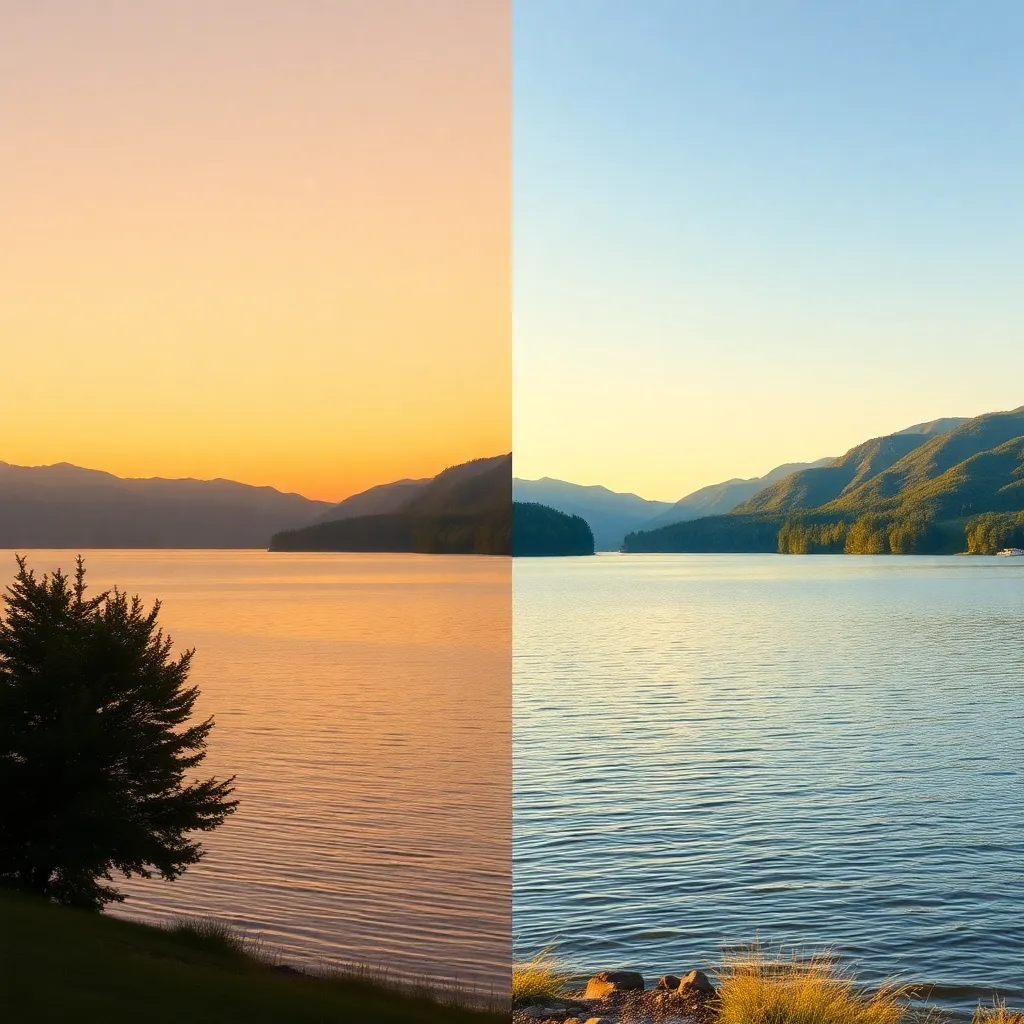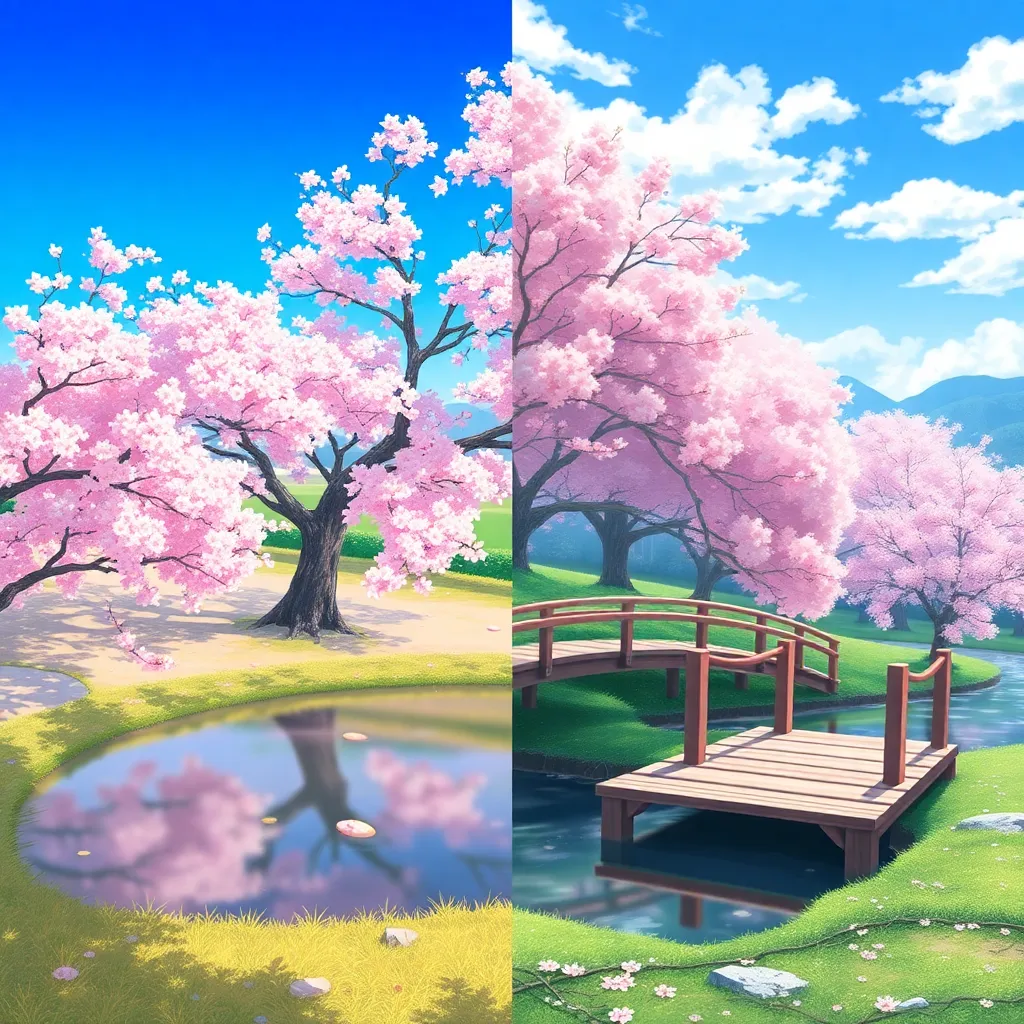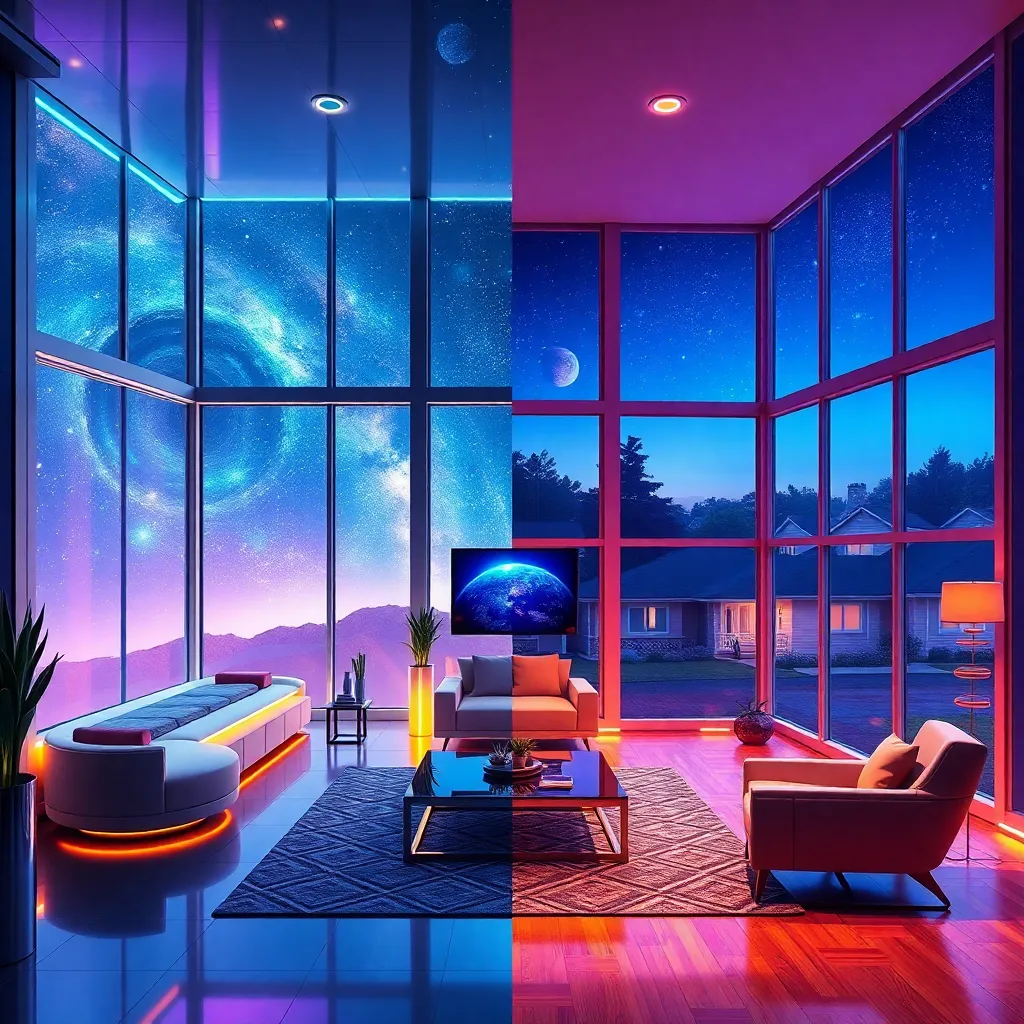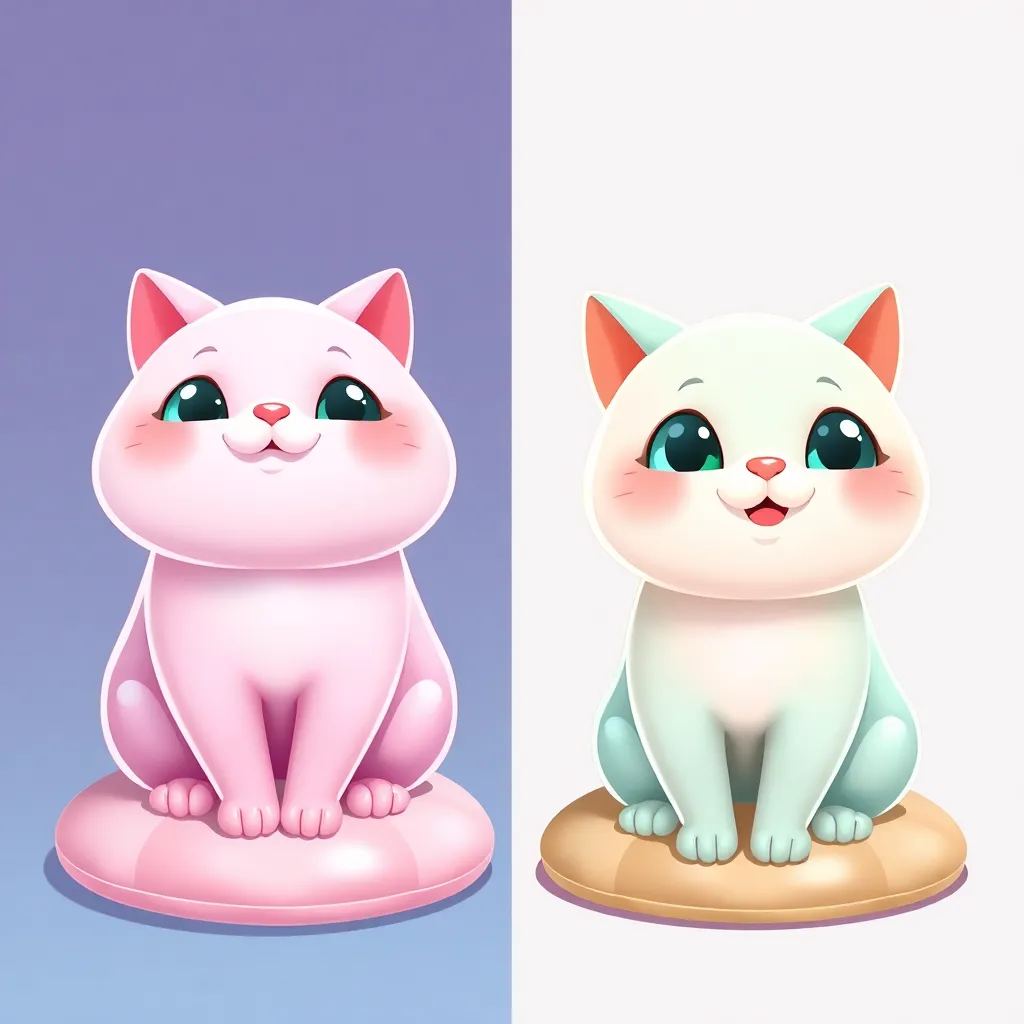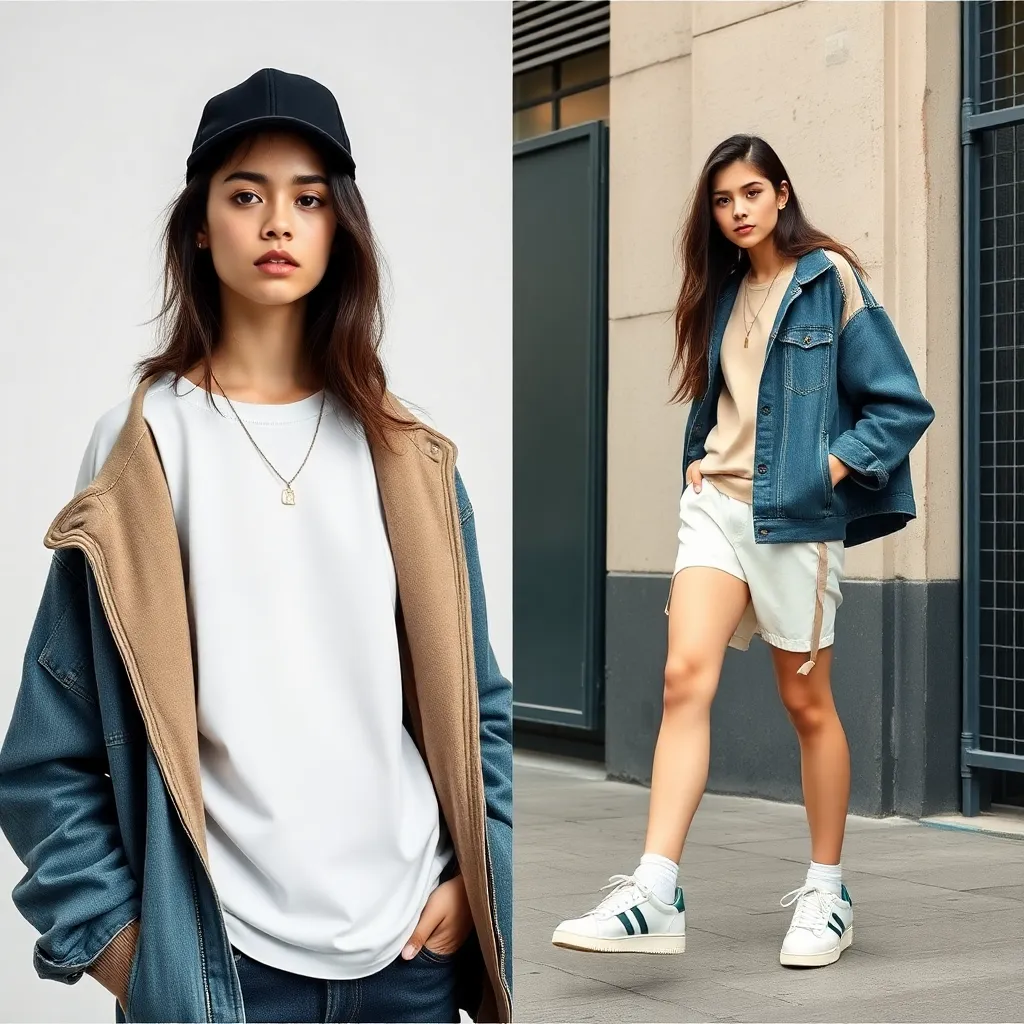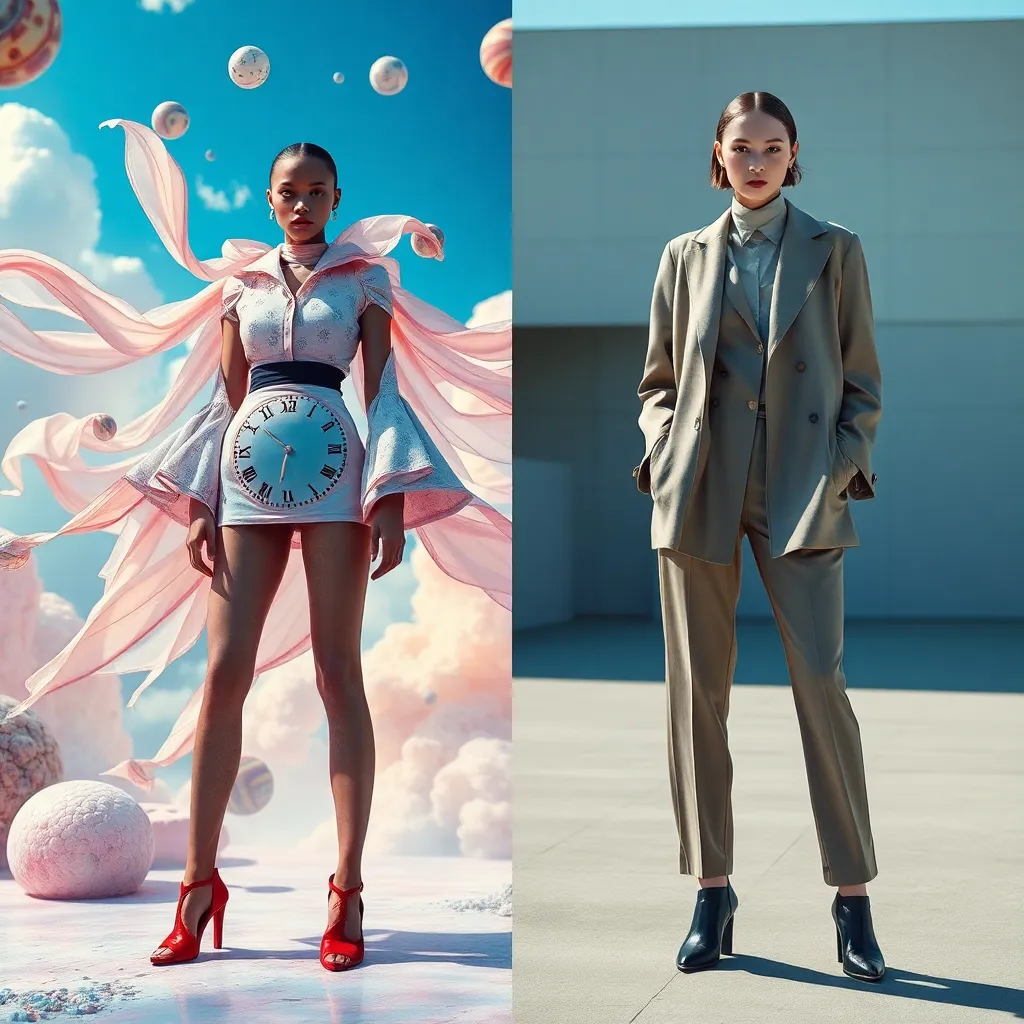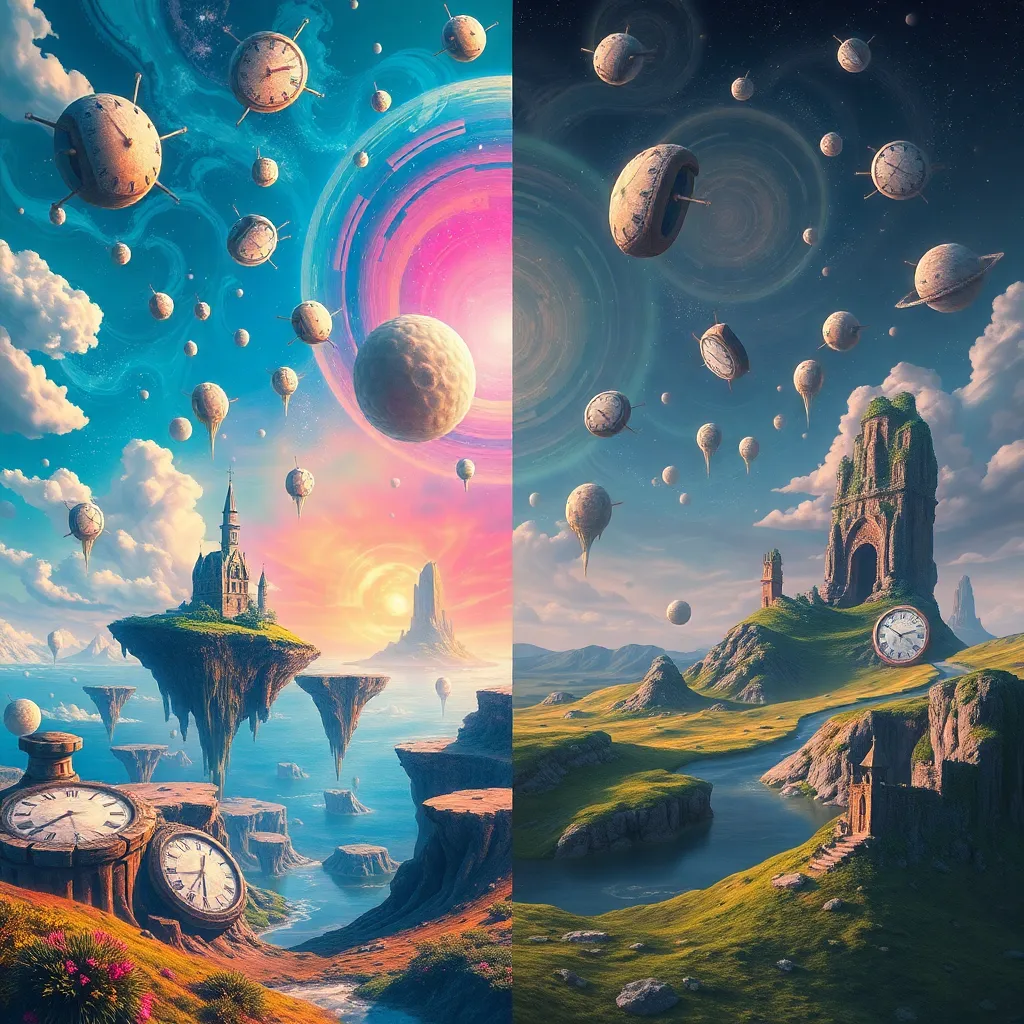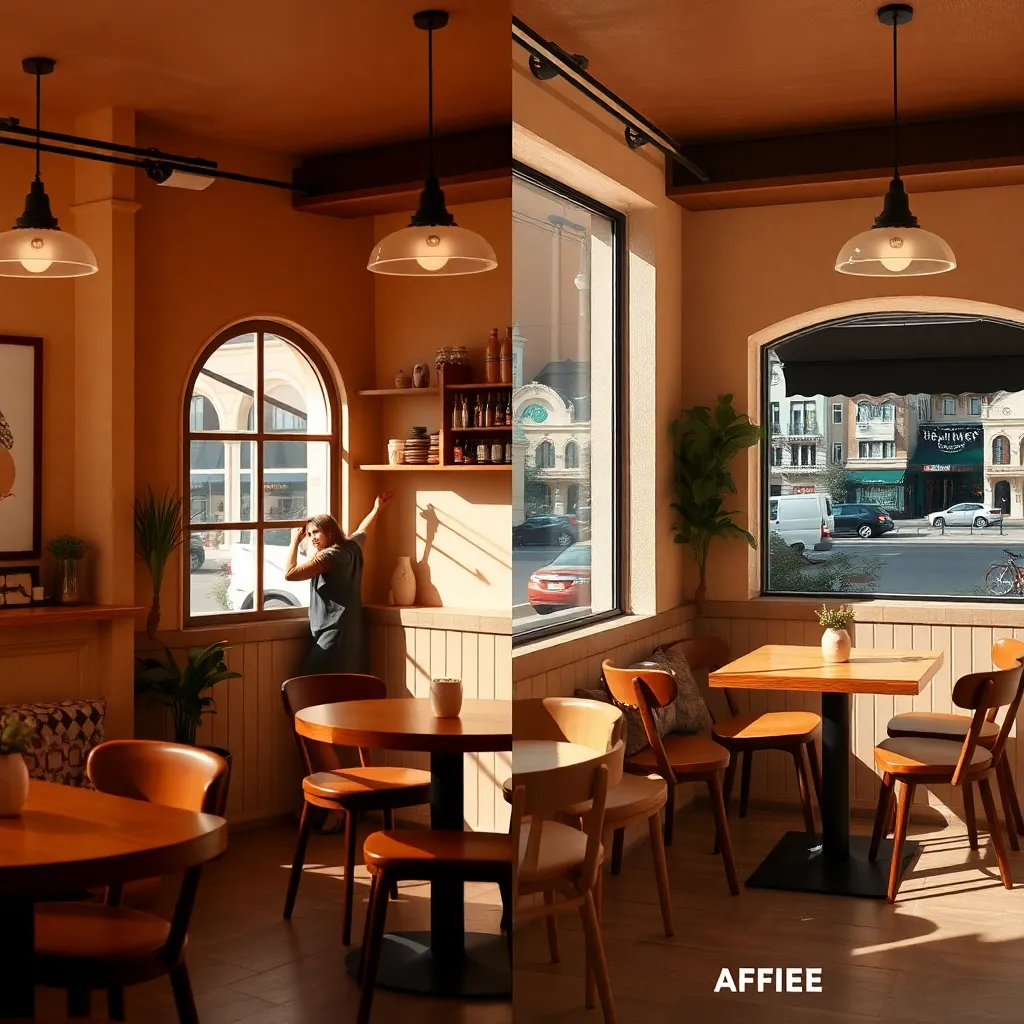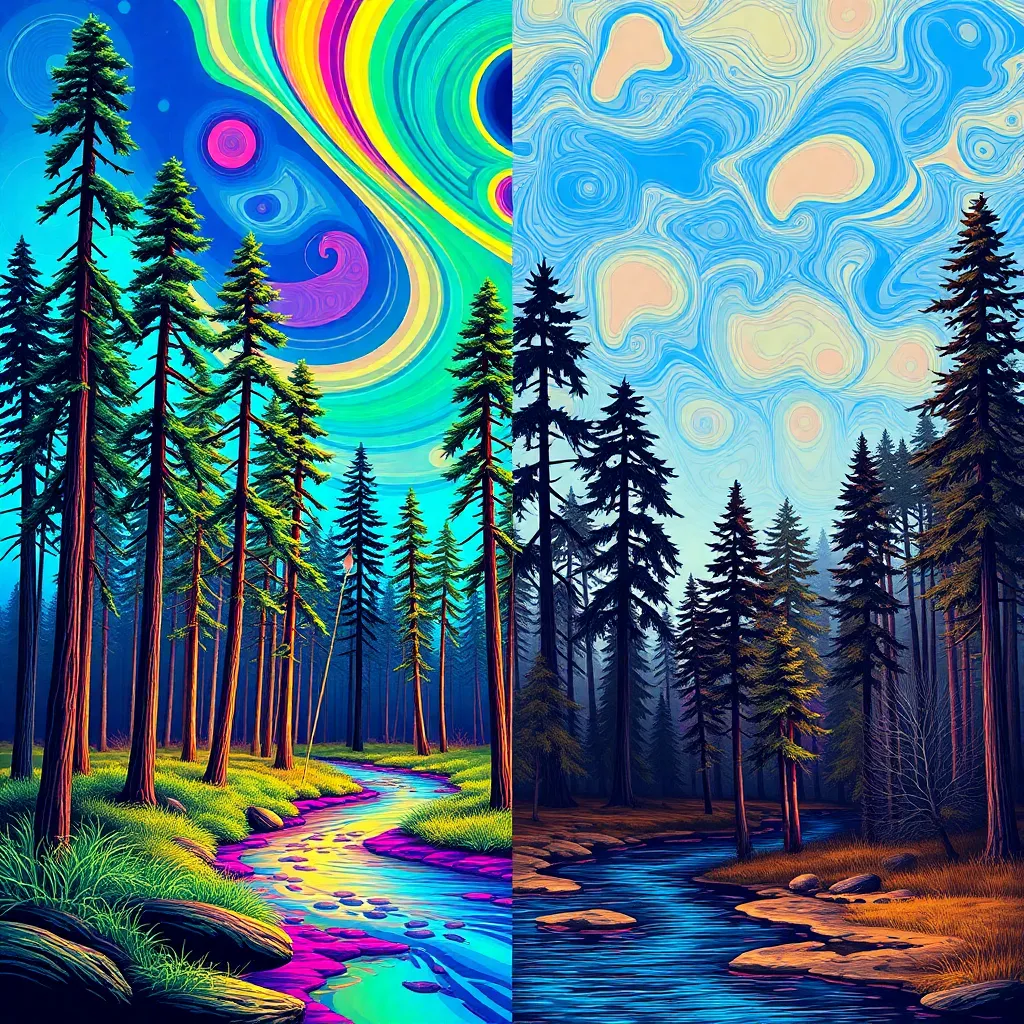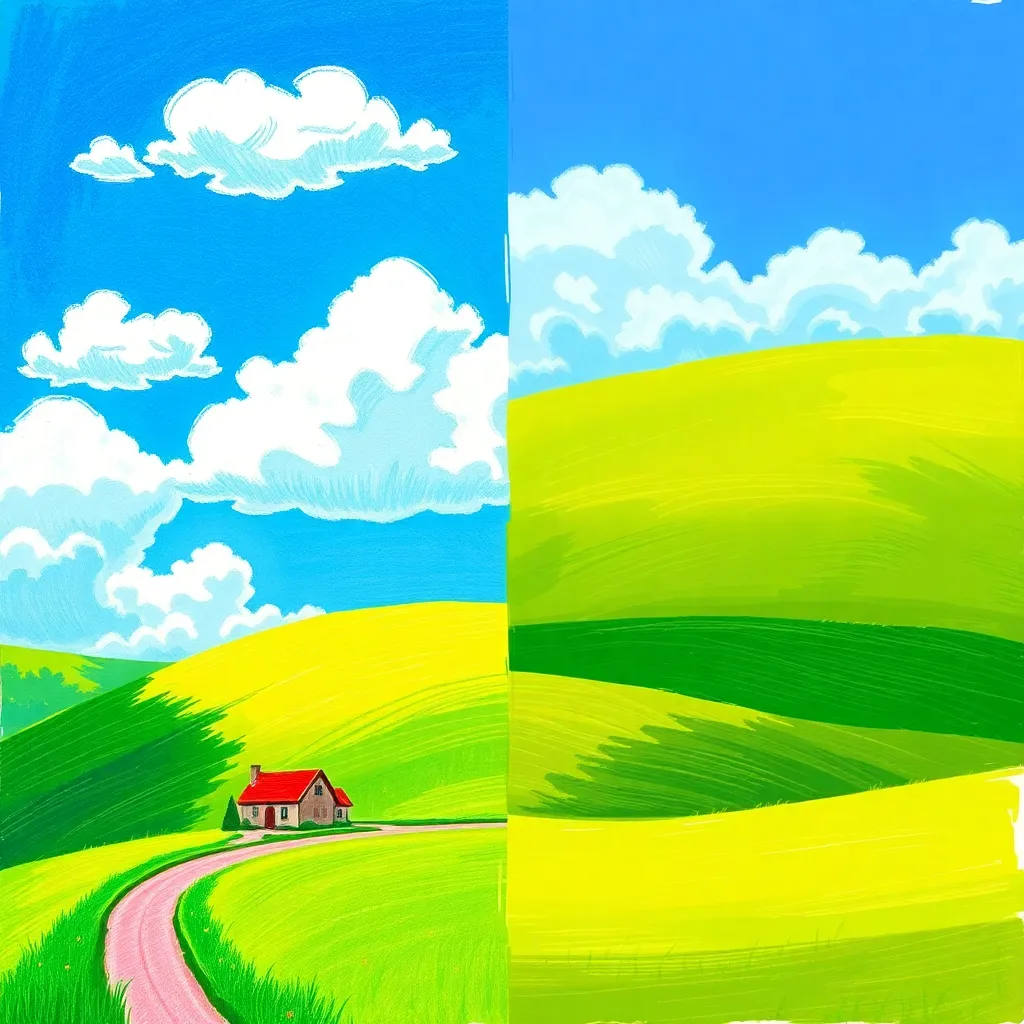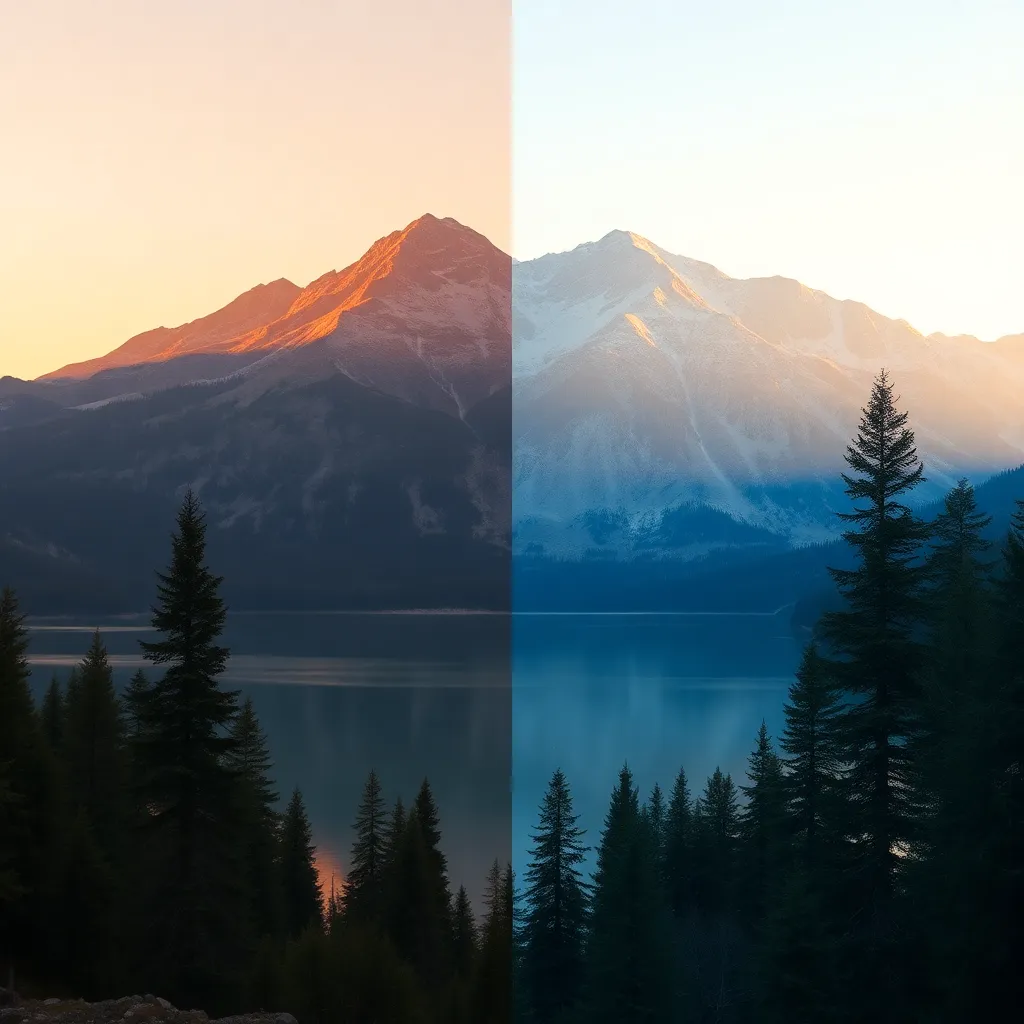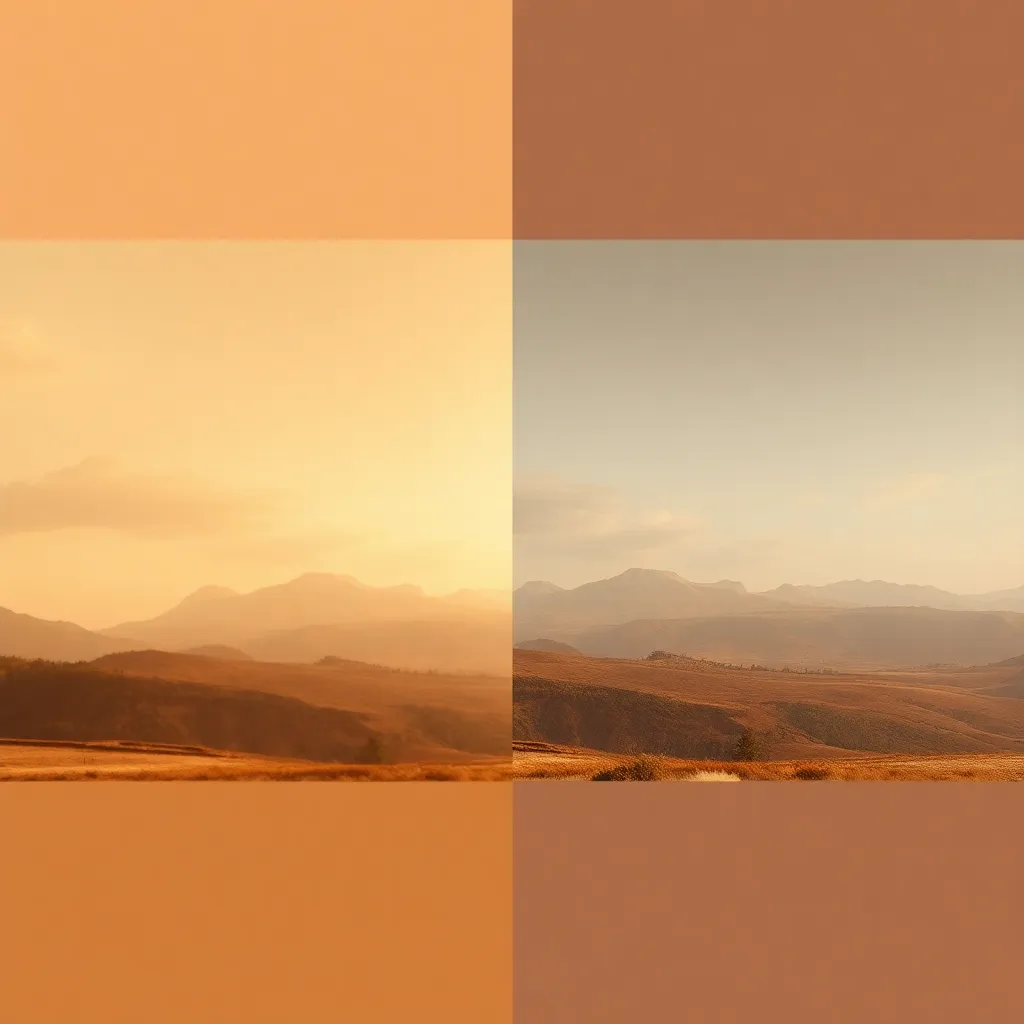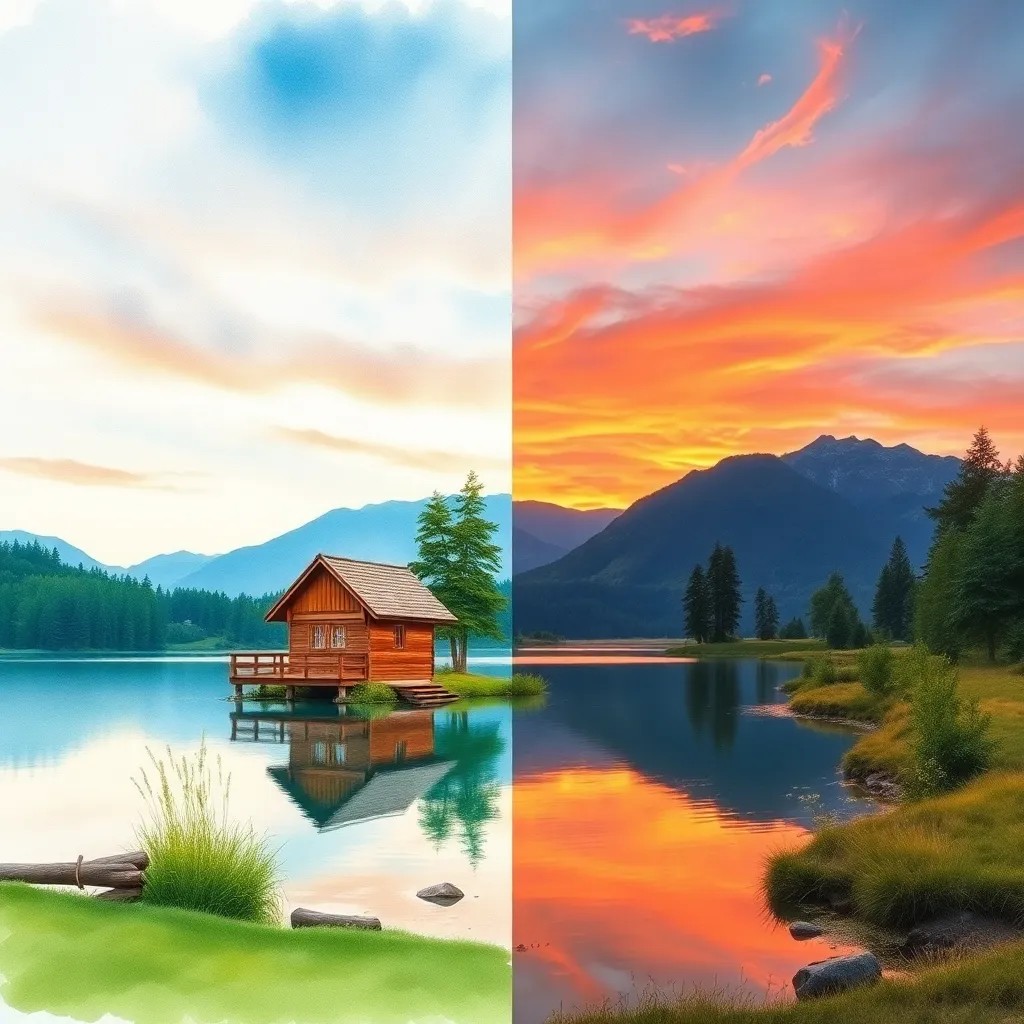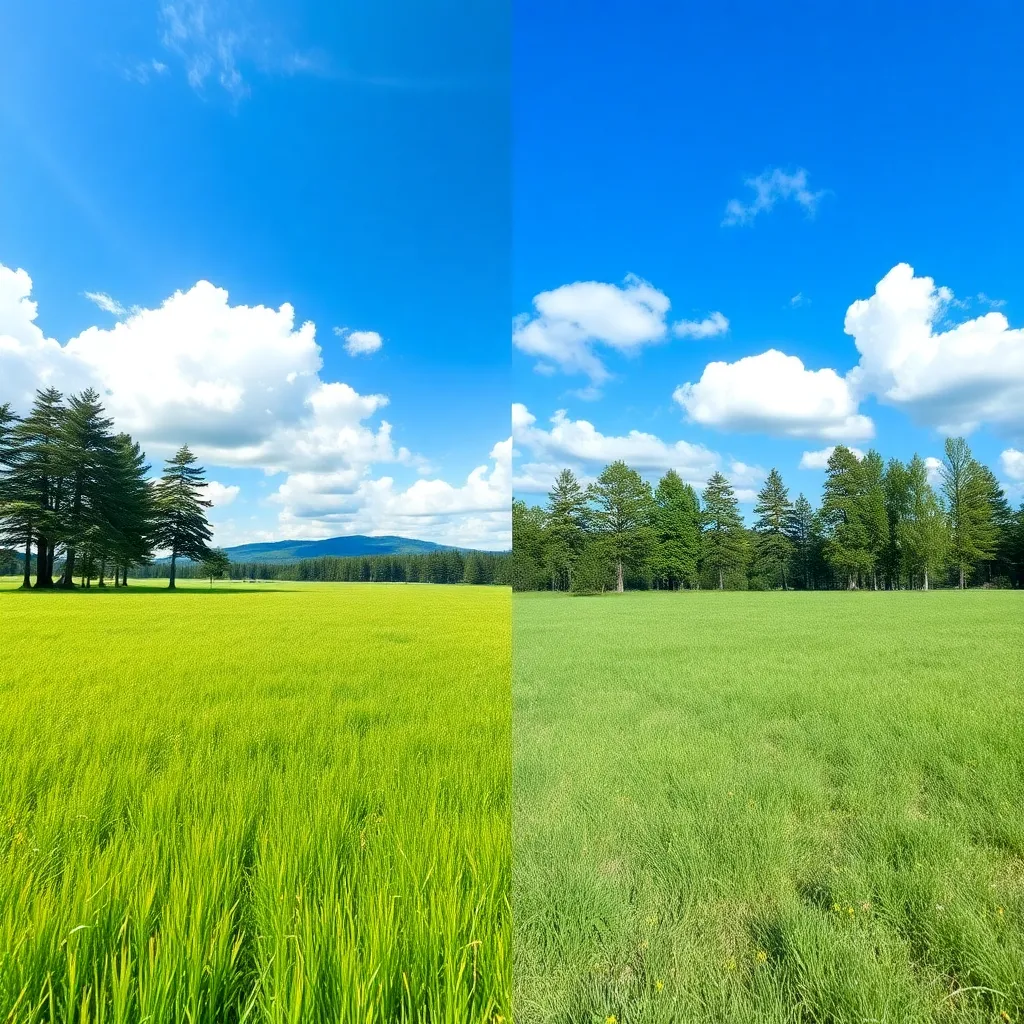What is Cinematic 3D Style? Description and History
Cinematic 3D Style is a sophisticated visual effect that borrows from the world of blockbuster movies and the latest in CGI technology. At its core, this style leverages three-dimensional rendering, dynamic lighting, and deep shadow play to create images that are both visually immersive and emotionally compelling. The approach often mimics the aesthetics seen in film posters and CGI-heavy productions, with bold contrasts, hyper-realistic textures, and a sense of depth that draws viewers into the scene.
The origins of Cinematic 3D style can be traced back to advancements in computer graphics and digital rendering, particularly in the film and video game industries. As CGI became a mainstay in Hollywood and triple-A gaming, artists and photographers started to emulate these techniques in still imagery to evoke the same sense of spectacle and immersion. Today, with AI-driven tools and accessible 3D rendering software, the style has become a favorite among visual creators for projects that call for striking narrative and visual impact.
Who is Using Cinematic 3D Style?
Cinematic 3D style has found a devoted following across various creative industries:
- Photographers and Digital Artists: Looking to make portraits, landscapes, or conceptual work stand out with cinematic flair.
- Graphic Designers: Crafting movie posters, album covers, and marketing visuals that need to captivate audiences at a glance.
- Game Developers and Marketers: Creating key art, cover images, and promotional materials that showcase the depth and drama of their products.
- Filmmakers and Content Creators: Producing promotional stills, concept art, and storyboards with an epic, movie-like quality.
- Advertisers: Elevating brand visuals to evoke emotion, excitement, and a sense of grandeur.
With the rise of AI-powered image generators, even individuals with minimal technical expertise can now harness this style for personal or professional projects.
How Does Cinematic 3D Style Enhance Photos?
The Cinematic 3D style transforms photos in several key ways:
1. Depth and Dimensionality
By applying 3D rendering and advanced lighting simulations, images gain a lifelike sense of space. This draws the viewer in, making the subject feel tangible and present.
2. Dramatic Lighting and Shadow
Inspired by movie lighting techniques, the style uses bold highlights, deep shadows, and color grading to evoke specific moods. The interplay of light and darkness adds tension, drama, and focus to the key elements of the image.
3. Rich Color Grading
Cinematic 3D style often features carefully curated color palettes—rich teals, deep oranges, neon blues—that echo the aesthetics of modern cinema. This helps set the emotional tone and directs the viewer’s attention.
4. Enhanced Textures and Details
High-resolution rendering brings out intricate textures in skin, clothing, architecture, or landscapes, giving photos a crisp, hyper-realistic finish.
5. Storytelling Through Composition
By combining depth, lighting, and color, Cinematic 3D style helps tell a story within a single frame, making even a static image feel dynamic and full of narrative potential.
Use Cases for Cinematic 3D Style
Cinematic 3D style is incredibly versatile and finds application in a wide range of visual storytelling contexts:
Movie Posters
This style is perfect for crafting movie posters that need to grab attention, hint at storylines, and convey emotion—all in a single glance. The dramatic lighting and composition help highlight the protagonist and set the film’s tone.
Video Game Art and Covers
Game studios use Cinematic 3D style for box art, splash screens, and promotional materials. The effect communicates the game’s atmosphere and visual fidelity, making it more enticing to potential players.
Dramatic Portrait Photography
This approach is ideal for character-driven portraiture, whether for actors, models, or concept art. The deep shadows and focused lighting emphasize facial features and emotional intensity.
Futuristic Cityscapes
For sci-fi or cyberpunk themes, Cinematic 3D style turns cityscapes into vibrant, immersive worlds. Neon lights, reflective surfaces, and dynamic skies create a sense of awe and possibility.
Fantasy or Sci-Fi Character Portraits
Artists can bring imaginative characters to life with 3D rendering, vibrant colors, and atmospheric effects, making them look as if they’ve stepped off the silver screen.
Action Scenes
Whether it’s a high-speed chase or a battle sequence, Cinematic 3D style captures motion, energy, and suspense, making the viewer feel like they’re witnessing a scene from an epic movie.
Pro Tips for Using Cinematic 3D Style
1. Start with Strong Composition
Begin with a well-composed image that has clear focal points and a dynamic arrangement of elements. Cinematic 3D effects will amplify strong compositions and can overwhelm weaker ones.
2. Master Lighting
Pay close attention to lighting direction, intensity, and color. Experiment with rim lighting, backlighting, or spotlights to create depth and drama.
3. Use Depth of Field
A shallow depth of field can help isolate your subject and enhance the sense of three-dimensionality, increasing focus and visual impact.
4. Experiment with Color Grading
Explore different cinematic palettes—teal and orange for action, cool blues for sci-fi, or warm golds for drama—to match the mood and narrative of your image.
5. Add Subtle Motion Effects
In action scenes, subtle motion blur and perspective shifts can heighten realism and excitement.
6. Refine Details
Zoom in and enhance key textures, reflections, and atmospheric effects to achieve a polished, professional look.
Conclusion:
Cinematic 3D Style is a game-changer for photographers, designers, and digital artists seeking to deliver maximum impact with their visuals. By combining the principles of cinematic storytelling with the latest in 3D and AI-driven technology, this style elevates ordinary images into extraordinary works of art. Whether you’re creating movie posters, game art, portraits, or cityscapes, Cinematic 3D style ensures your work stands out and leaves a lasting impression.
